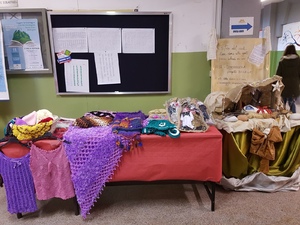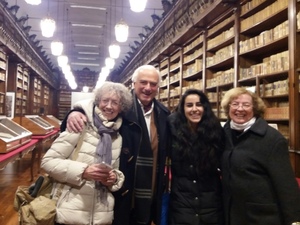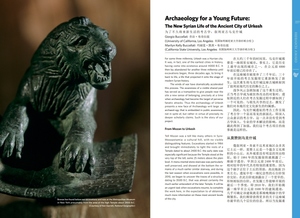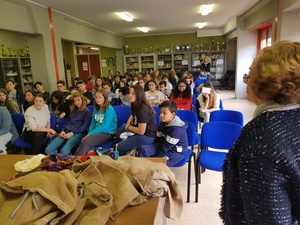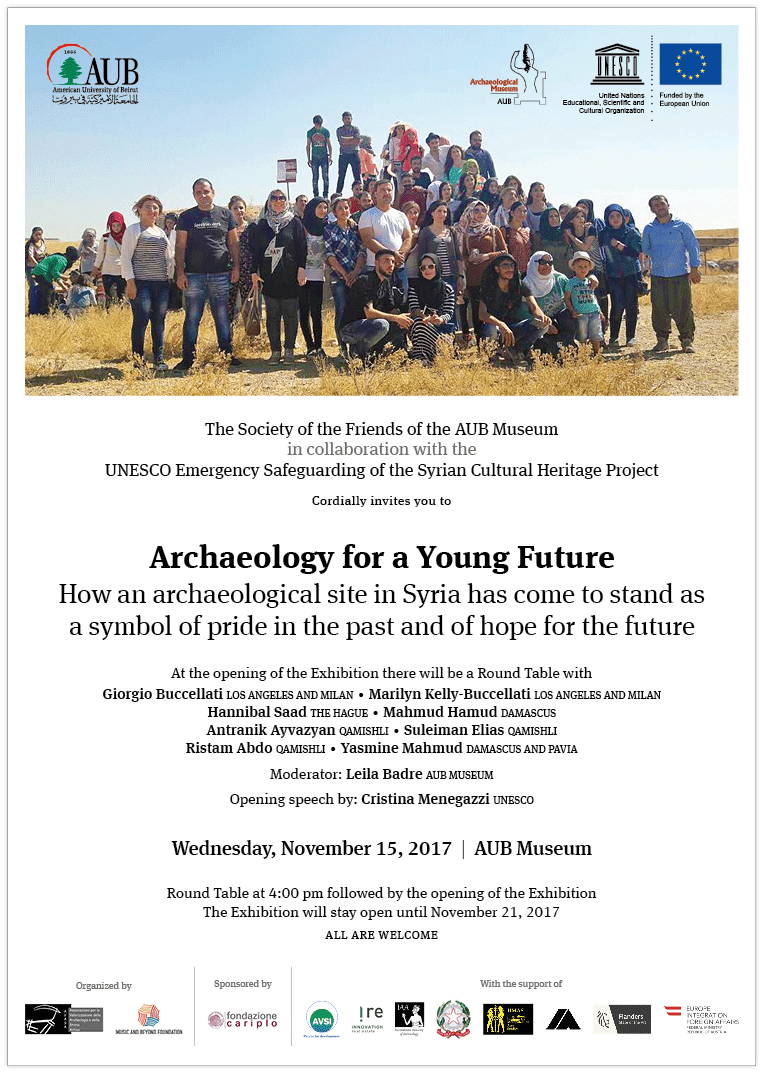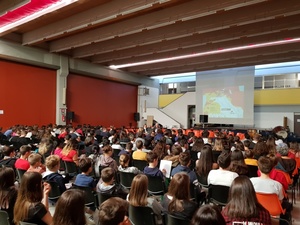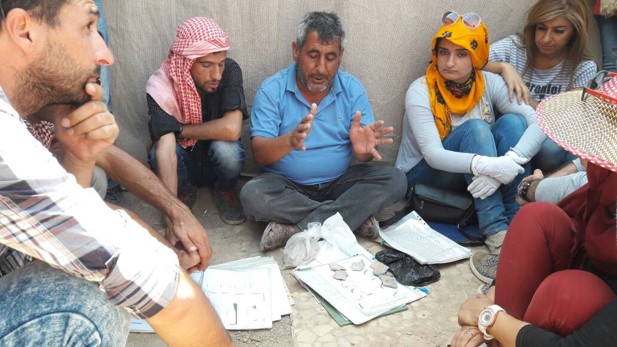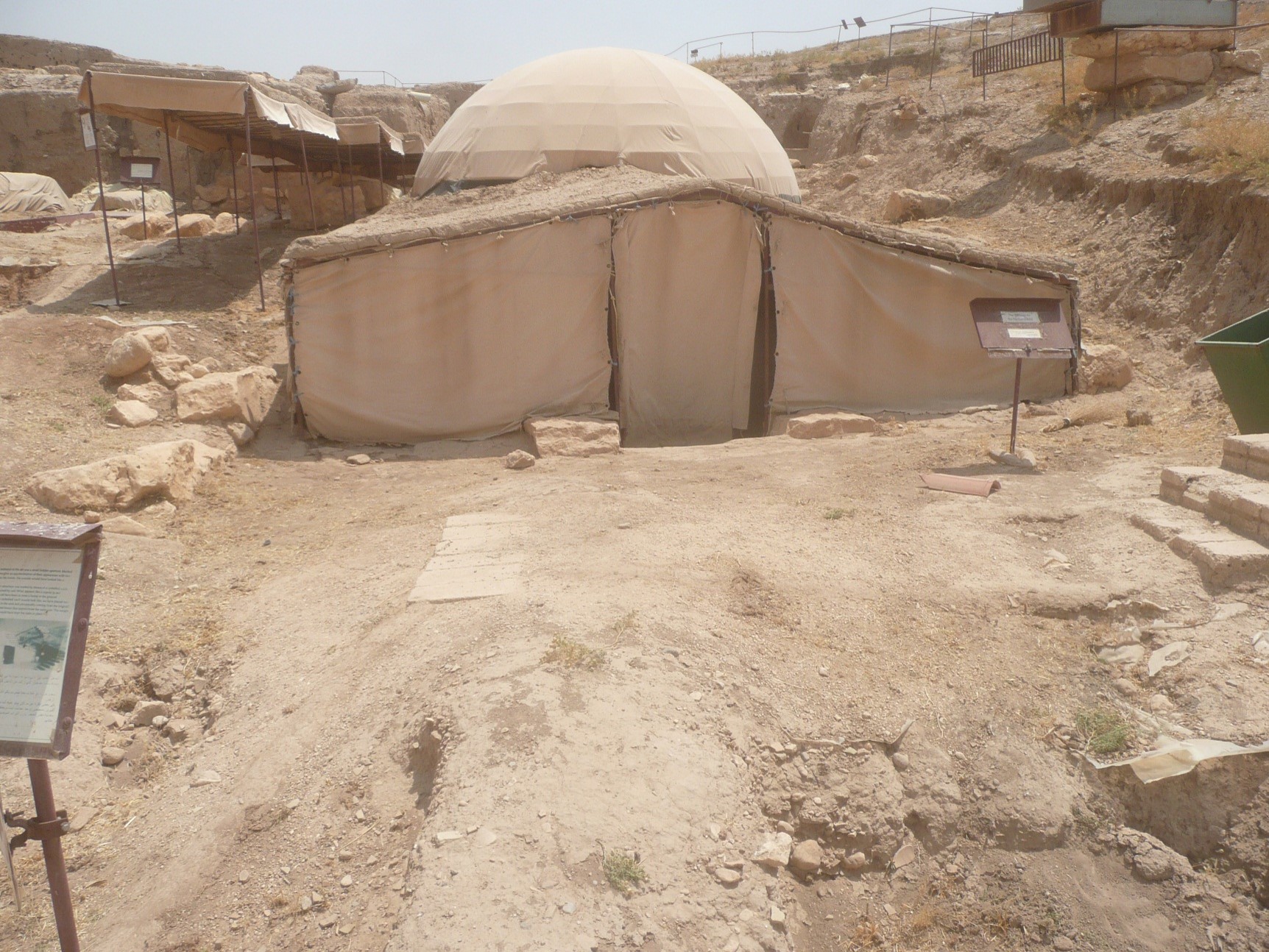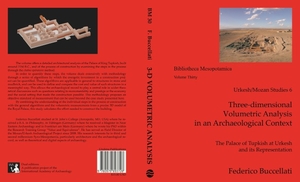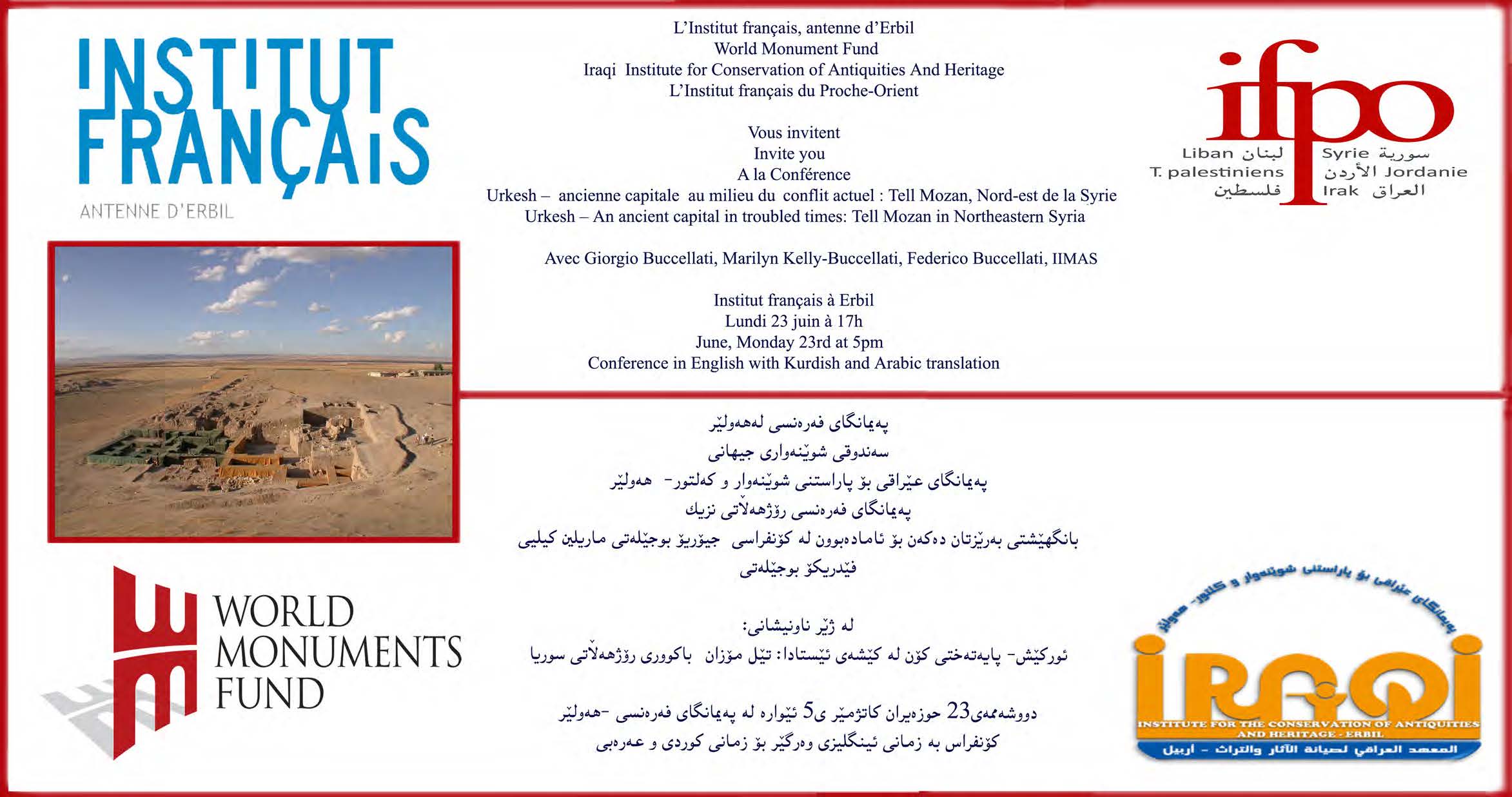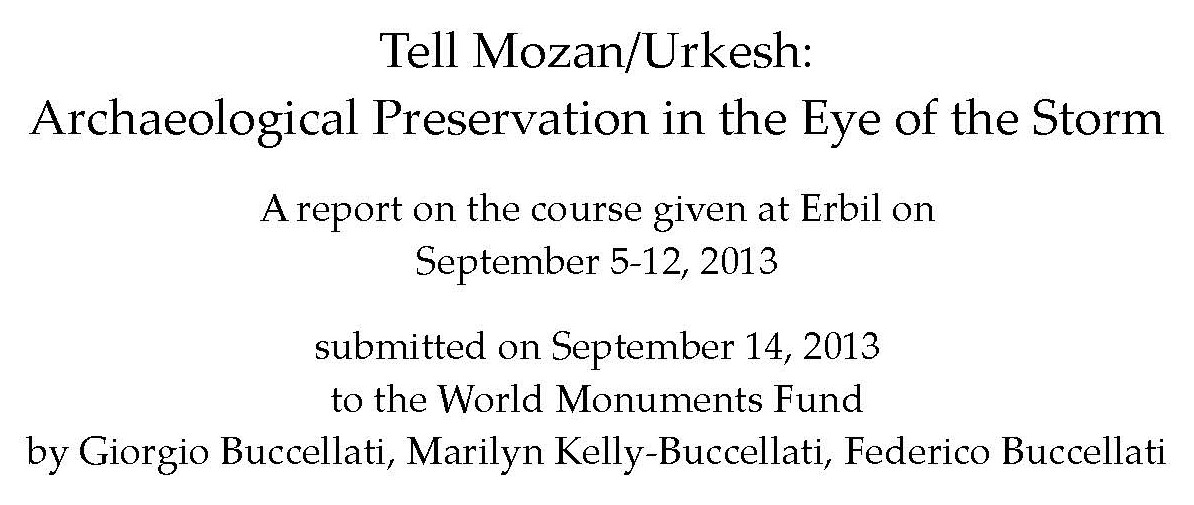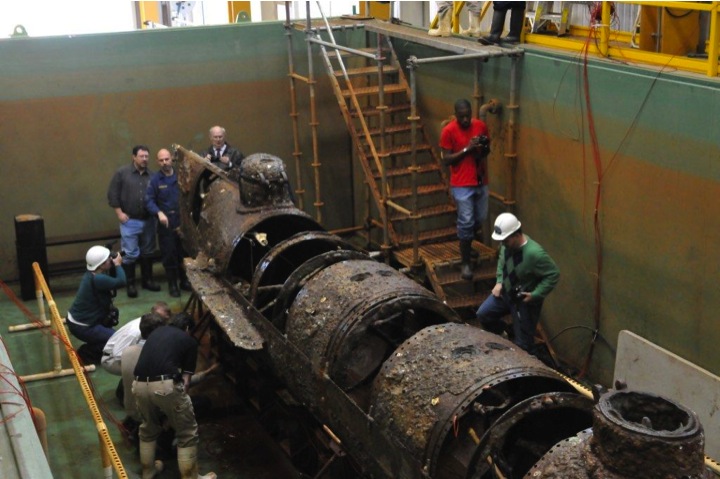|
December 9, 2021
Yara Moualla
Denfence of PhD Dissertation
Mobilising Syrian Cultural Heritage:
making change towards social and cultural inclusion and integration.
A Meta-Frame Analysis of Two Case Studies:
The Case of Mozan, Syria: 2010-2016.
The Case of Über den Tellerrand, Germany: 2016-2018.
On December 9, 2021, Dr. Yara Moualla, member of the IIMAS team, defended her PhD Dissertation entitled "Mobilising Syrian Cultural Heritage: making change towards social and cultural inclusion and integration. A Meta-Frame Analysis of Two Case Studies: The Case of Mozan, Syria: 2010-2016. The Case of Über den Tellerrand, Germany: 2016-2018".
An abstract of her PhD Dissertation can be found here.
A biographical profile of Dr. Yara Moualla is available at this link.
|
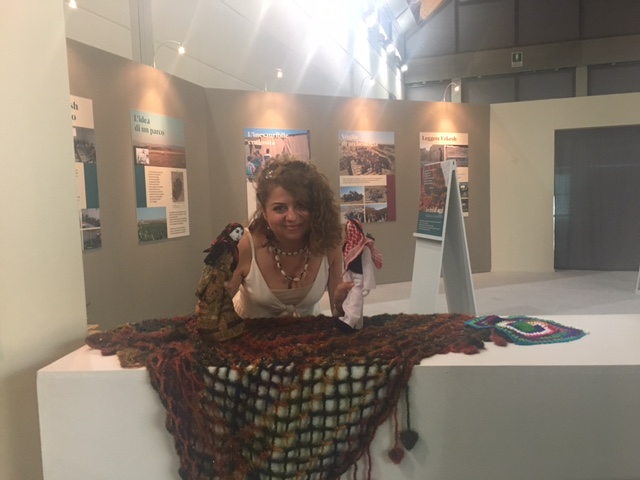
|
|
|
December 2-3, 2021
"ILUCIDARE Playground:
Heritage Voices Out!".
International conference
Comet Meetings Louise, Place Stéphanie 20, 1050 Brussels
and online
On December 2-3, 2021, an international conference entitled ILUCIDARE Playground: Heritage Voices Out! will take place at Brussels; Dr. Hiba Qassar will present in this venue a contribution on the topic of "Archaeology for a young future - ILUCIDARE Special Prize International relations winner 2020", on December 3, 2021, at 11.30 AM (CEST); her talk will be focused on the recent results of the "One-on-One" project, dealing with the heritage conservation of the ancient site of Urkesh and with the involvement of the local, young community of Tell Mozan in the process of knowledge and conservation of its historical and archaeological heritage.
The flyer of the conference is available here.
The conference will be in presence, but also a participation on remote will be possible by registering at the following link.
|
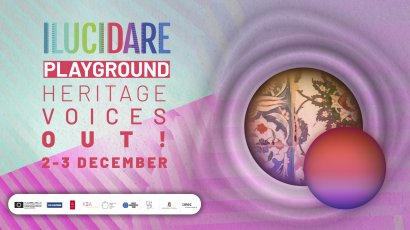
|
|
|
November 23-26, 2021
"EMPOWER 2021":
Reach Out to Asia (ROTA),
Education Above All (EAA) Foundation,
EMPOWER 2021 Youth Conference
Young Global Citizens Co-Create Culture
International conference
Doha, Qatar (and online)
On November 23-26, 2021, an international conference entitled EMPOWER 2021: Young Global Citizens Co-Create Culture was organized in Doha (with online streaming), aiming at building awareness, knowledge, and skills related to global citizenship and mobilise youth as agents of positive change to take action in their communities.
Dr. Hiba Qassar participated in the conference on November 24, 2021, with the panel "Cultural Heritage Through the Lens of Global Citizenship", linked to the "One-on-One" project.
A short report of Dr. Qassar's panel can be downloaded here.
The program of the conference can be found here.
|
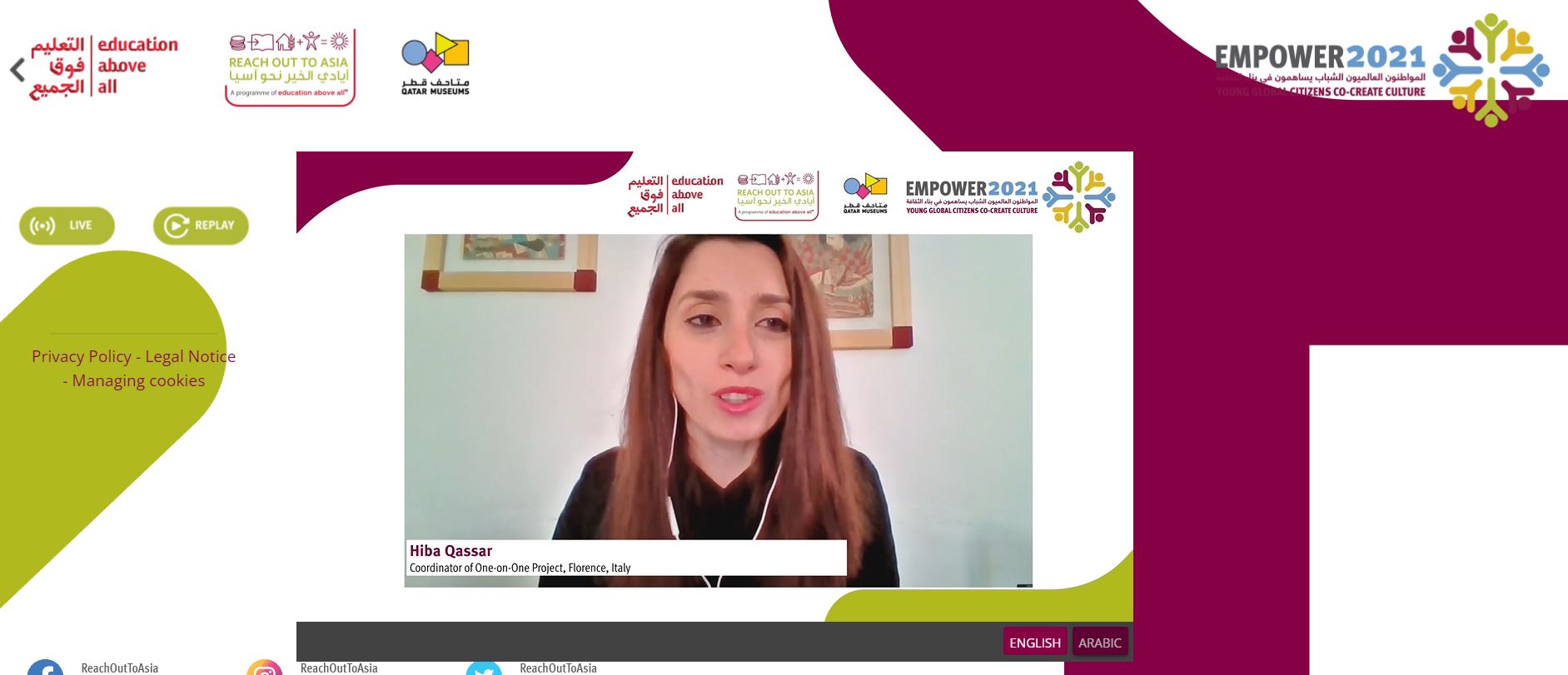
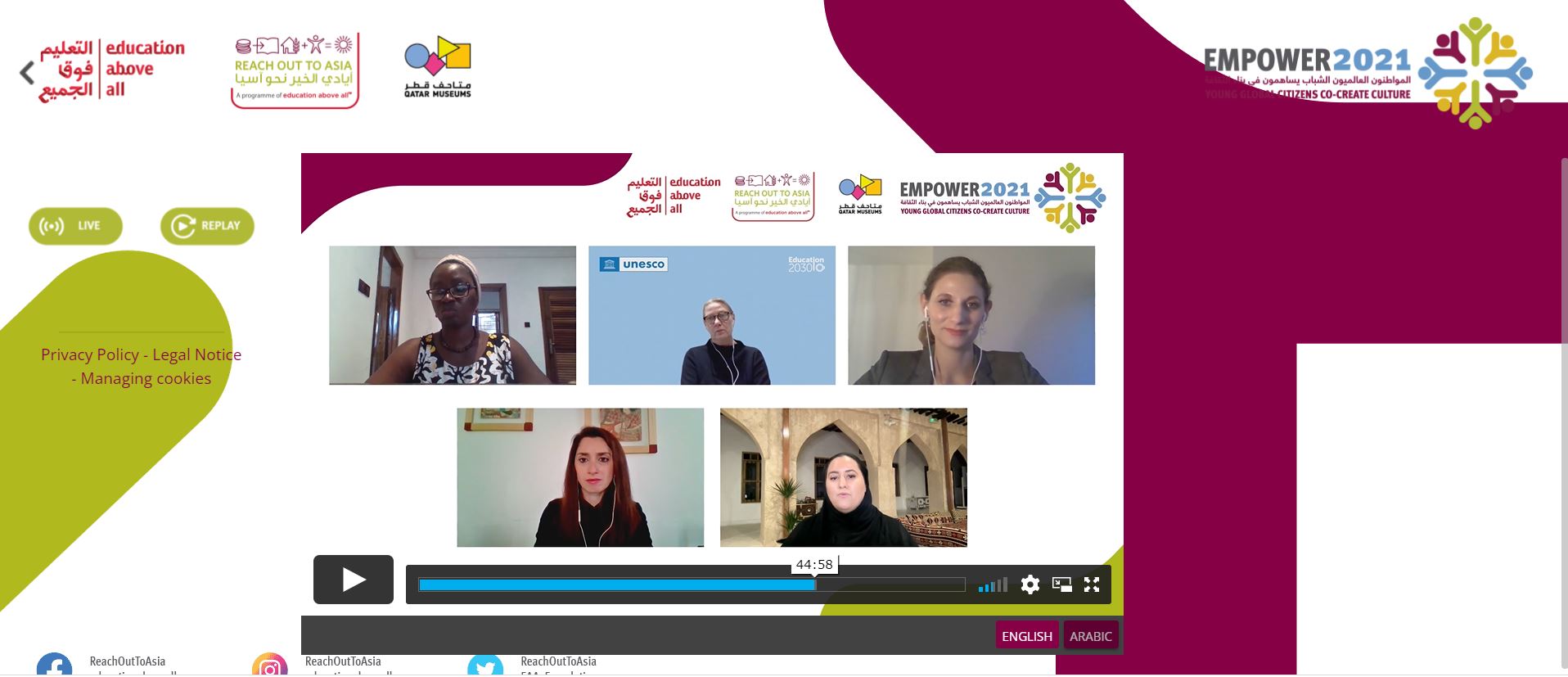
|
|
|
November 16, 2021
"A Multi-Linear Digital Discourse in Theory and Practice:
The Urkesh Global Record and the Four Banks Project".
Conference and round table
Milano, Politecnico
Piazza Leonardo da Vinci, 26
On November 16, 2021 the Politecnico of Milano (Piazza Leonardo da Vinci, 26) will hold a conference in the form of round table entitled "A Multi-Linear Digital Discourse in Theory and Practice: The Urkesh Global Record and the Four Banks Project", focusing on the new possibilities offered by a systematic and digital publication of the archaeological record (Urkesh Global Record) of the excavations at Urkesh/Tell Mozan, along with the digital publication of material included in the vademecum to the volumes pertaining to the "4Banks" project.
The flyer of the conference can be downloaded here.
The conference will be in presence, but a virtual participation will be allowed through Zoom.
|
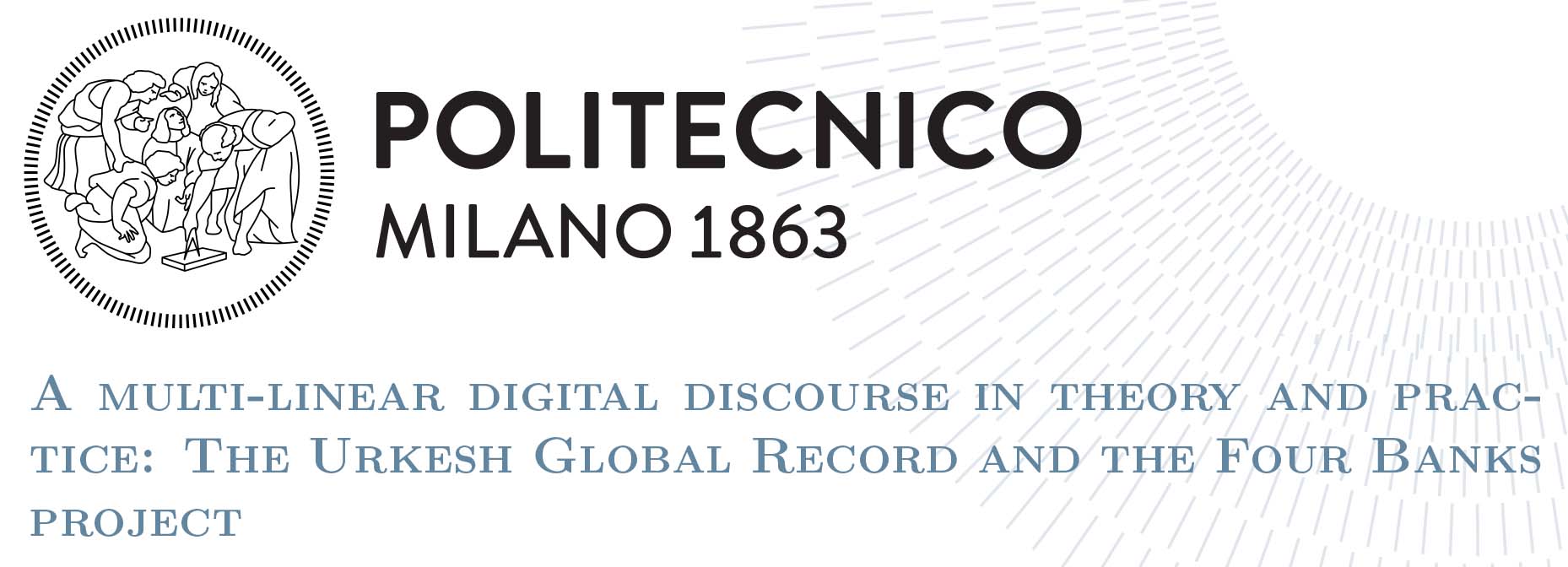
|
|
|
Novembre 15, 2021
"Coronomics and Cultural Heritage
in the Middle East".
International congress
Mantova, Politecnico di Milano – Polo Territoriale di Mantova
Piazza d'Arco, 3
On November 15, 2021 the Politecnico di Milano – Polo Territoriale di Mantova (Piazza d'Arco, 3) will host an international congress entitled "Coronomics and Cultural Heritage in the Middle East", discussing about the preservation of cultural heritage in the time of COVID-19.
The flyer of the congress, reporting also a brief abstract, can be found here.
The congress will be in presence, but a participation from remote is granted through Zoom.
Two parallel sections, in the form of seminar, will be focusing on the topics of "Archaeological Excavation" (LAB 1: Zoom 1) and "From Identity to Jobs (LAB 2: Zoom 2).
|
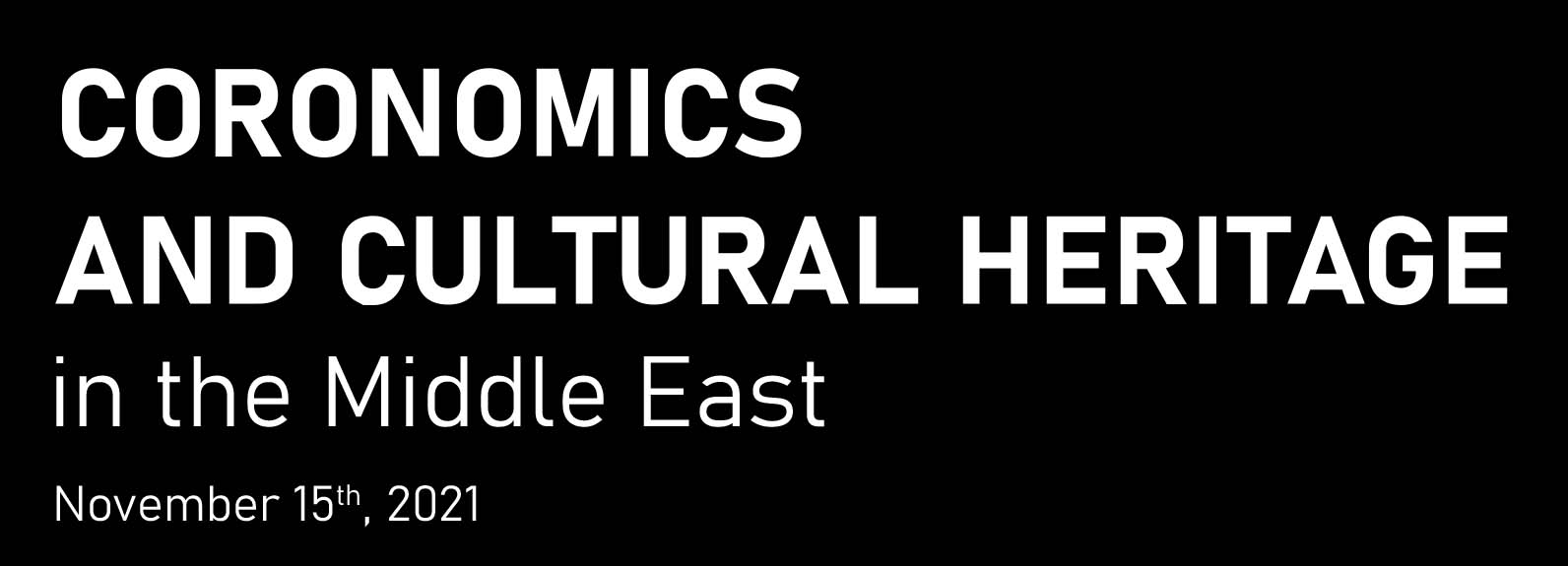
|
|
|
October 24, 2021
"Di esto en clase, pero que lo cuente Hiro es más real".
Article about the "One-on-One" project.
Interview to Dr. Hiba Qassar.
Alfa&Omega, section Fe y vida,
by María Martínez López
On October 24, 2021 Dr. Hiba Qassar granted an interview to the journal Alfa&Omega (section Fe y vida) about the ongoing "One-on-One" project.
The article (in Spanish) can be read online at this link.
A PDF of the interview (in Spanish) can be downloaded here.
|
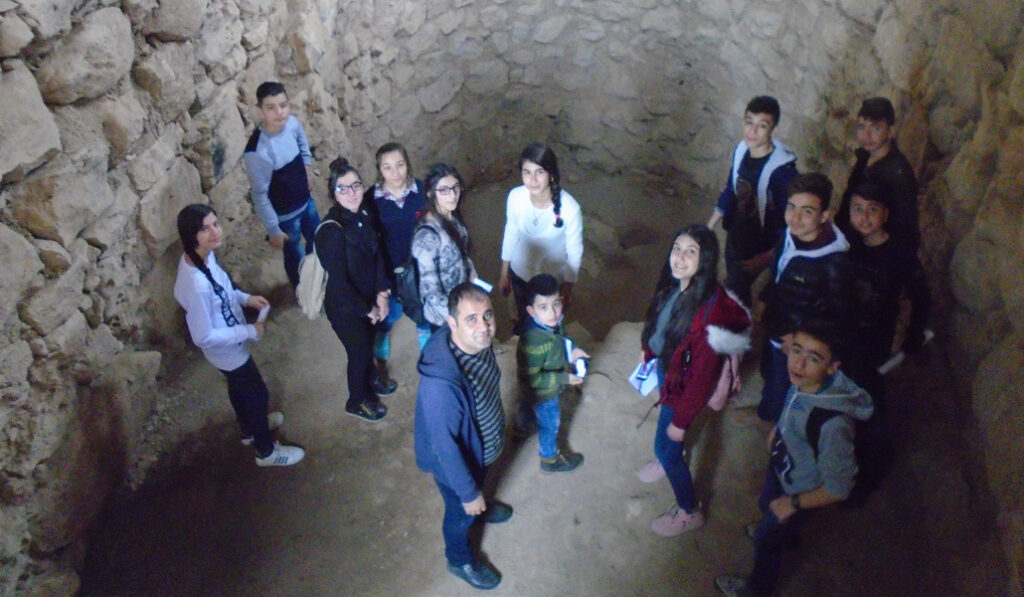
|
|
|
October 15, 2021
"ILUCIDARE Special Prizes 2020 for
'Archaeology for a young future'".
Report by Hiba Qassar
Recently, Dr. Hiba Qassar has sent the first report on the Urkesh activities related to the project "Archaeology for a young future", which won the "ILUCIDARE Special Prize 2020 for excellence in Heritage-led International Relations".
The English text of the report can be downloaded here.
|
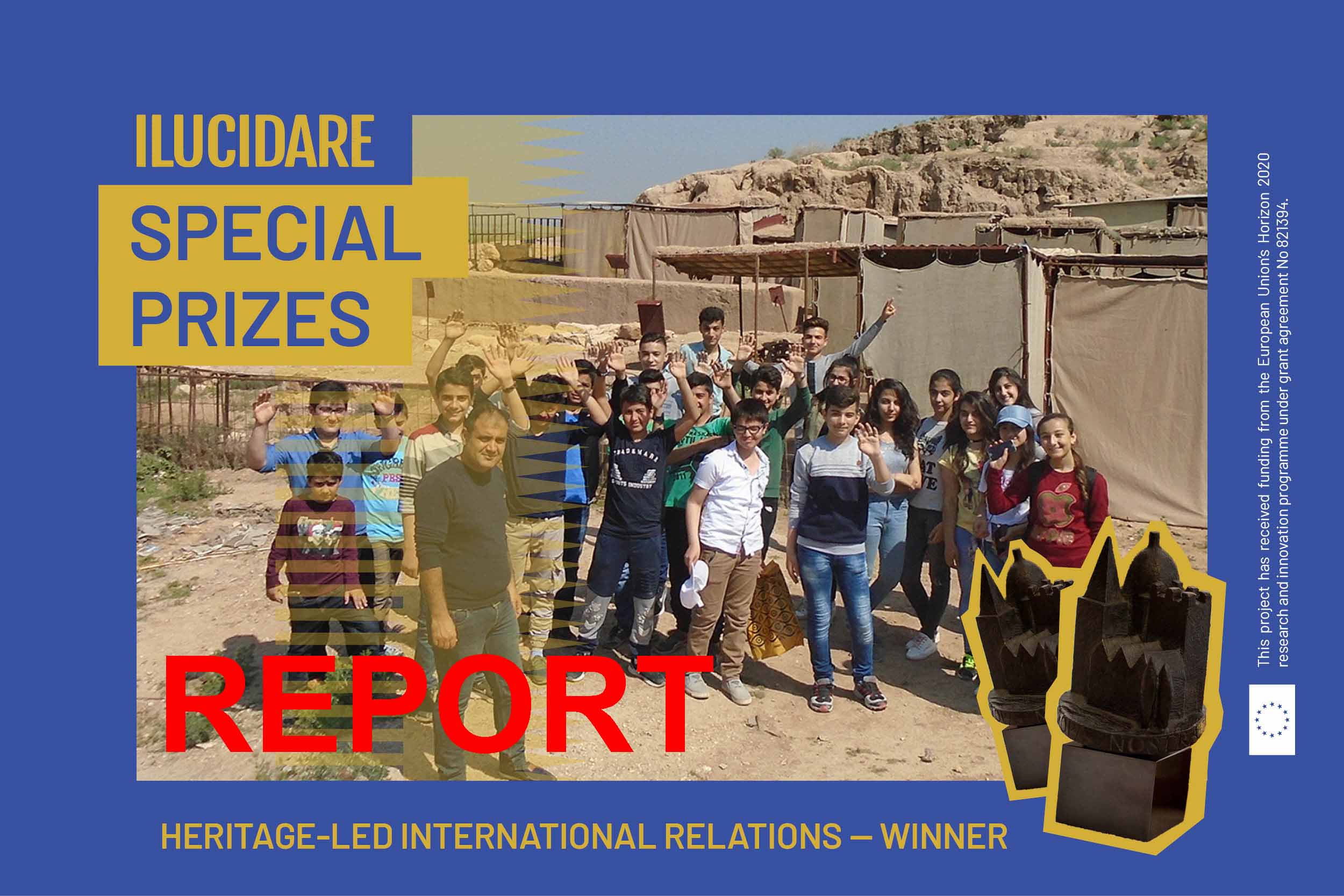
|
|
|
October 12, 2021
"Giorgio Buccellati: 'Al Daesh, como a los talibanes, hay que combatirlos con las ideas y la arqueología es útil'".
Inteview to Prof. Giorgio Buccellati
and Prof. Marilyn Kelly-Buccellati
by Mónica Arrizabalaga,
ABC, October 12, 2021, online
On October 12, 2021, Prof. Giorgio Buccellati and Prof. Marilyn Kelly-Buccellati granted an interview to the electronic journal ABC (October 12, 2021, "Cultura"), following the conference "A multi-linear digital discourse in theory and practice. An example concerning archaeology and Mesopotamian and Biblical religion", delivered on September 22, 2021 at the Universidad Eclesiástica San Dámaso, Madrid, during the course La "Bibbia" in una prospettiva mesopotamica. Storia, storiografia, ermeneutica, held at the same University on September 20-24, 2021.
The Spanish text of the whole interview is available at this link; the English translation of the same interview can be downloaded here.
|
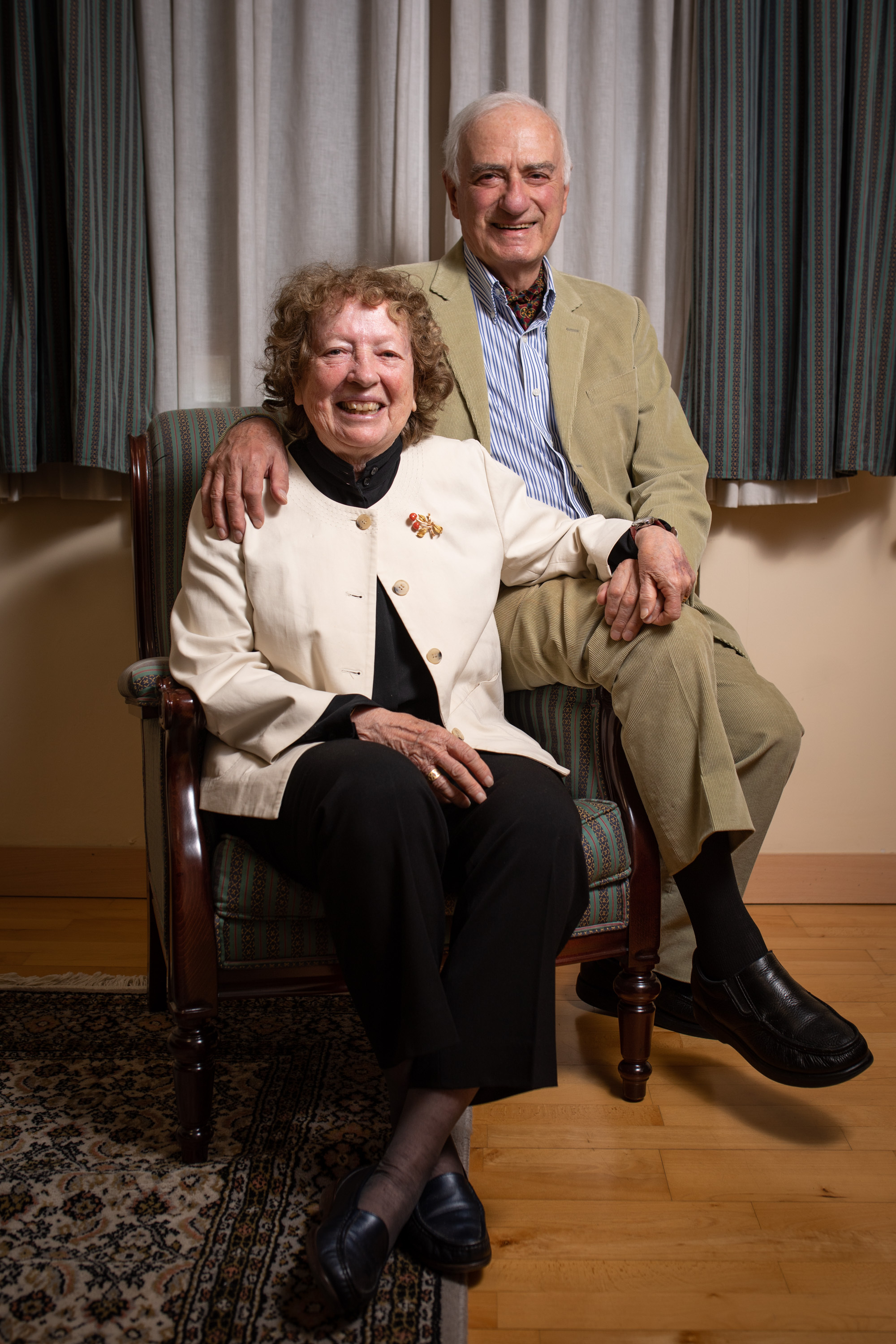
|
|
|
September 30, 2021
"Con la arqueología, la Biblia no resulta pura retórica".
Inteview to Prof. Giorgio Buccellati
and Prof. Marilyn Kelly-Buccellati
by María Martínez López,
Alfa&Omega, September 30-October 6, 2021, p. 22 (Culture)
On September 30, 2021, Prof. Giorgio Buccellati and Prof. Marilyn Kelly-Buccellati granted an interview to the journal Alfa&Omega (September 30-October 6, 2021, p. 22, section "Cultura"), following the conference "A multi-linear digital discourse in theory and practice. An example concerning archaeology and Mesopotamian and Biblical religion", delivered on September 22, 2021 at the Universidad Eclesiástica San Dámaso, Madrid, during the course La "Bibbia" in una prospettiva mesopotamica. Storia, storiografia, ermeneutica, held at the same University on September 20-24, 2021.
The Spanish text of the whole interview is available at this link; the English translation of the same interview can be downloaded here.
|
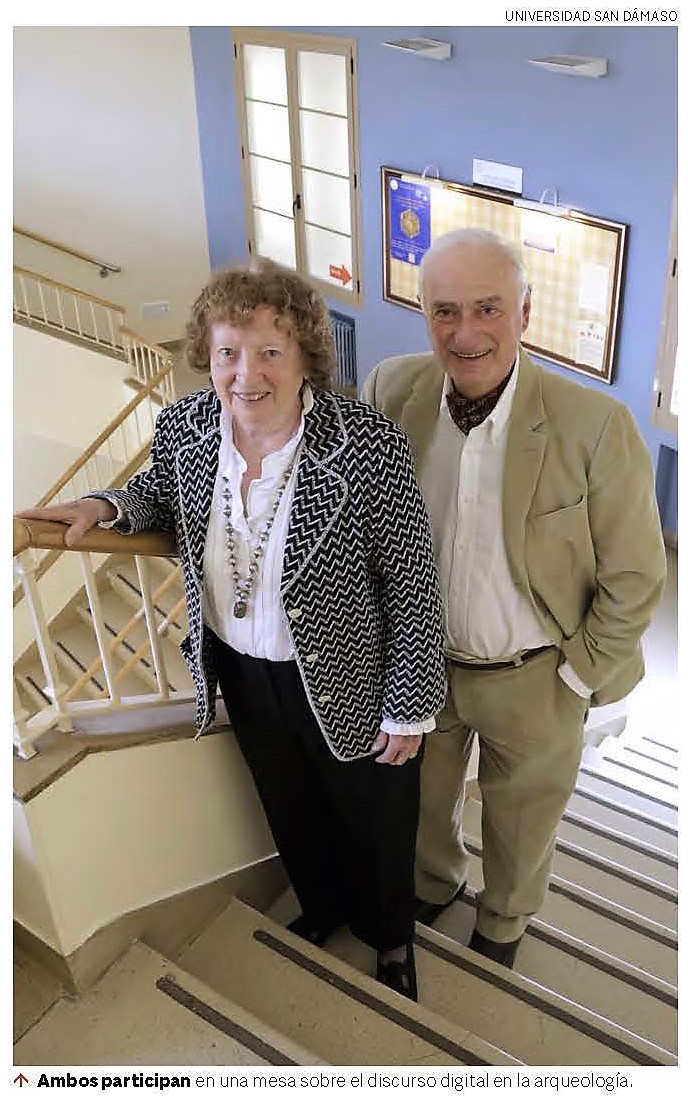
|
|
|
September 24, 2021
Graph representation and network analysis as a comparative tool: a case study in comparative religion
3:22-3:45 PM (Krasnoyarsk time, GMT+7) = 10:22-10:45 AM (CEST),
EADH2021 conference,
Siberian Federal University, Krasnoyarsk,
Russia, September 21-25, 2021
On September 24, 2021 (Friday), Dr. Jonah Lynch (IIMAS Research Associate and PhD student at University of Pavia, Italy) will present a fascinating contribution in the context of the European Association for Digital Humanities (EADH) 2021 Conference; the title of his talk is "Graph representation and network analysis as a comparative tool: a case study in comparative religion" (session Long and Short Papers: Content Analysis/Visualization): a new digital approach in investigating, analyzing, and visually displaying patterns of religion (focusing on Israel and Mesopotamia) in a digital and structural comparative view.
The program of the conference is available online.
A video ("Structural comparison of religion") describing Dr. Lynch's ongoing research can be found on his YouTube personal channel.
|
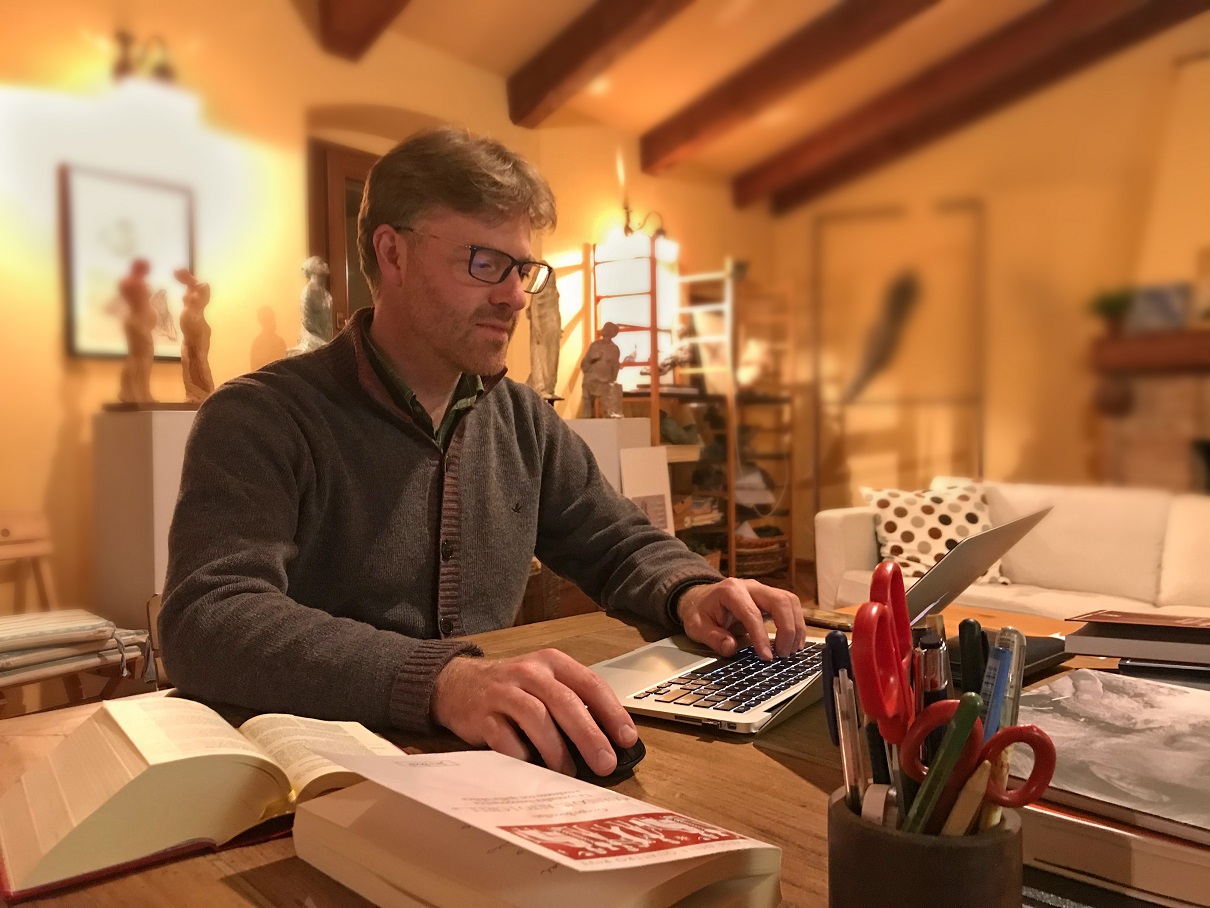
|
|
|
September 22, 2021
A multi-linear digital discourse in theory and practice. An example concerning archaeology and Mesopotamian and Biblical religion
6:30 PM, Sala de Grados, Universidad Eclesiástica San Dámaso,
c/ Jerte, 10 - 28005 Madrid (Spain)
On September 22, 2021 (Wednesday), Prof. Giorgio Buccellati (together with Prof. Marilyn Kelly-Buccellati) will deliver a lecture on new approaches on investigating Mesopotamian and biblical religion. The central idea is to show how a website can serve a purpose that goes beyond the standard of providing information in the form of databases. It is the notion of "digital discourse", that makes the most of the potential of the digital medium by implementing a multi-linear narrative. The approach (proposed by G. Buccellati in A Critique of Archaeological Reason, Cambridge 2017, with companion CAR website) will be exemplified through three websites to be illustrated in the first part of the round table. Respondents will then consider the proposal from three different points of view.
The flyer of the conference is available online and the event can be followed through an online streaming.
An interview to Prof. Giorgio Buccellati and Prof. Marilyn Kelly-Buccellati, granted after this conference, can be read at the following link.
|
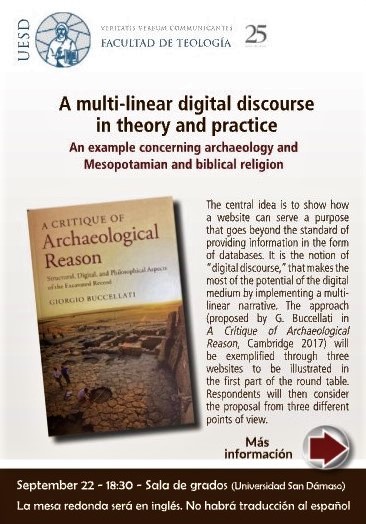
|
|
|
September 20-24, 2021
Curso para Profesores y Doctorandos
La "Bibbia" in una prospettiva mesopotamica.
Storia, storiografia, ermeneutica.
Prof. Dr. Giorgio Buccellati
Sala de Claustros, Universidad Eclesiástica San Dámaso,
c/ Jerte, 10 - 28005 Madrid (Spagna)
On September 20-24, 2021, Prof. Giorgio Buccellati will teach a course at the Universidad Eclesiástica San Dámaso, Madrid (Spain) focusing on epistemological, historical, and hermeneutical aspects of the biblical texts. The course is structured in five steps, facing, after an introduction (session 1), aspects of Mesopotamian history (session 2) and problems of biblical epistemology (sessions 3-4), reaching a final conclusion in the last class (session 5).
A flyer presenting the topics of this course can be downloaded here.
An interview to Prof. Giorgio Buccellati and Prof. Marilyn Kelly-Buccellati, granted at the end of this course, can be read at the following link.
|
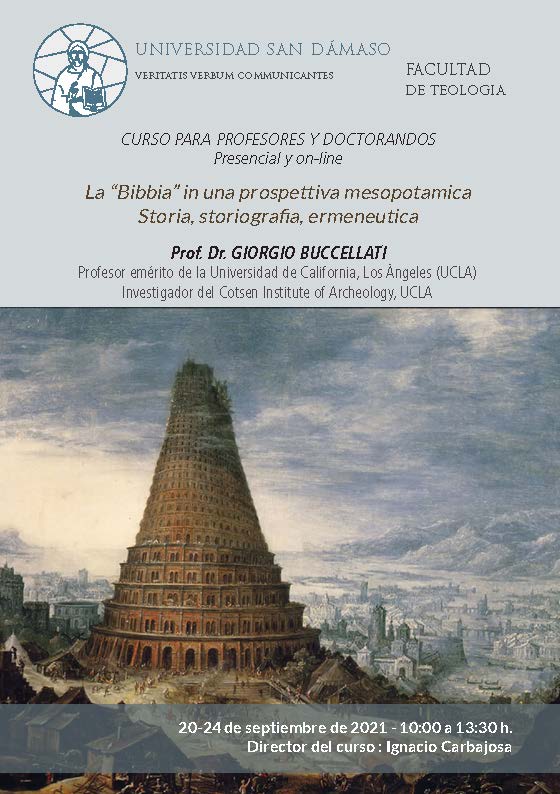
|
|
|
September 15, 2021
Yasmine Mahmoud
Denfence of PhD Dissertation
Anthropomorphic figurines, statuettes and jewelry from Urkesh.
An archaeological and historical study.
University of Pavia (Italy)
PhD in History (Pre-Classical Ancient Near-East)
33rd cycle (a.a. 2017/2018)
On September 15, 2021, Dr. Yasmine Mahmoud defended her PhD Dissertation entitled "Anthropomorphic figurines, statuettes and jewelry from Urkesh. An archaeological and historical study". Her PhD research was achieved within the PhD in History (Pre-Classical Ancient Near-East), 33rd cycle (a.a. 2017/2018).
An abstract of her PhD Dissertation, including a ToC, can be found here.
|
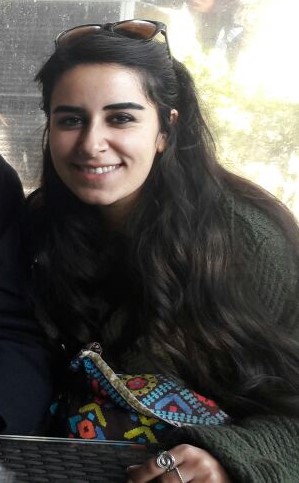
|
|
|
September 7, 2021
The Urkesh Global Record (UGR):
Overview & Zoom on the Bioanthropological Data
27th Annual Meeting of the European Association of Archaeologists
Widening Horizons
Kiel, September 6-11, 2021
On September 7, 2021, Dr. Arwa Kharobi presented a paper entitled "The Urkesh Global Record (UGR): Overview & Zoom on the Bioanthropological Data" at the "27th Annual Meeting of the European Association of Archaeologists" (Widening Horizons), held in Kiel, during September 6-11, 2021.
The PDF of the presentation is available at this link.
|
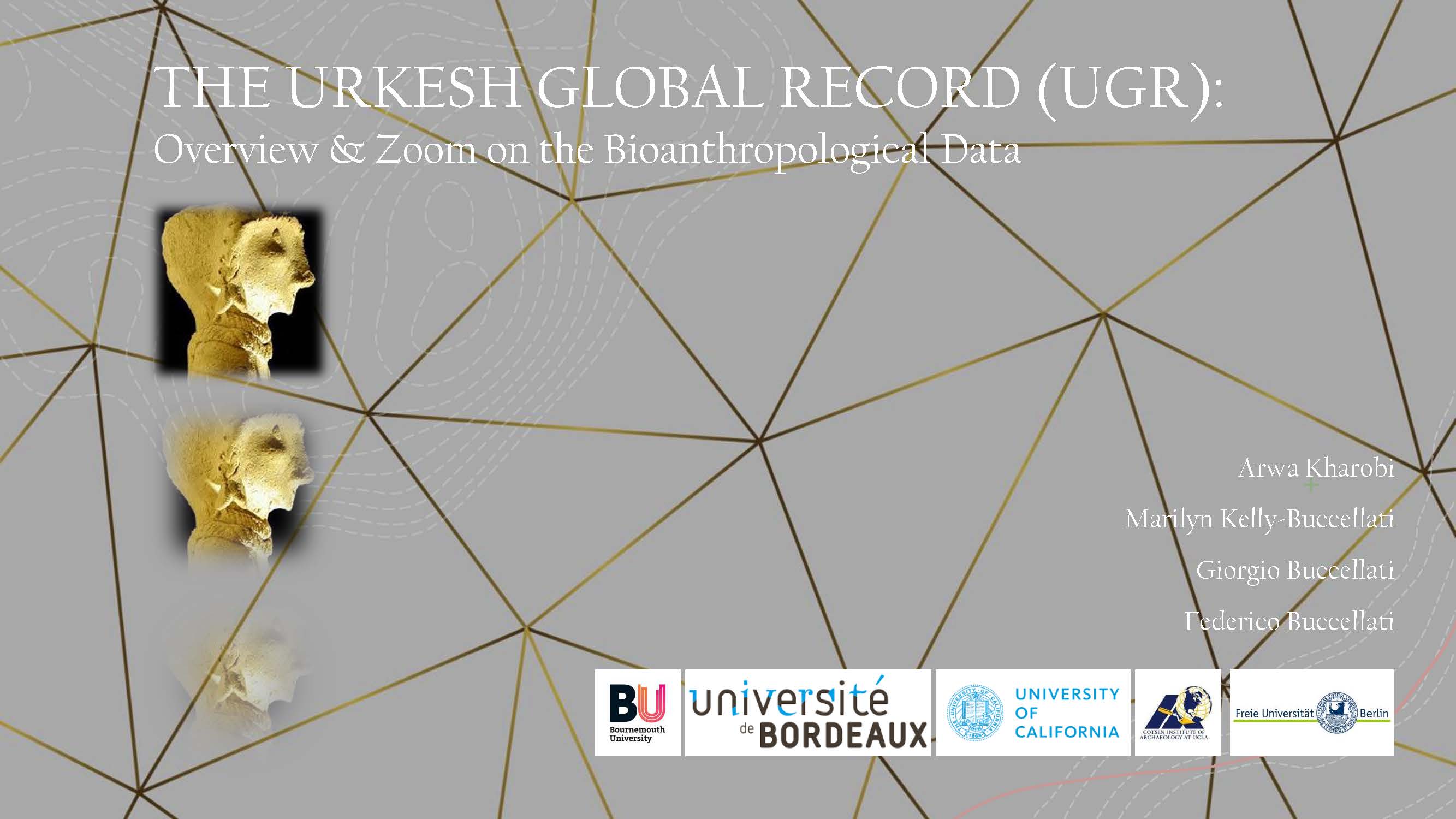
|
|
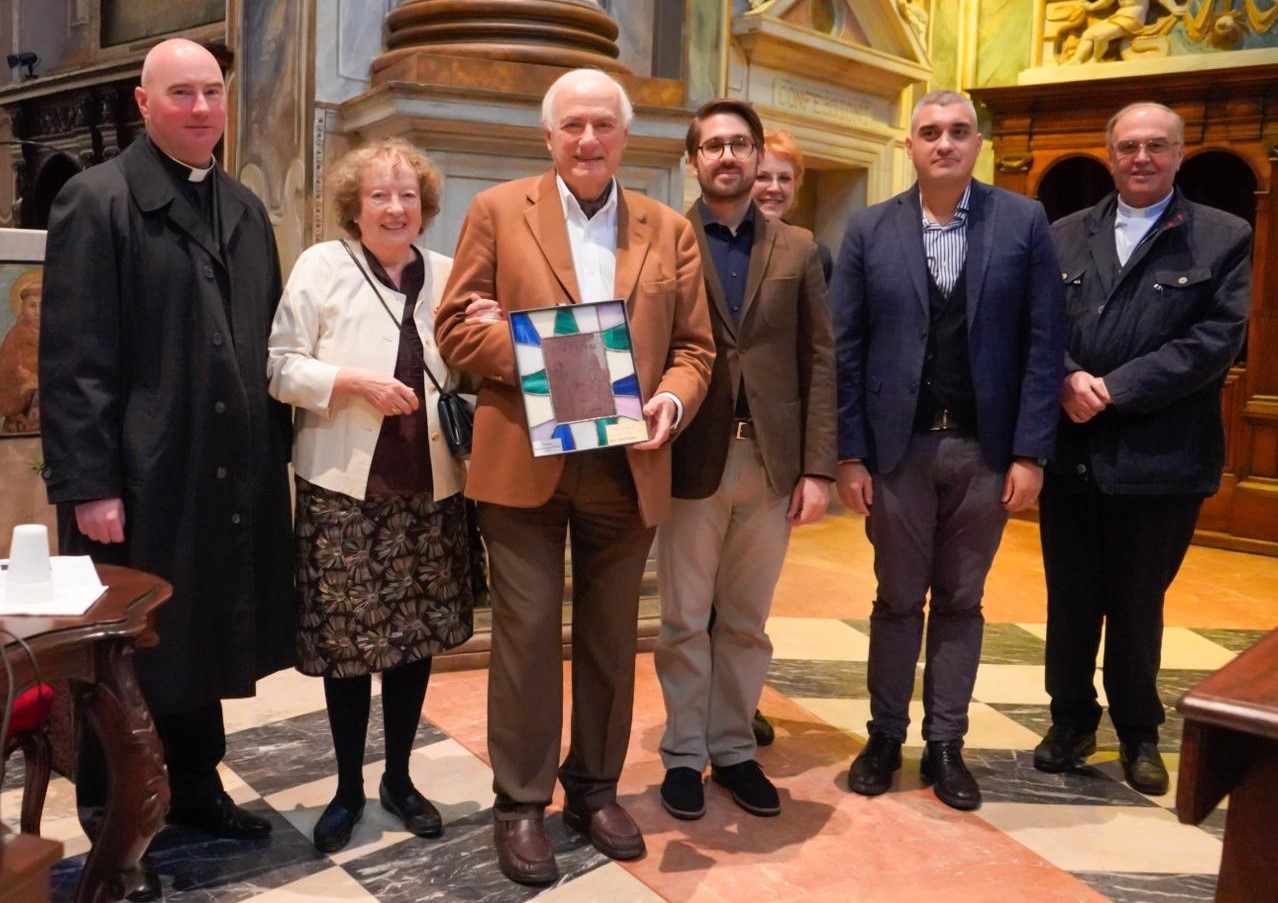
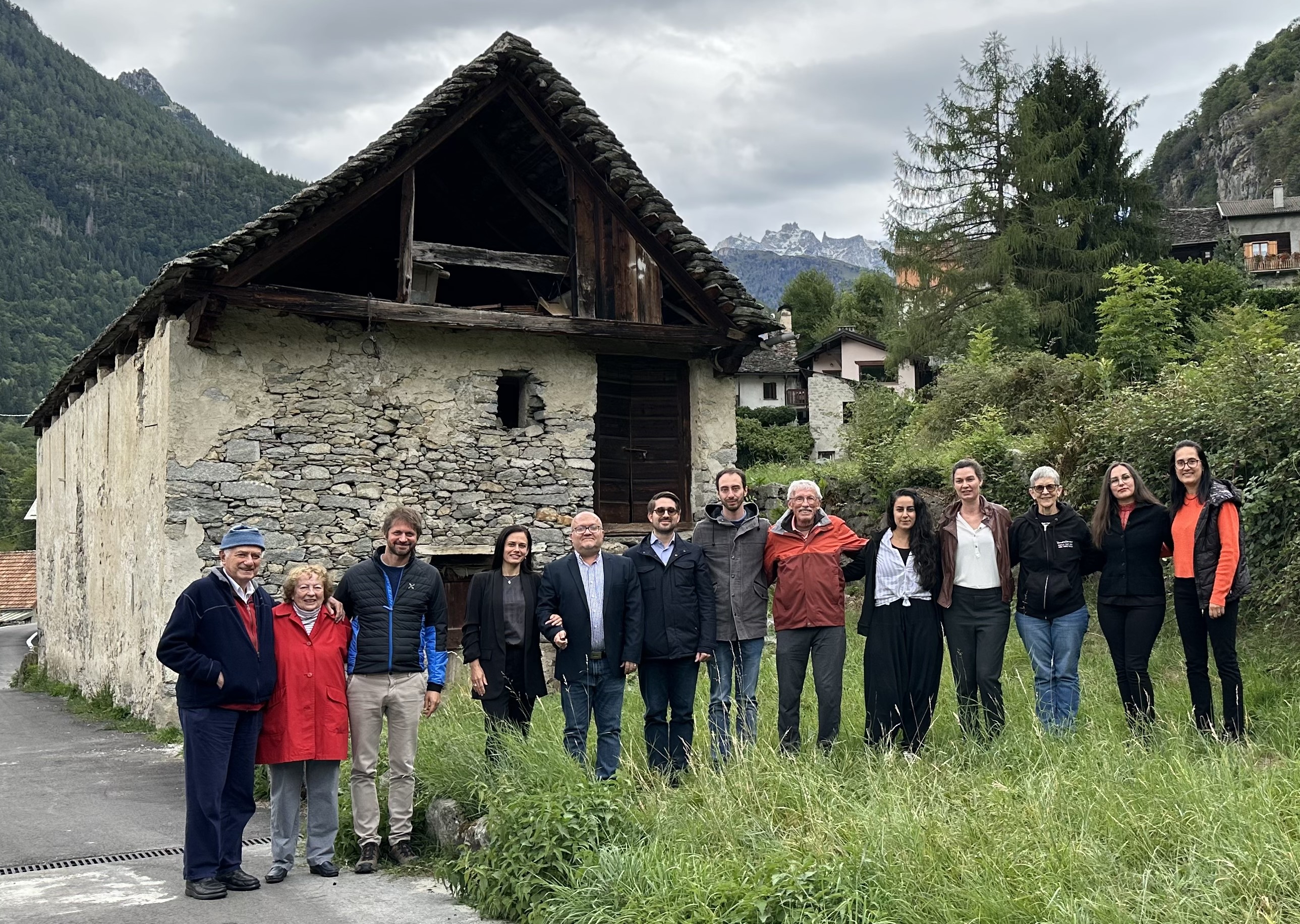
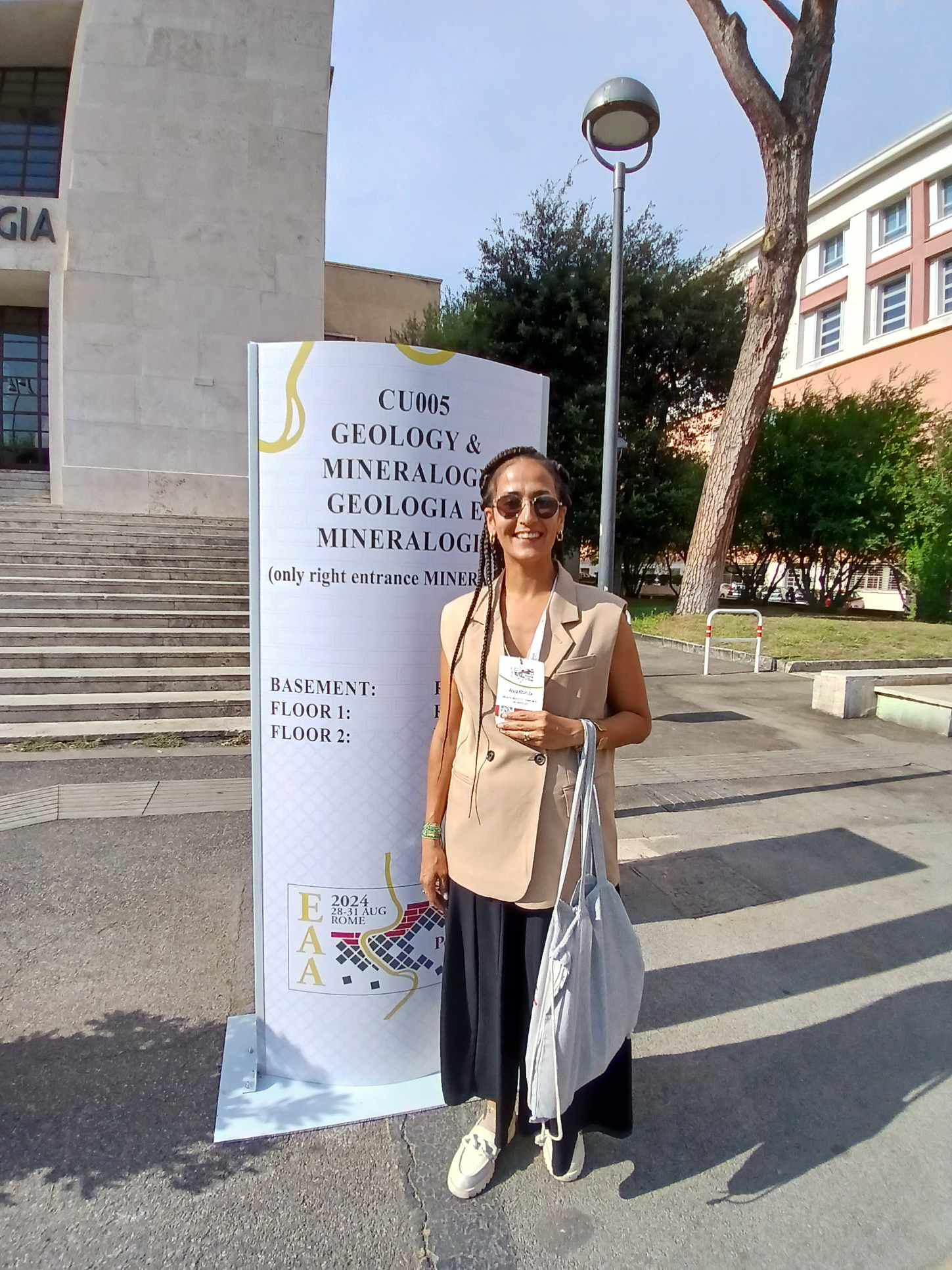

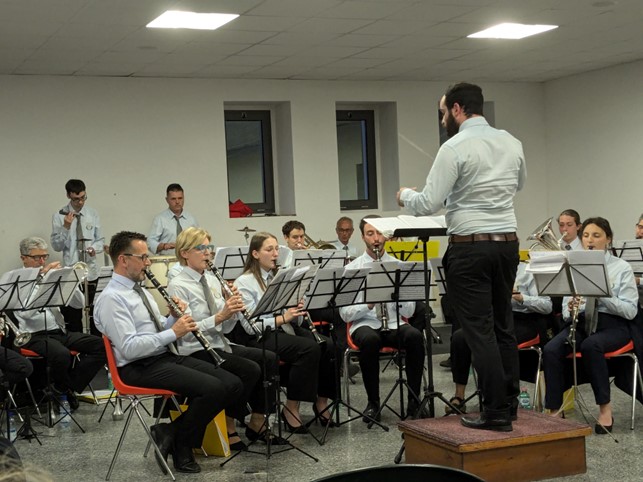
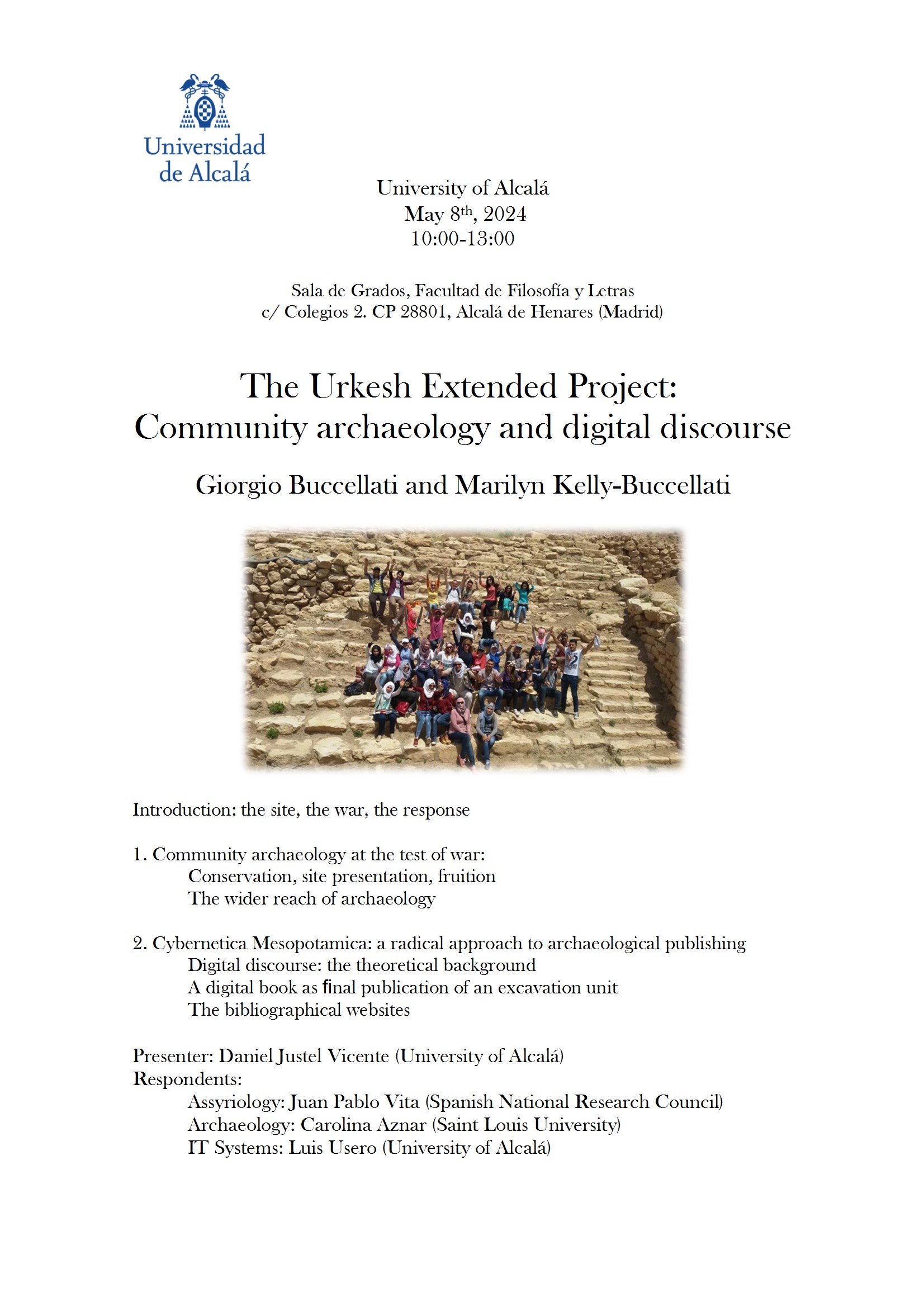
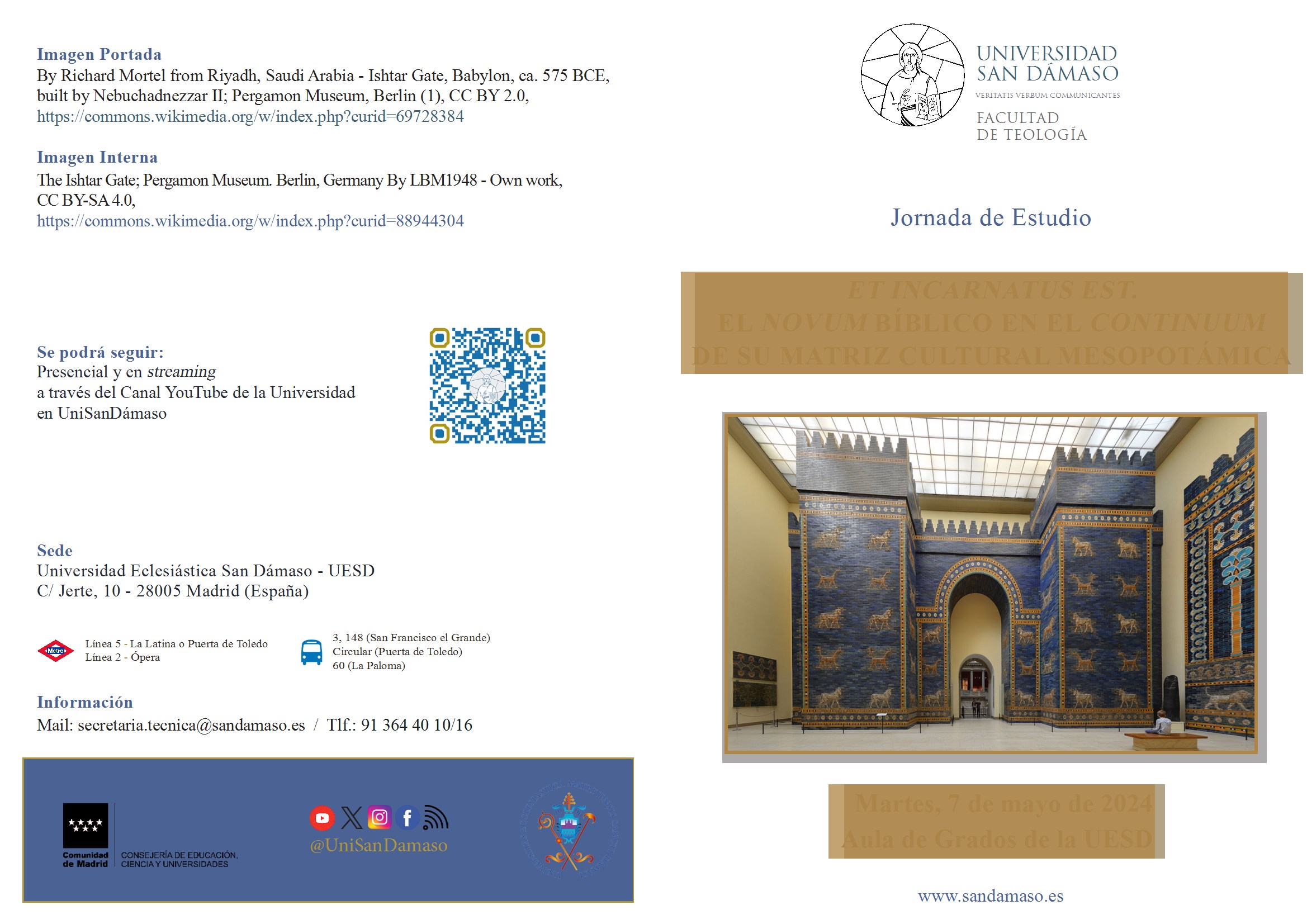
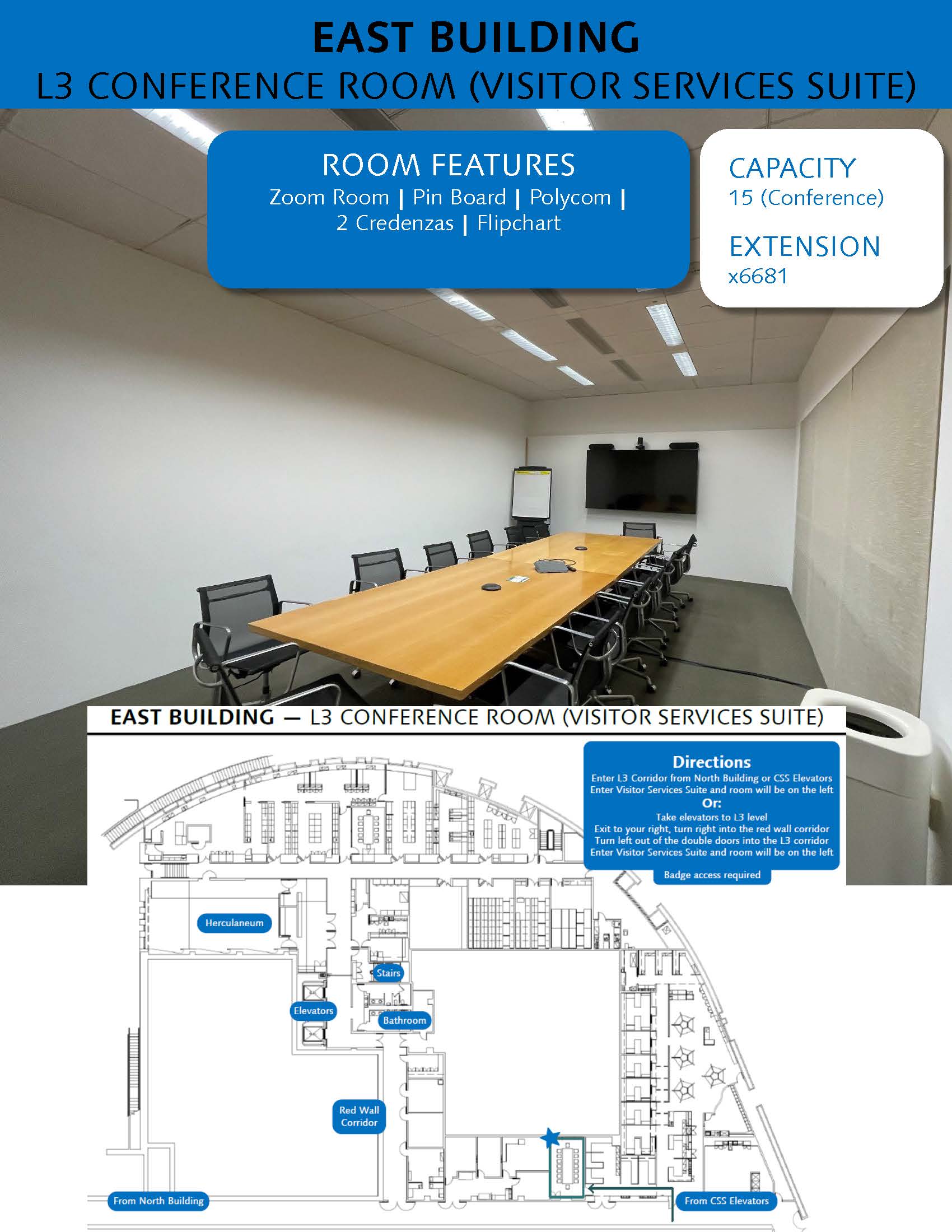
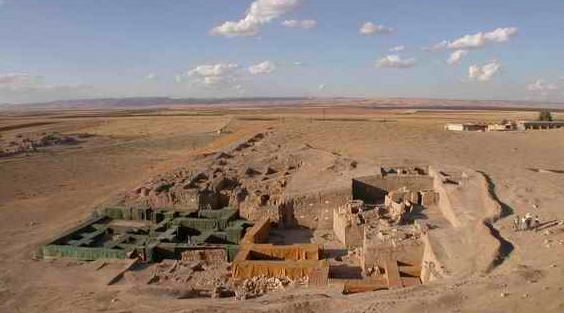
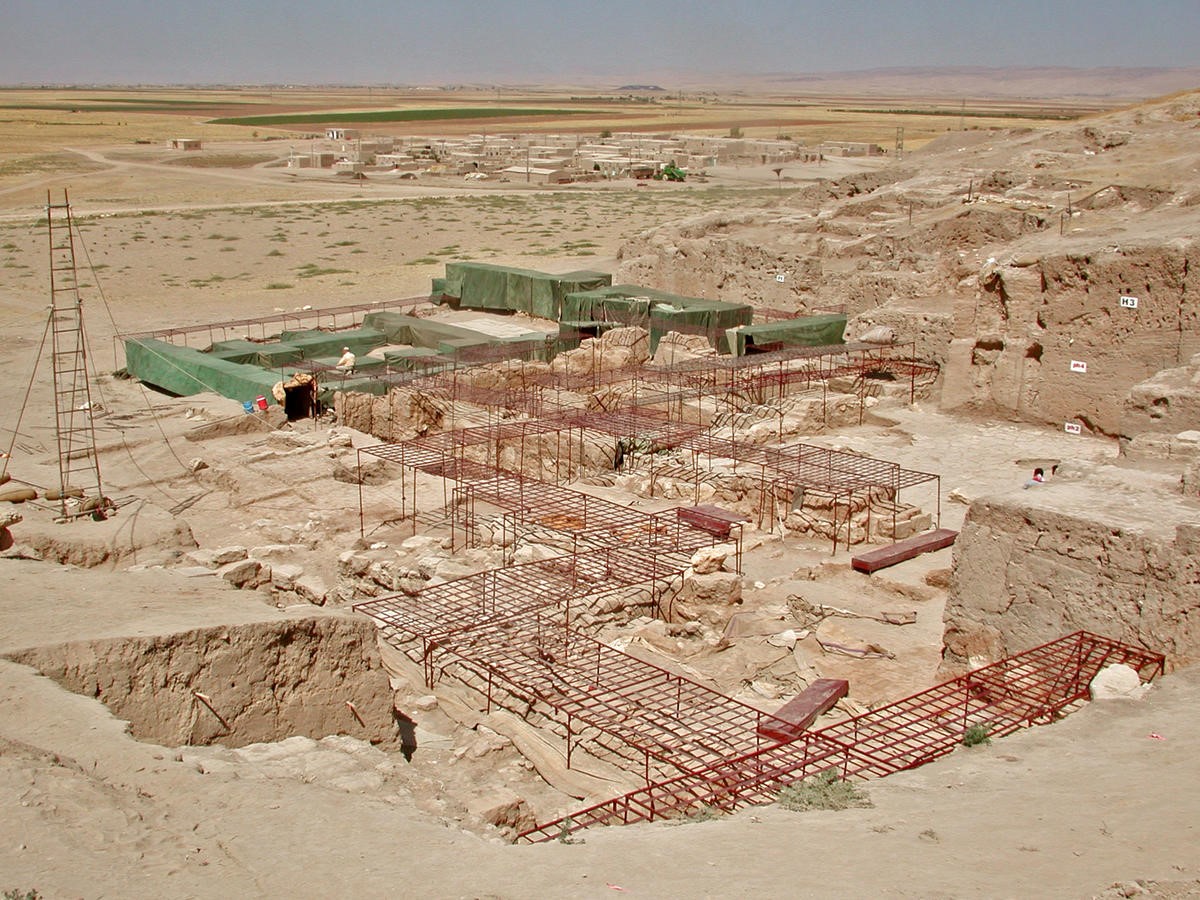
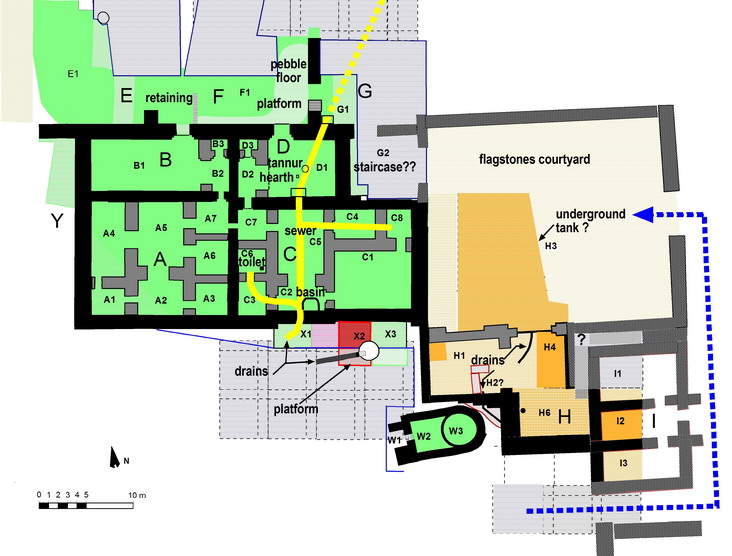
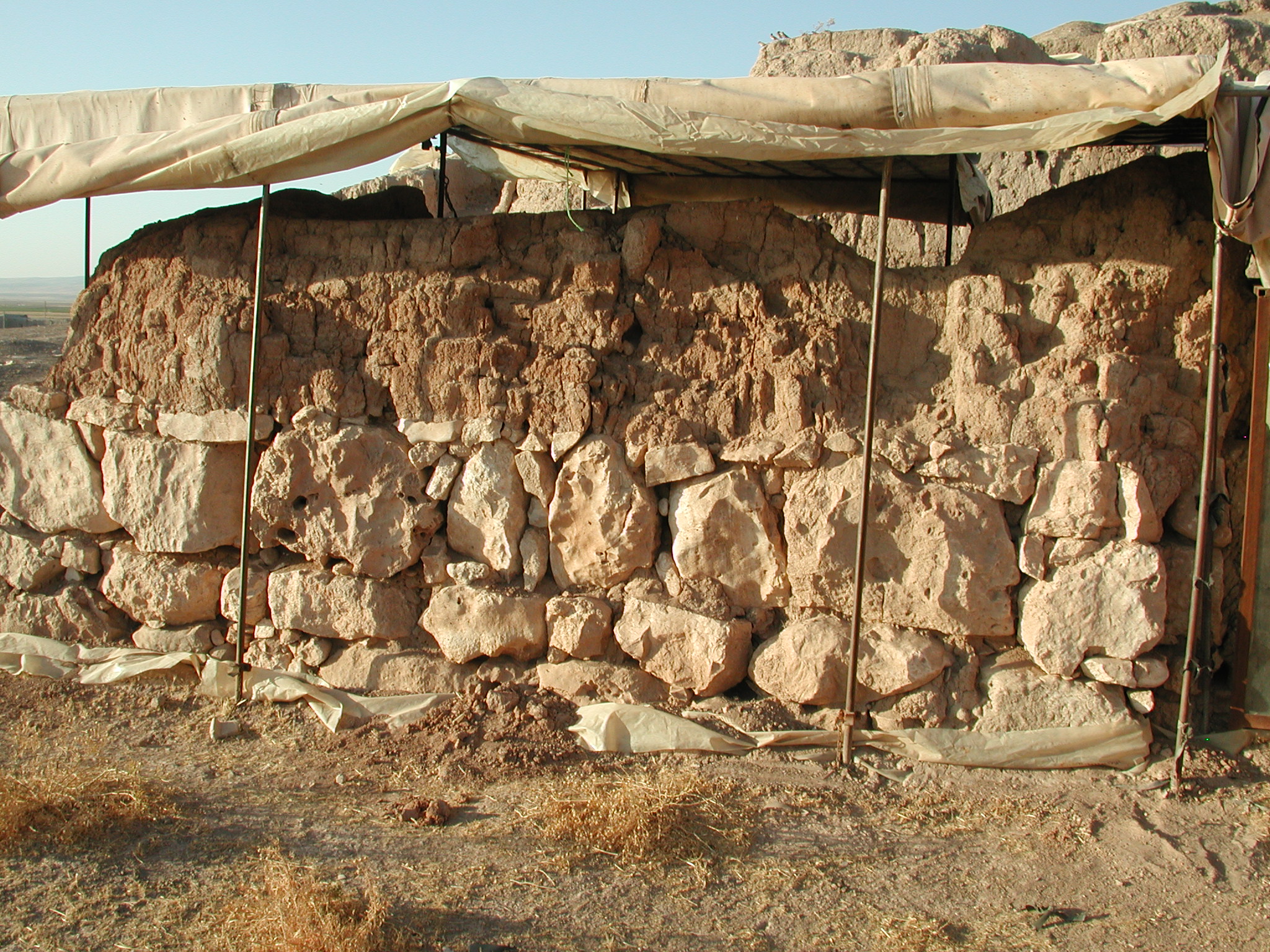
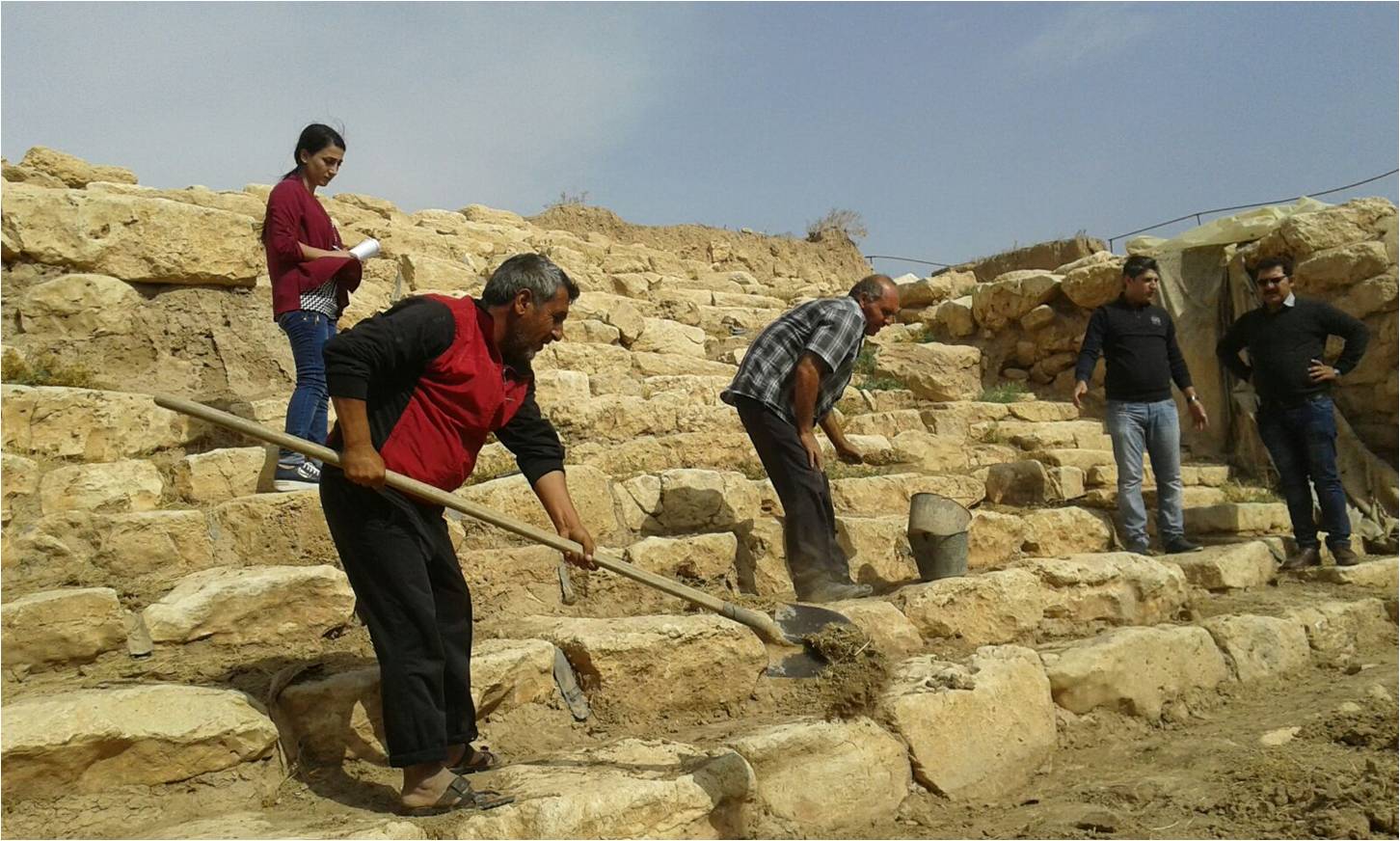

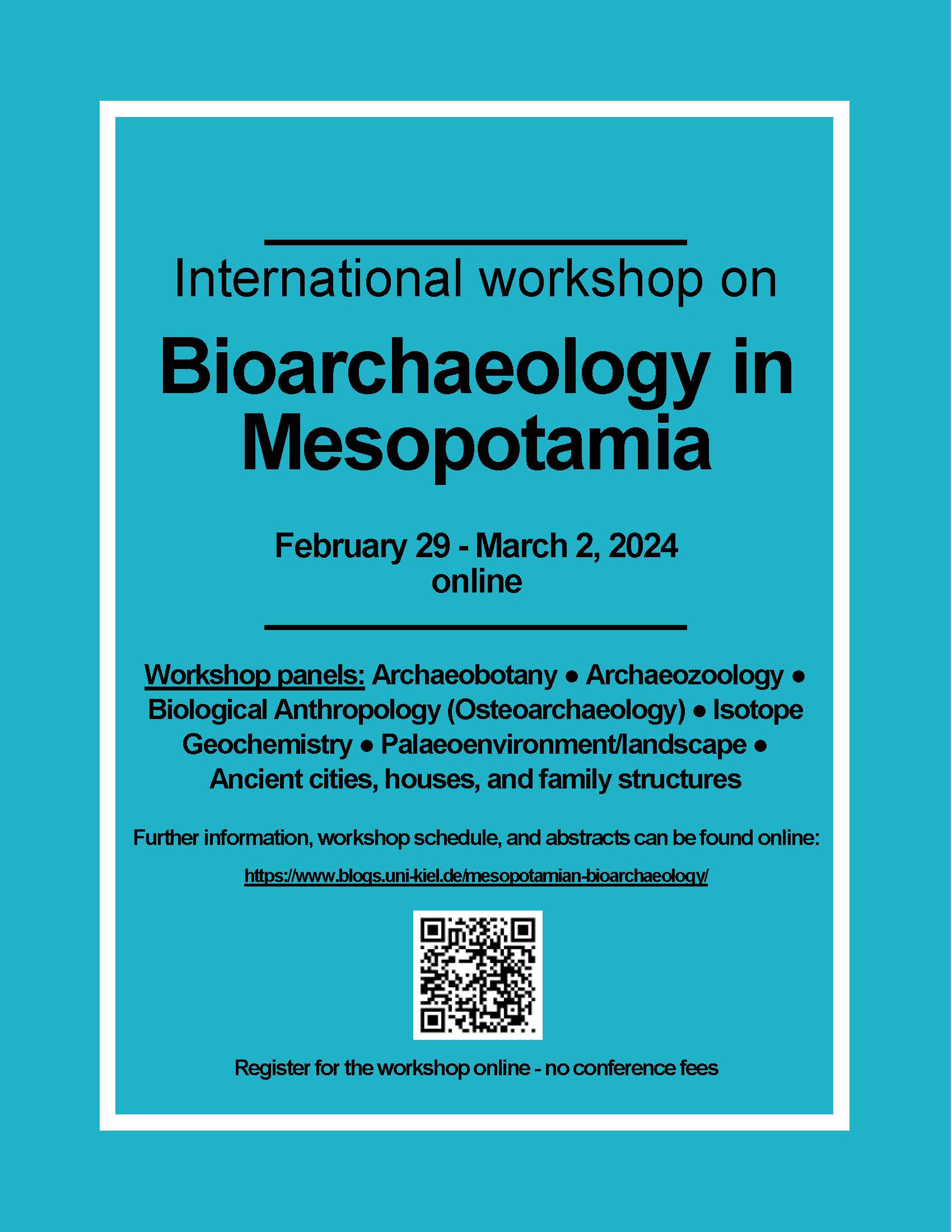
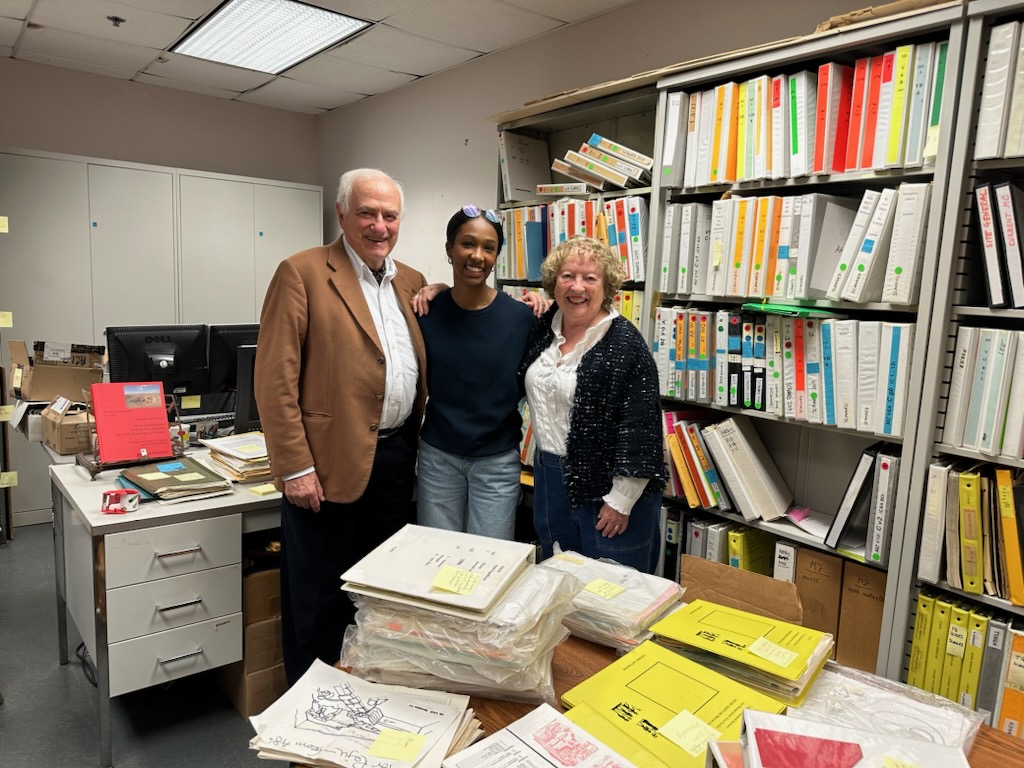
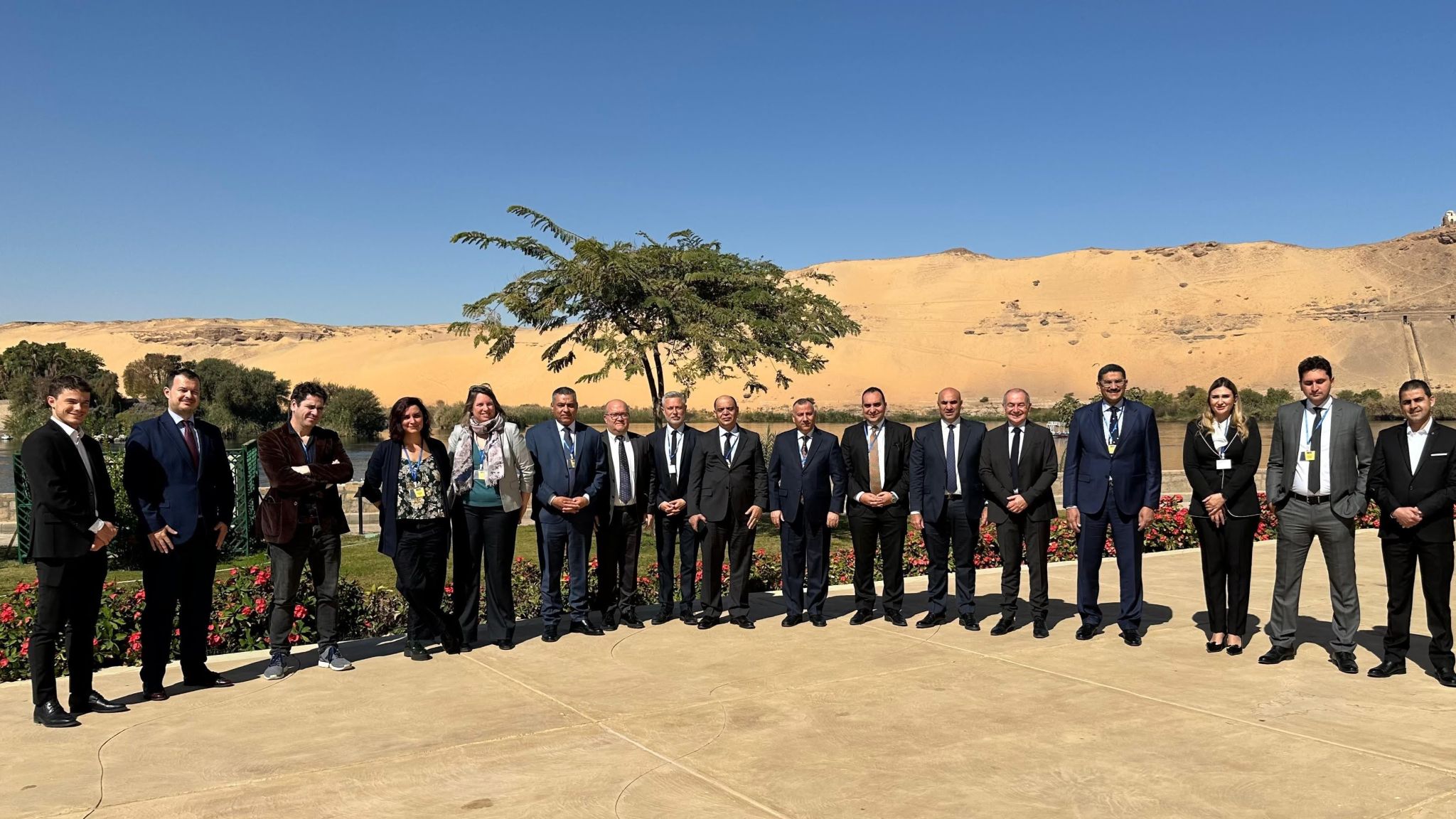
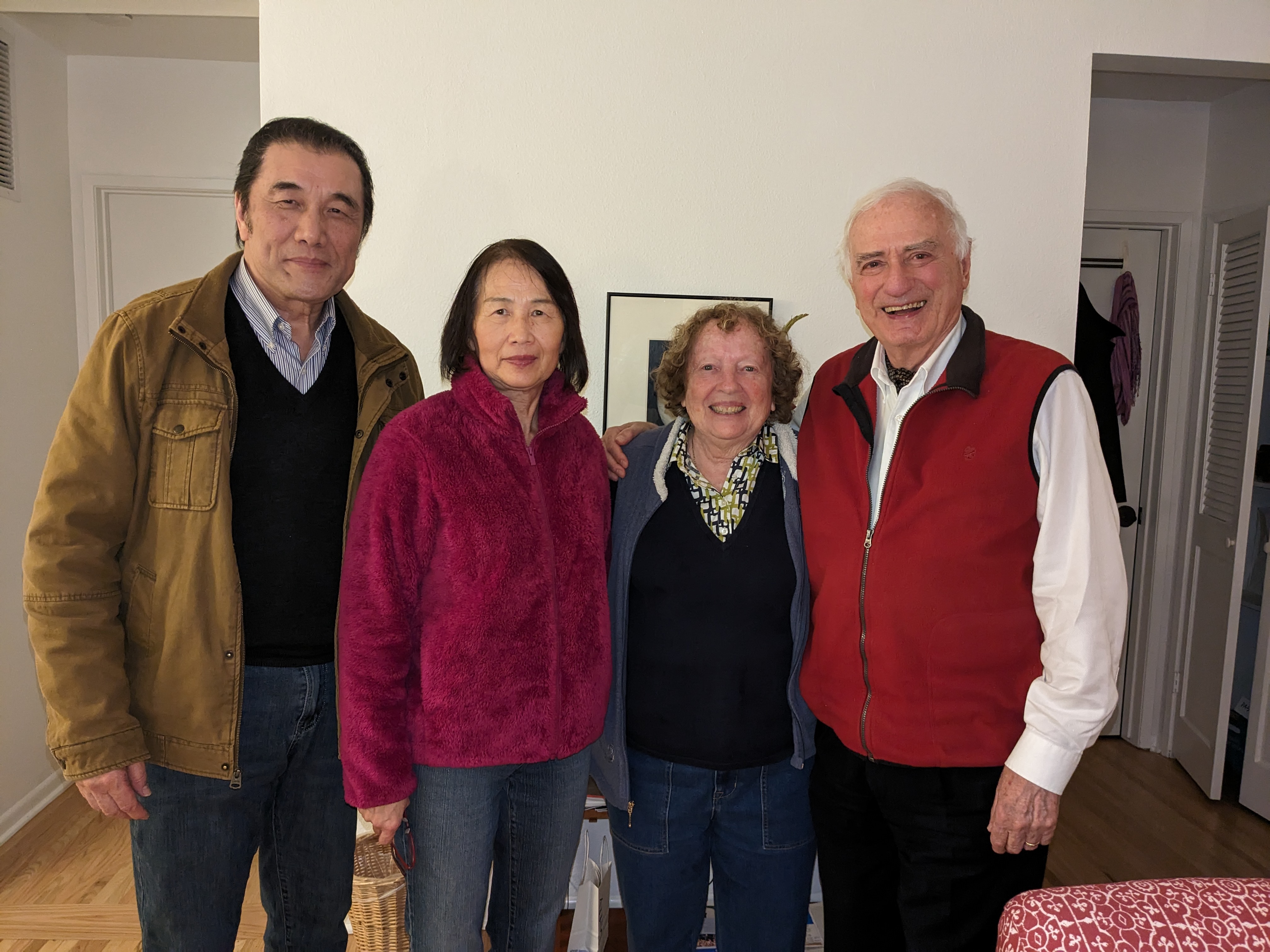
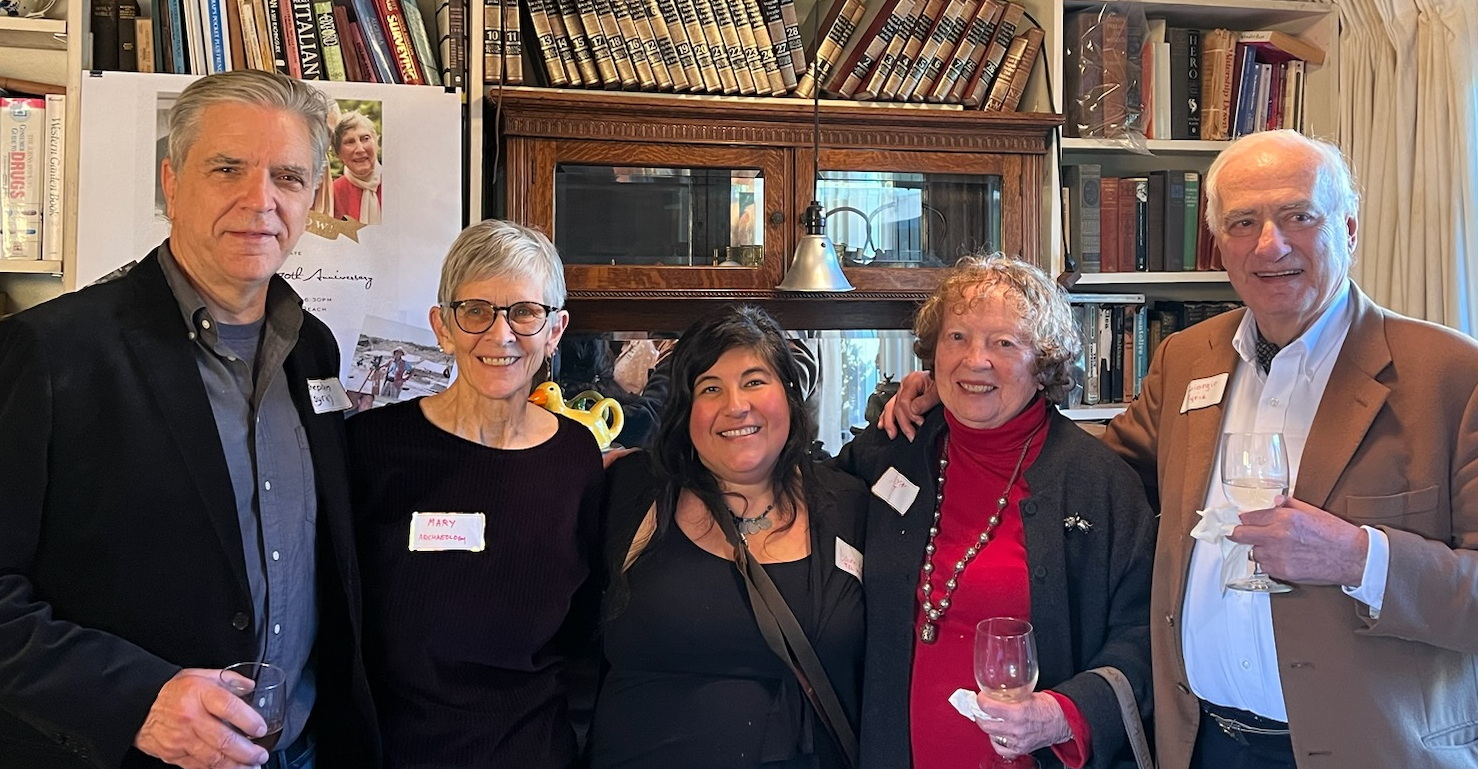
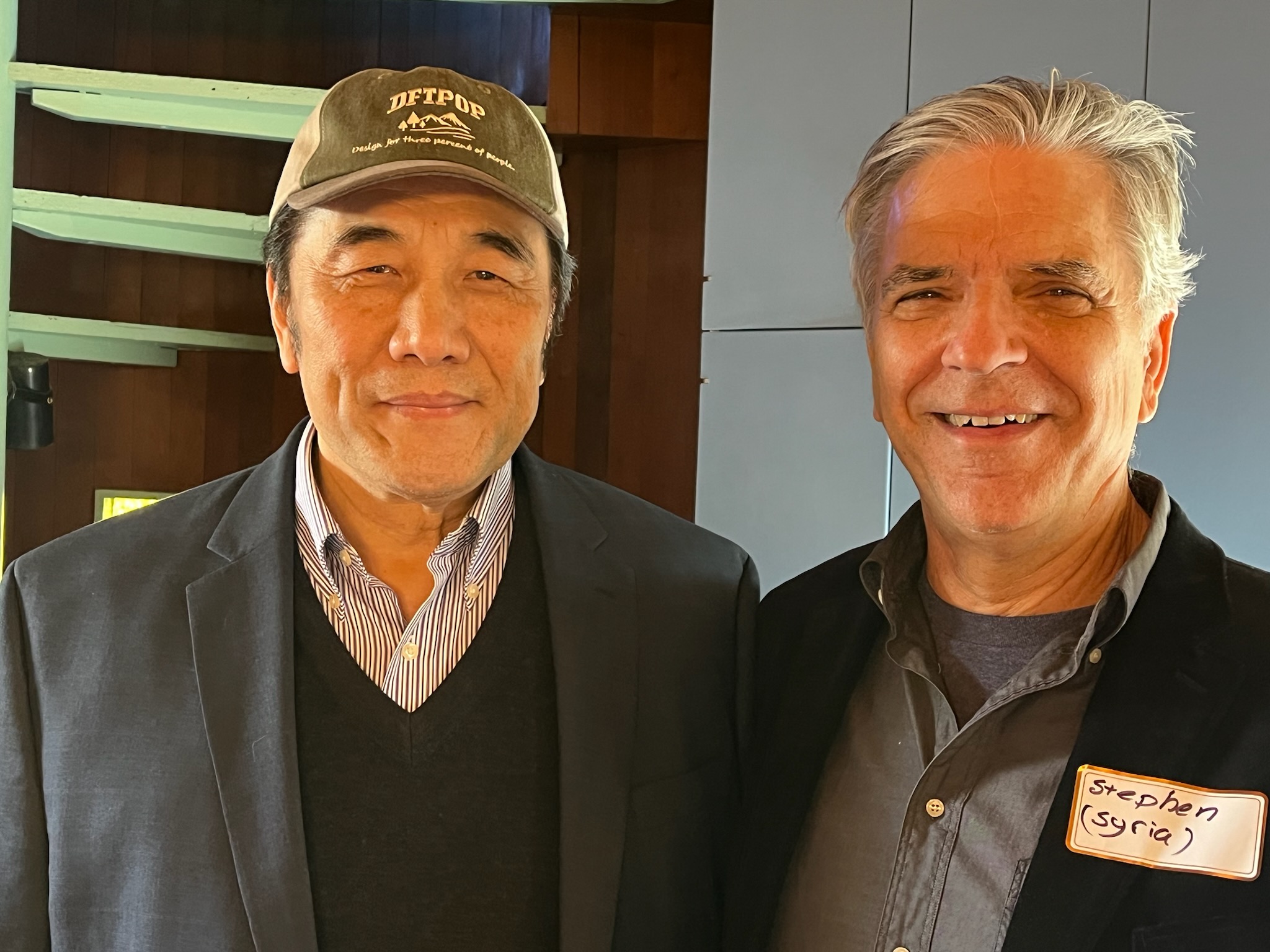
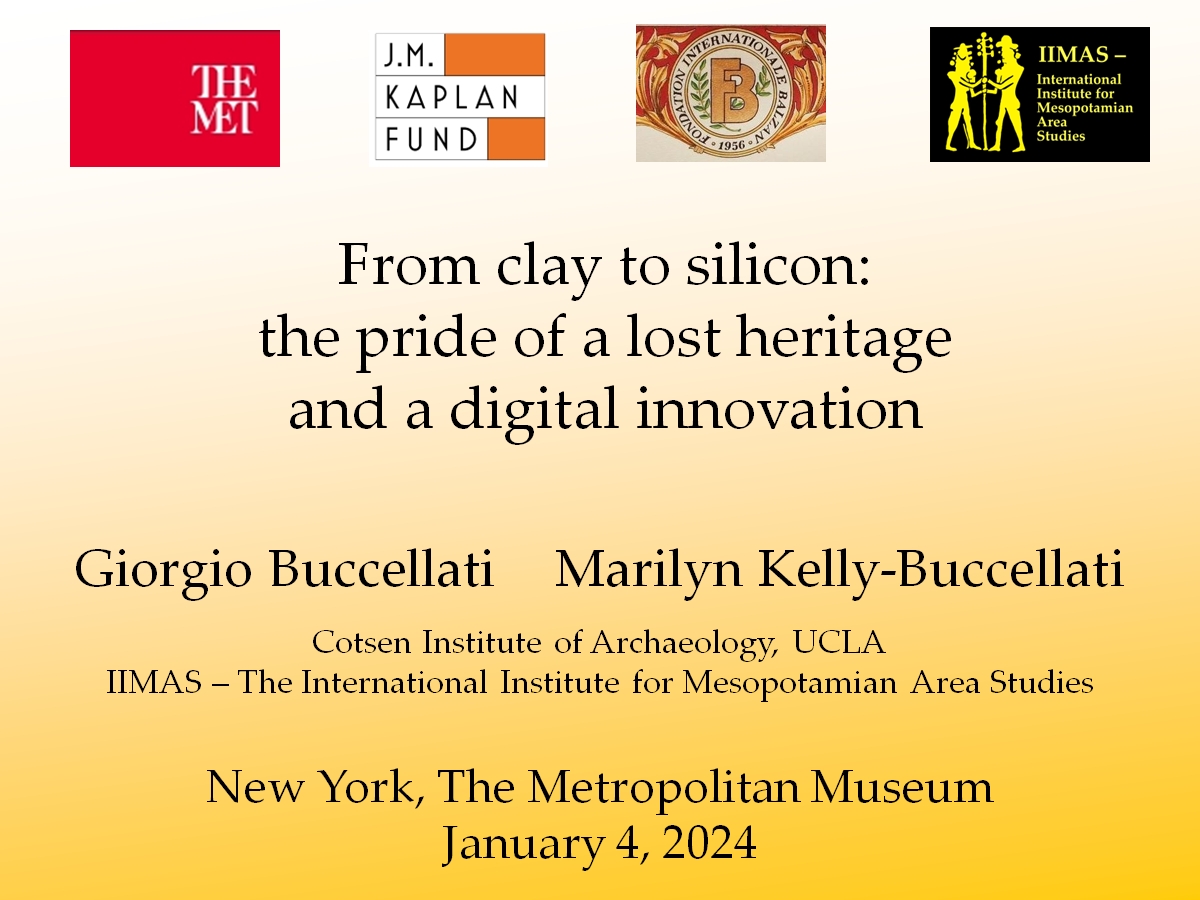
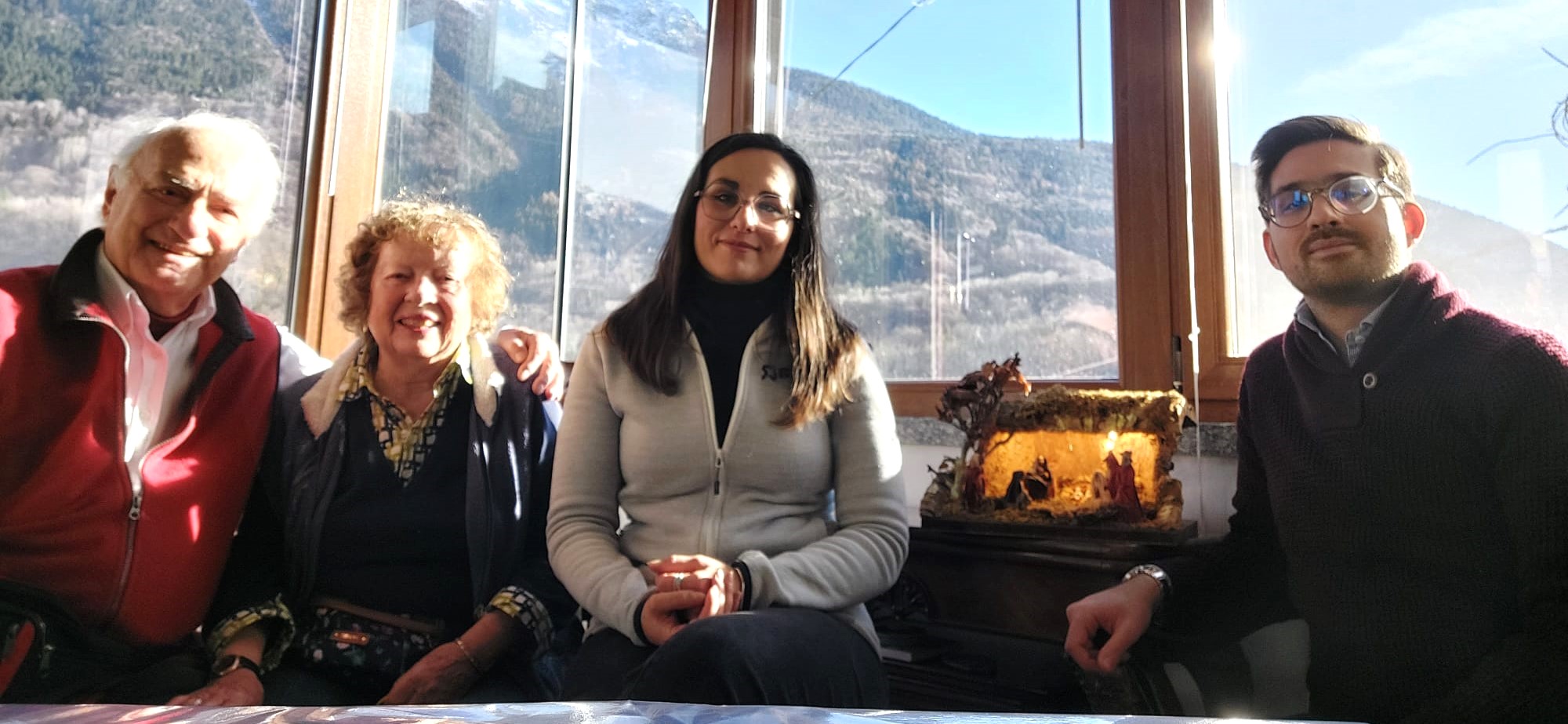
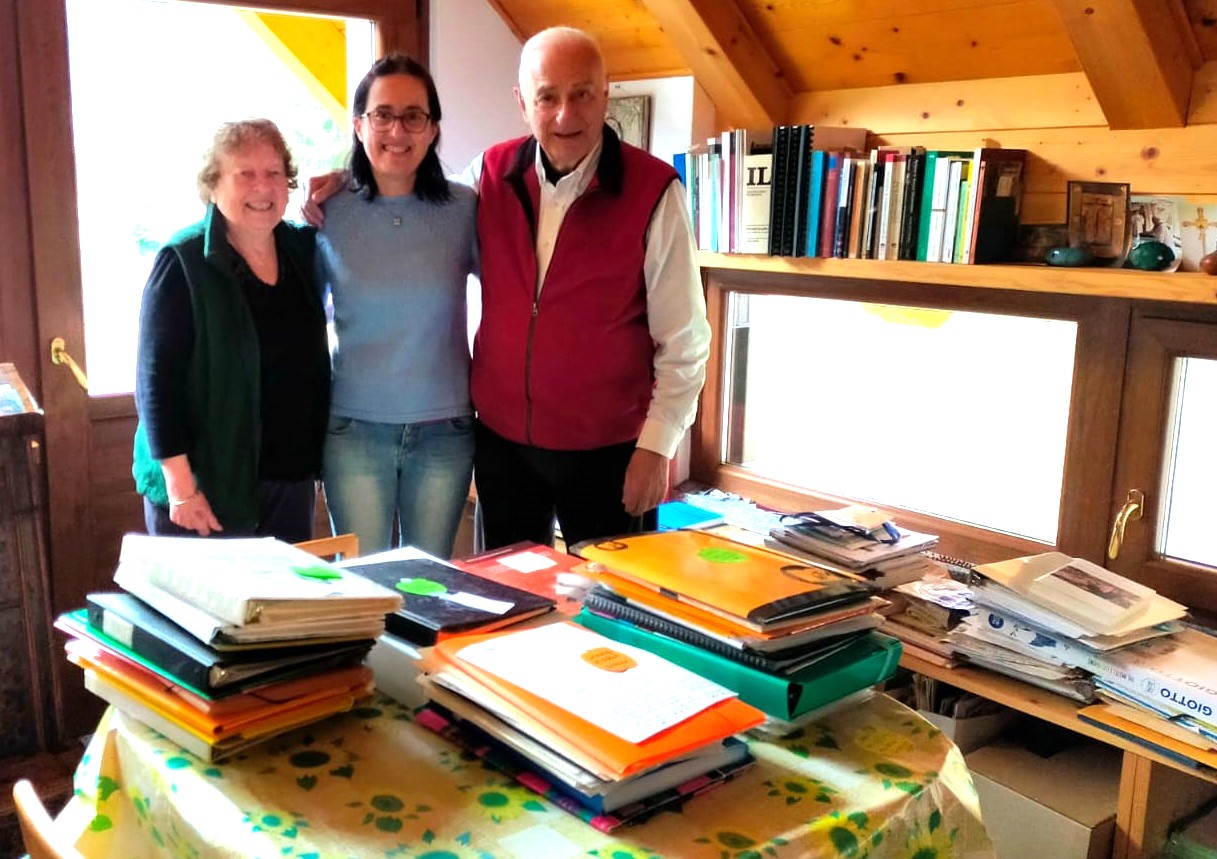
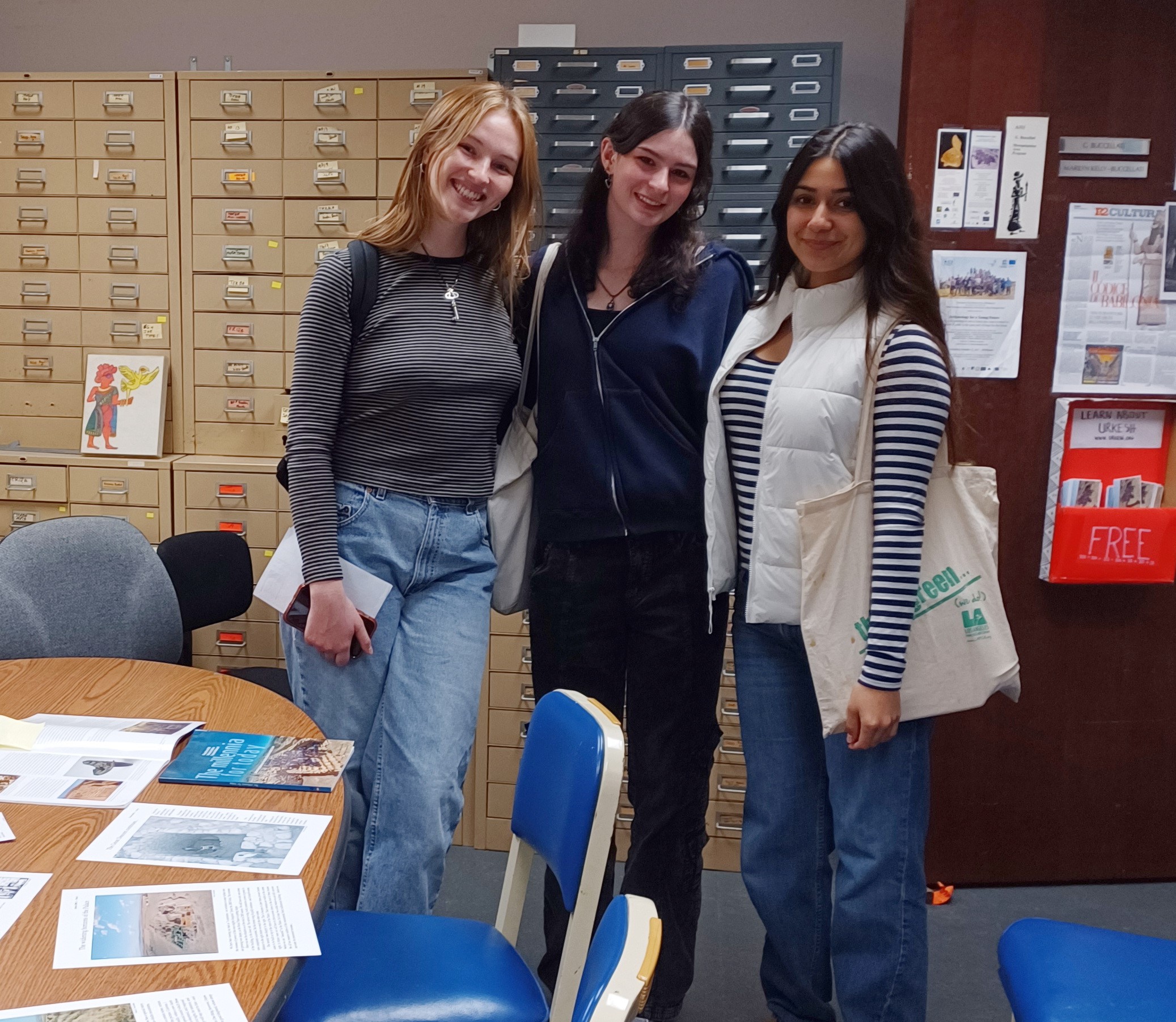
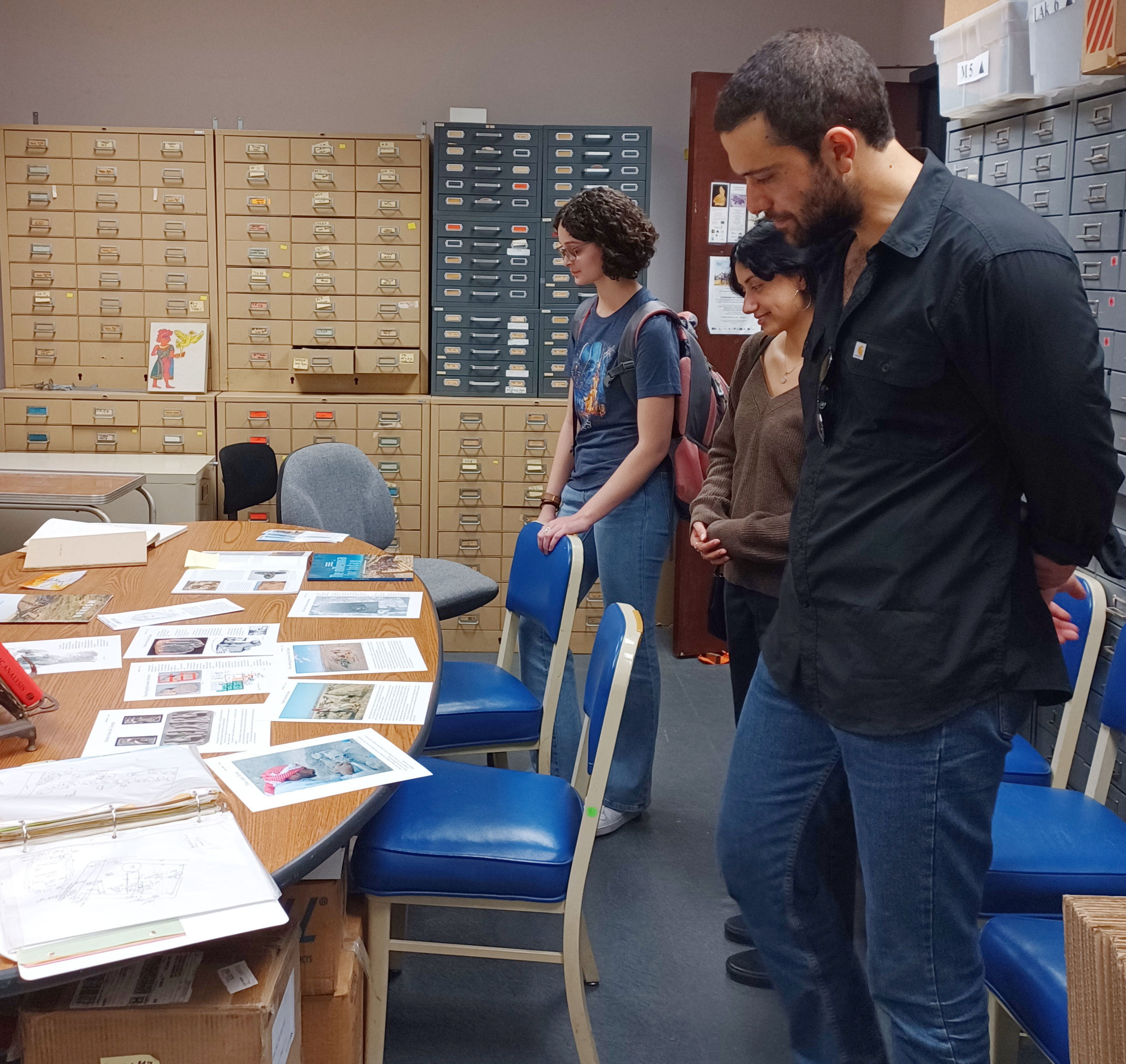
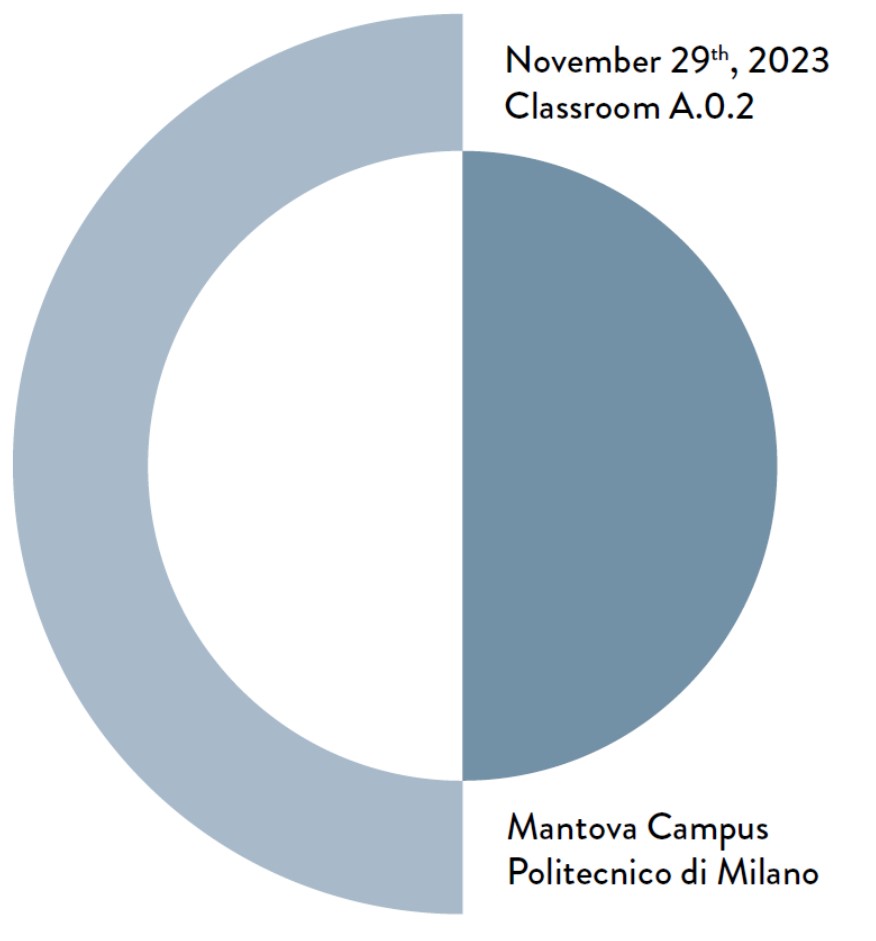
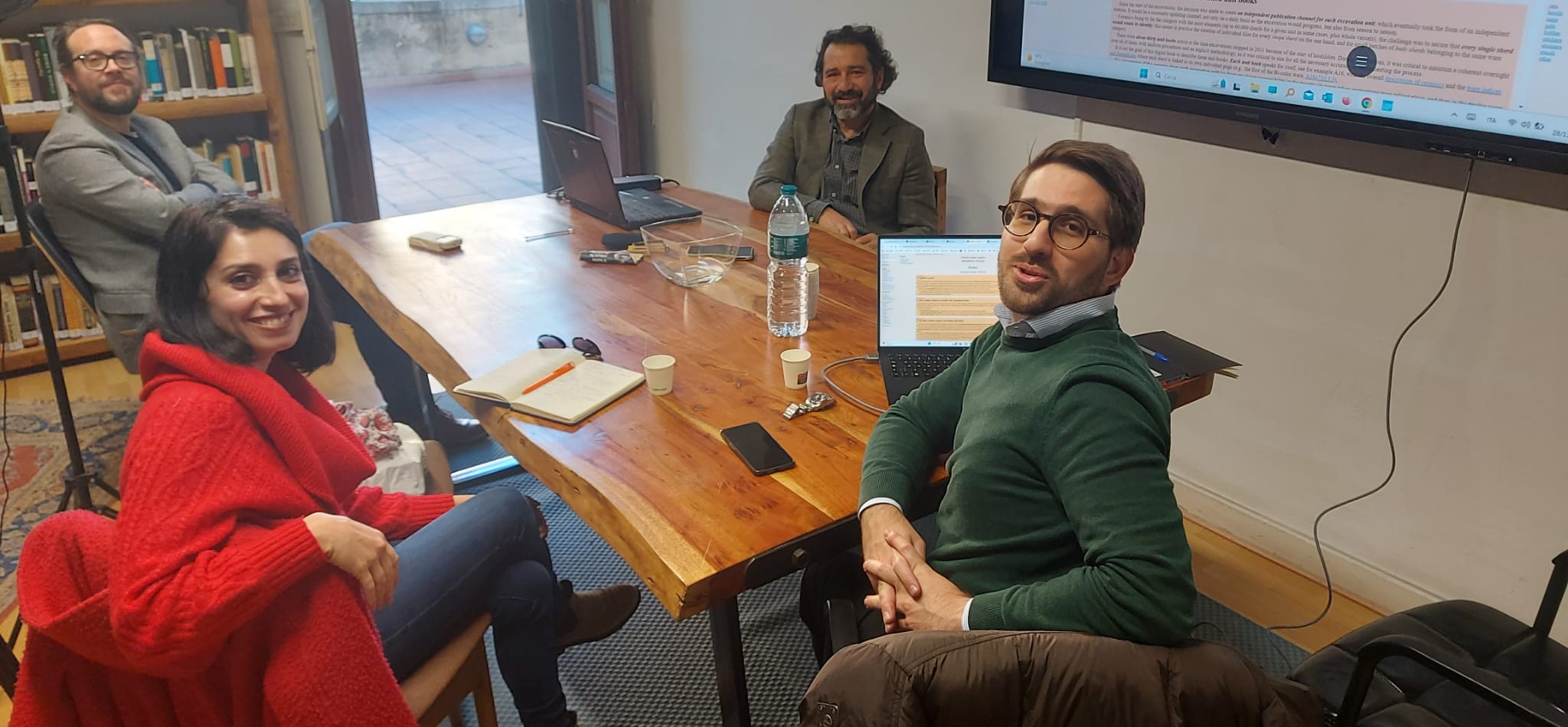
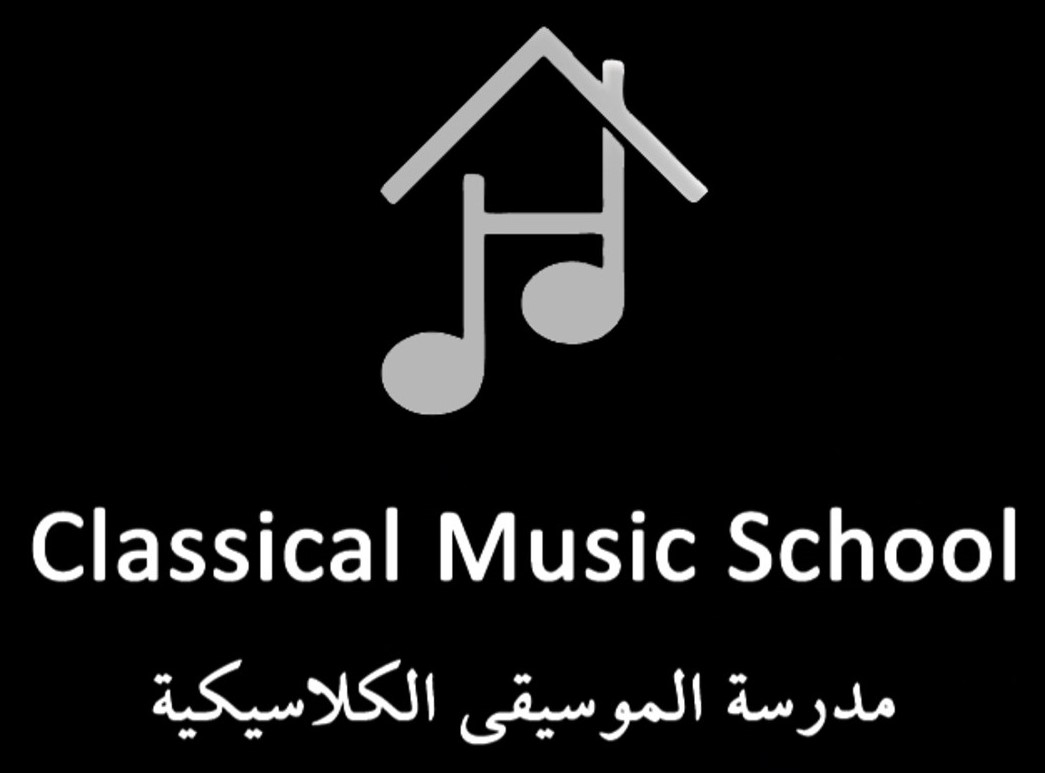
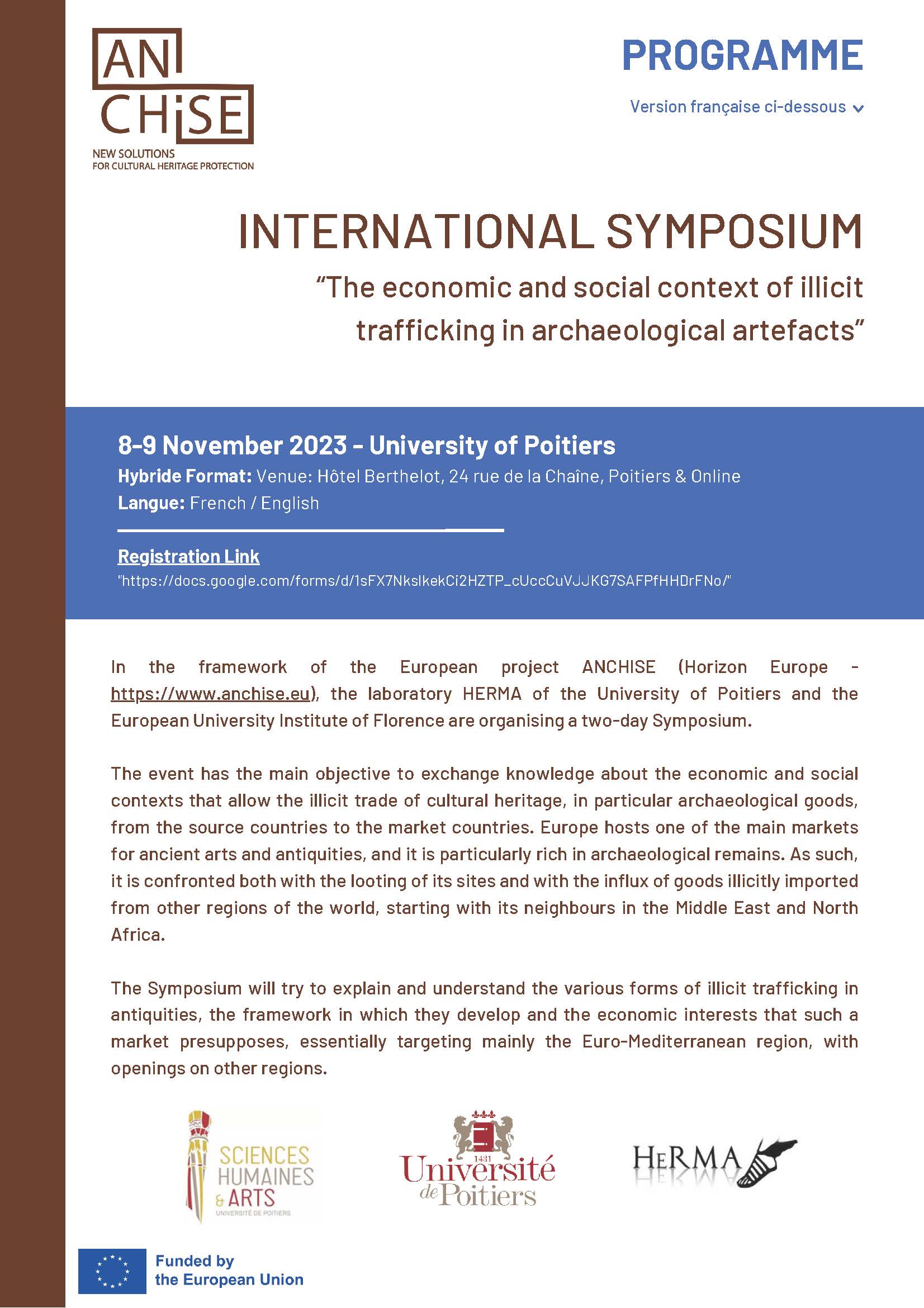
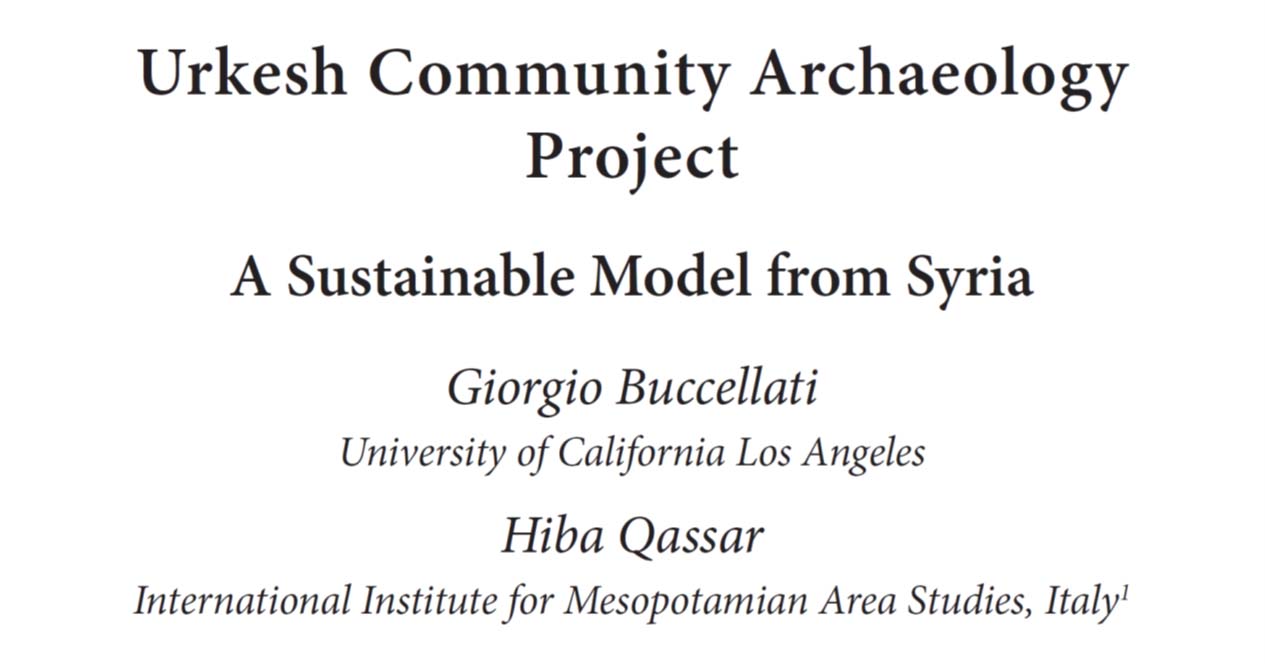
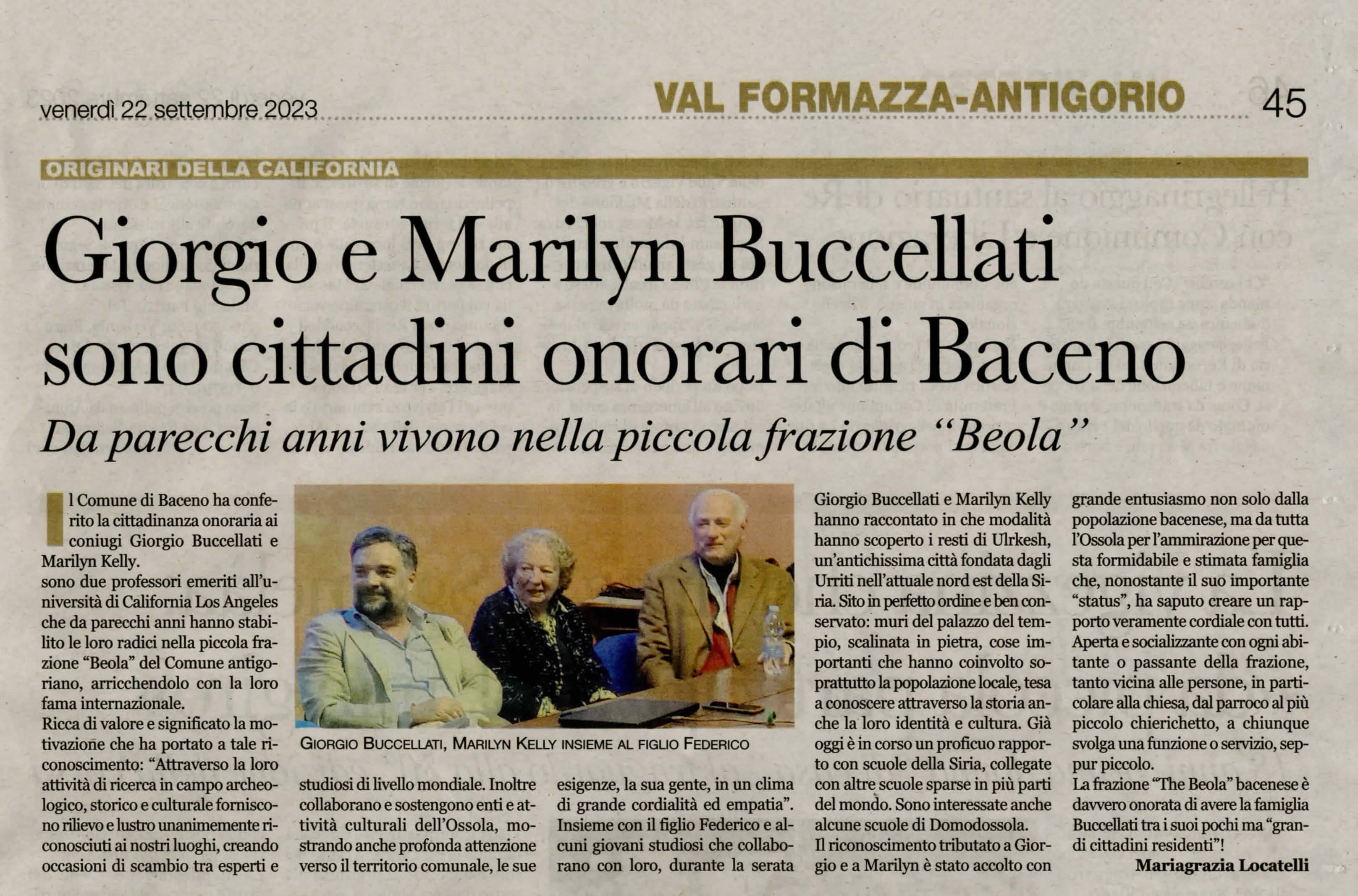
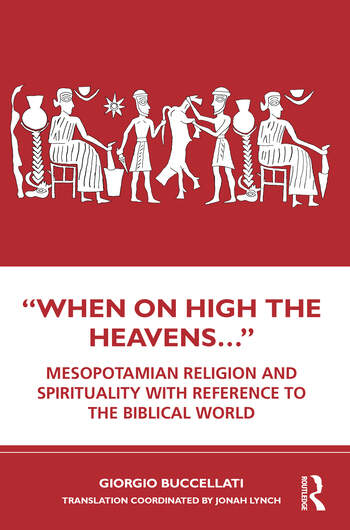
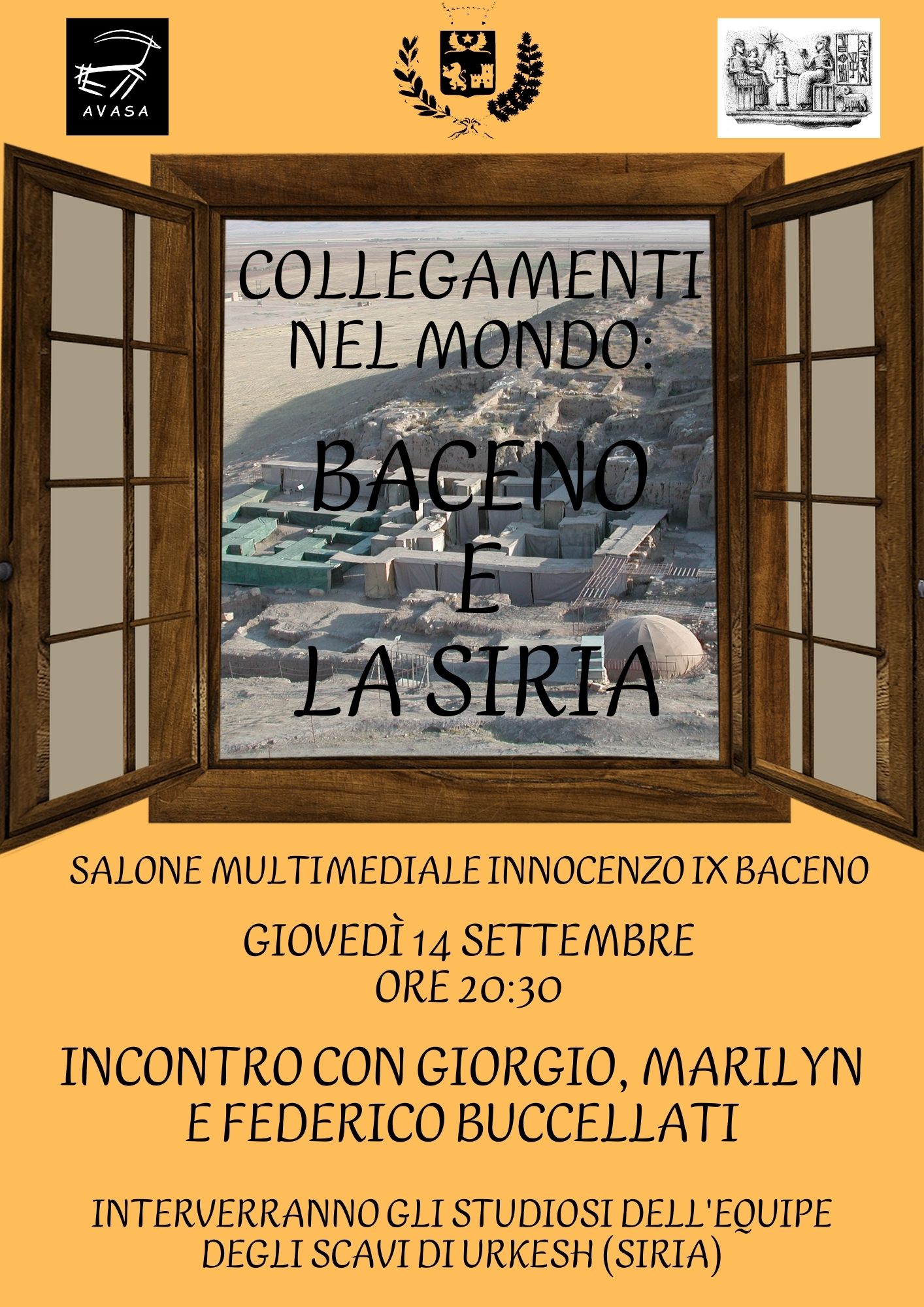
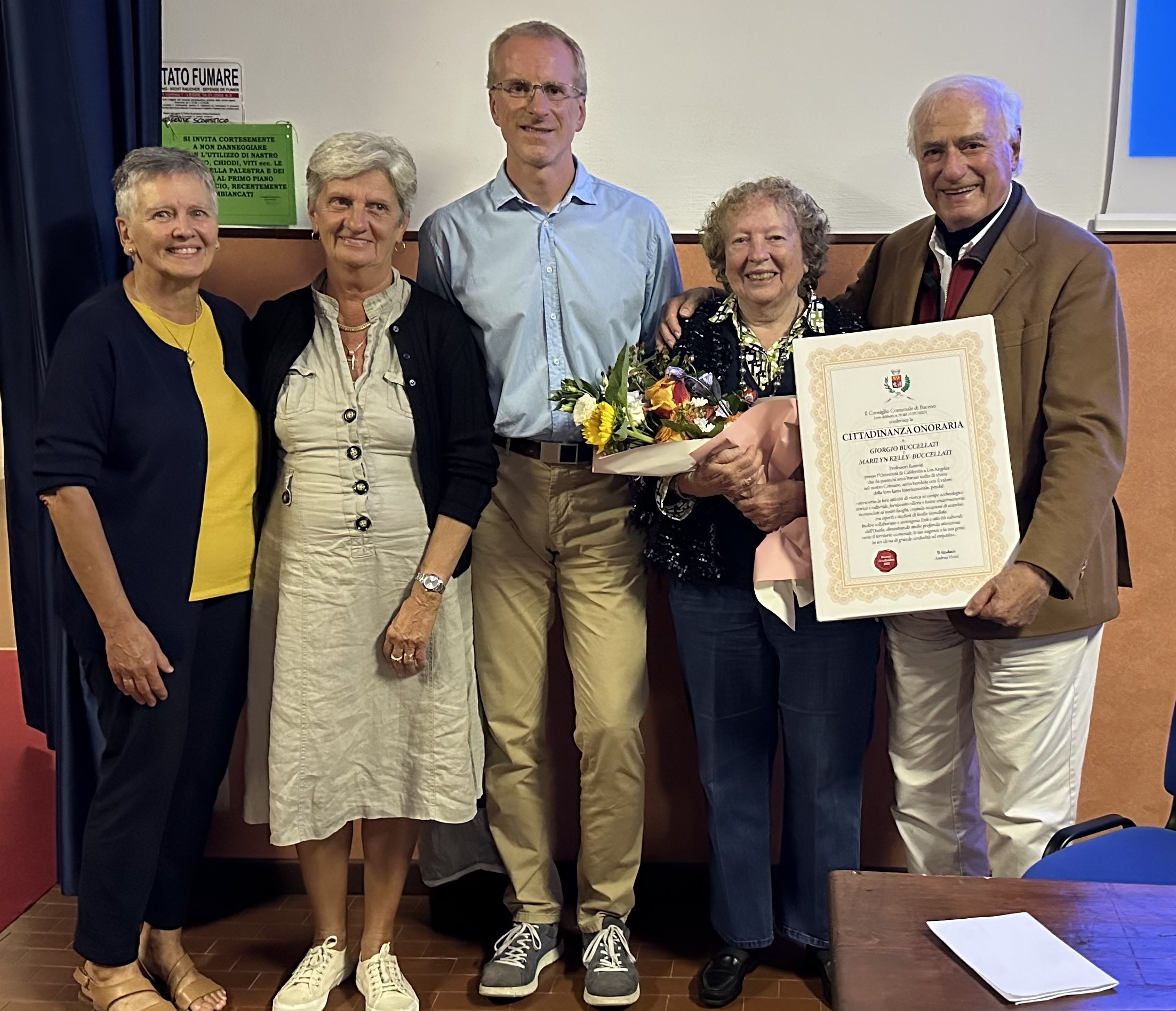

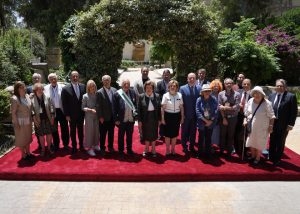
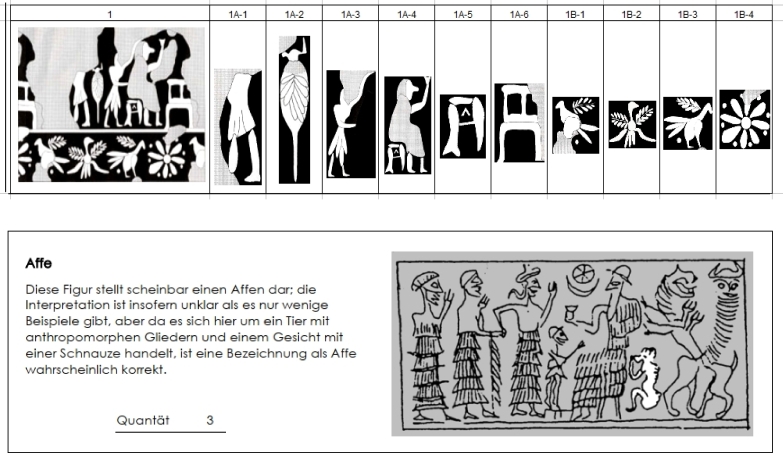
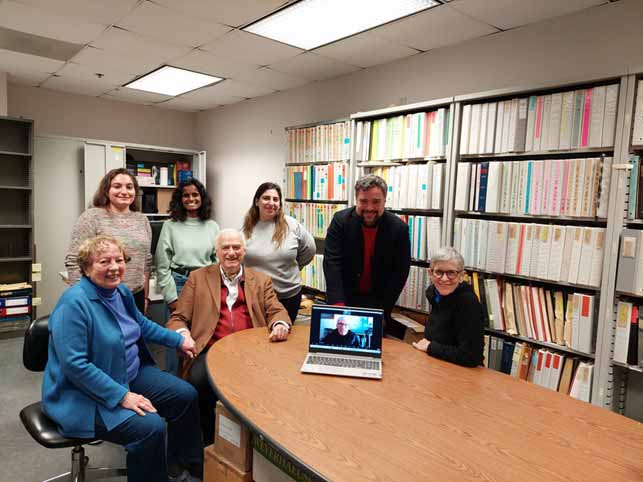
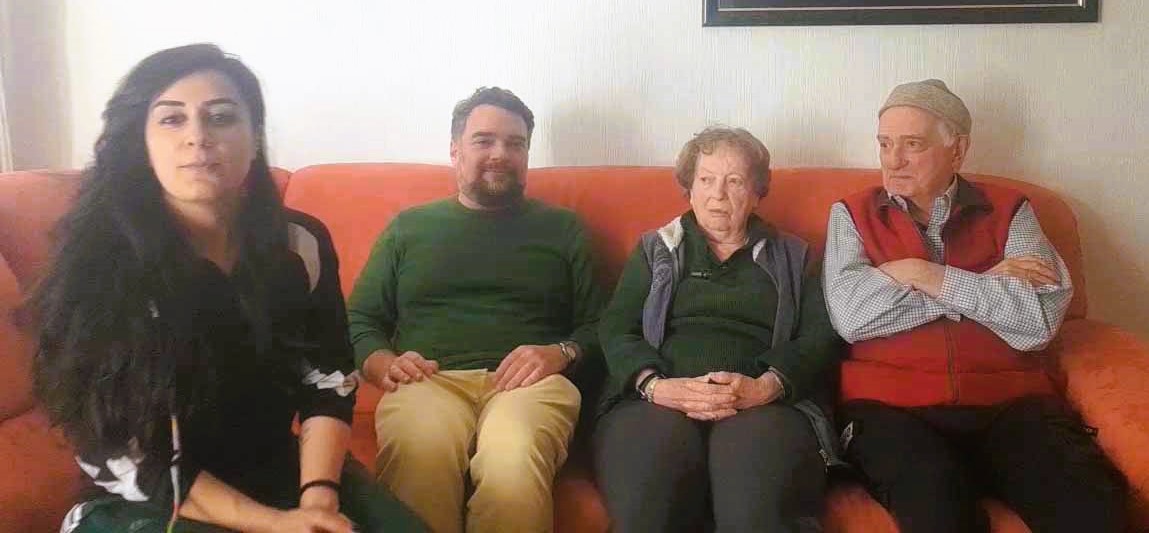
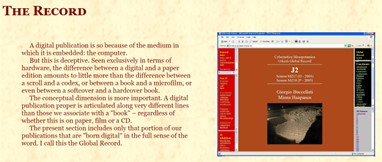
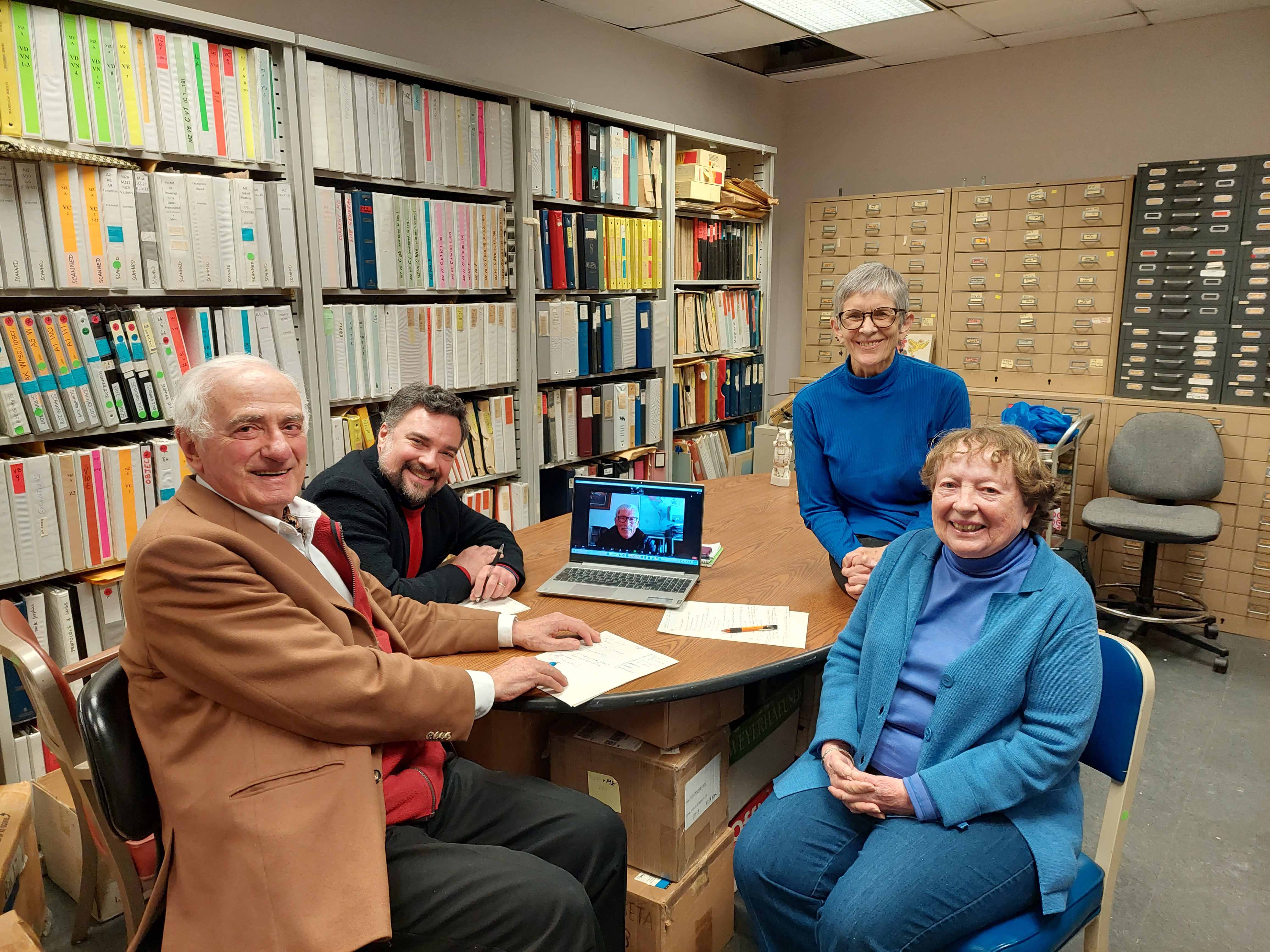
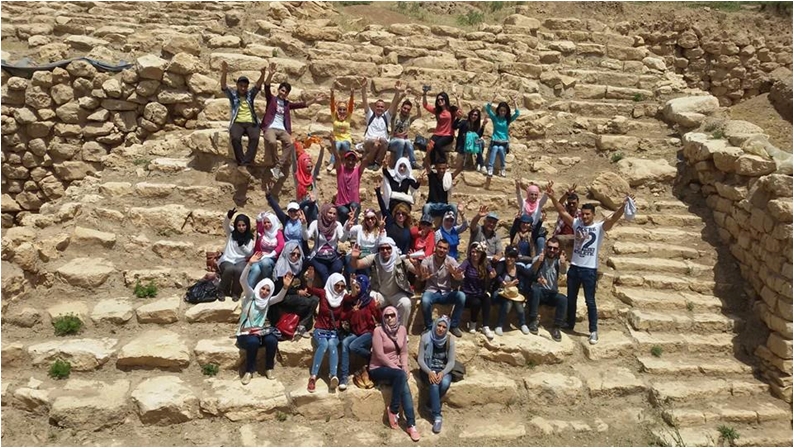
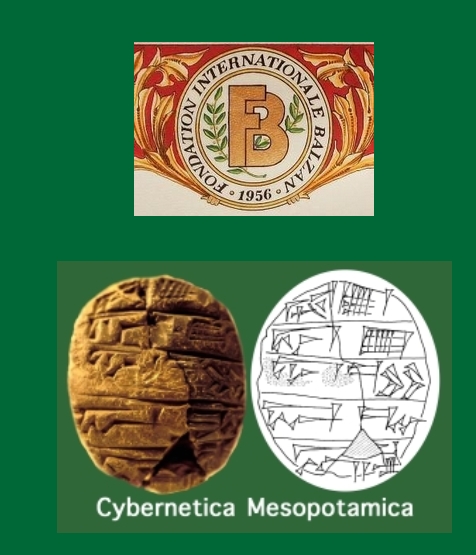
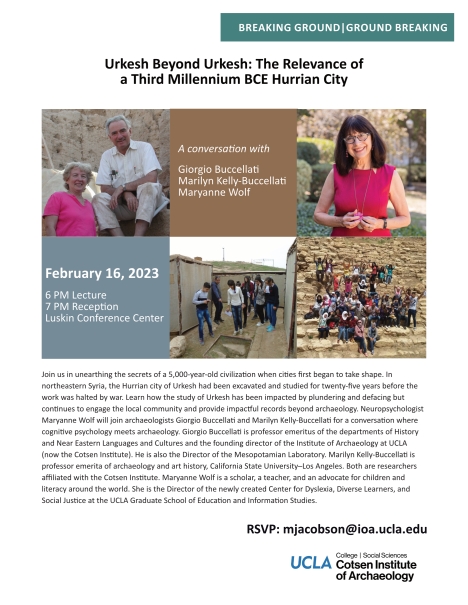
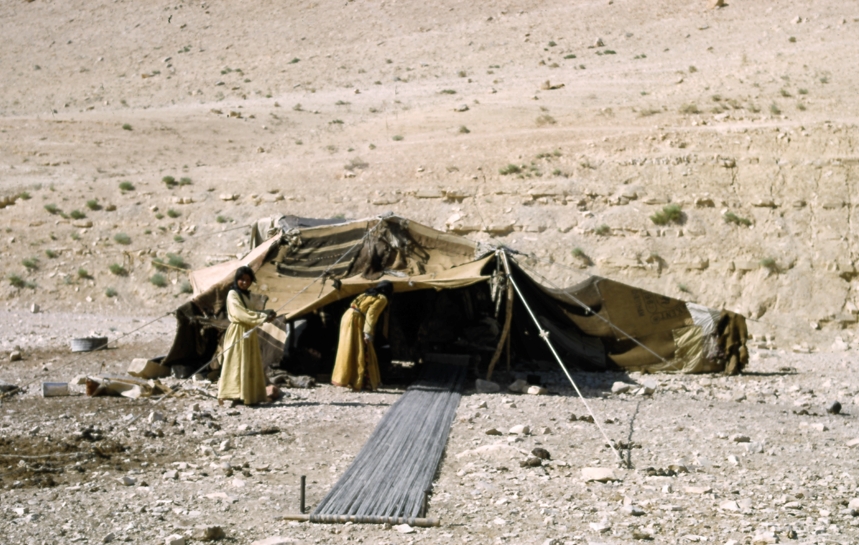
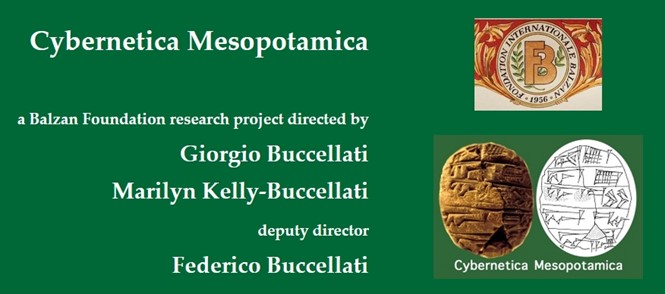
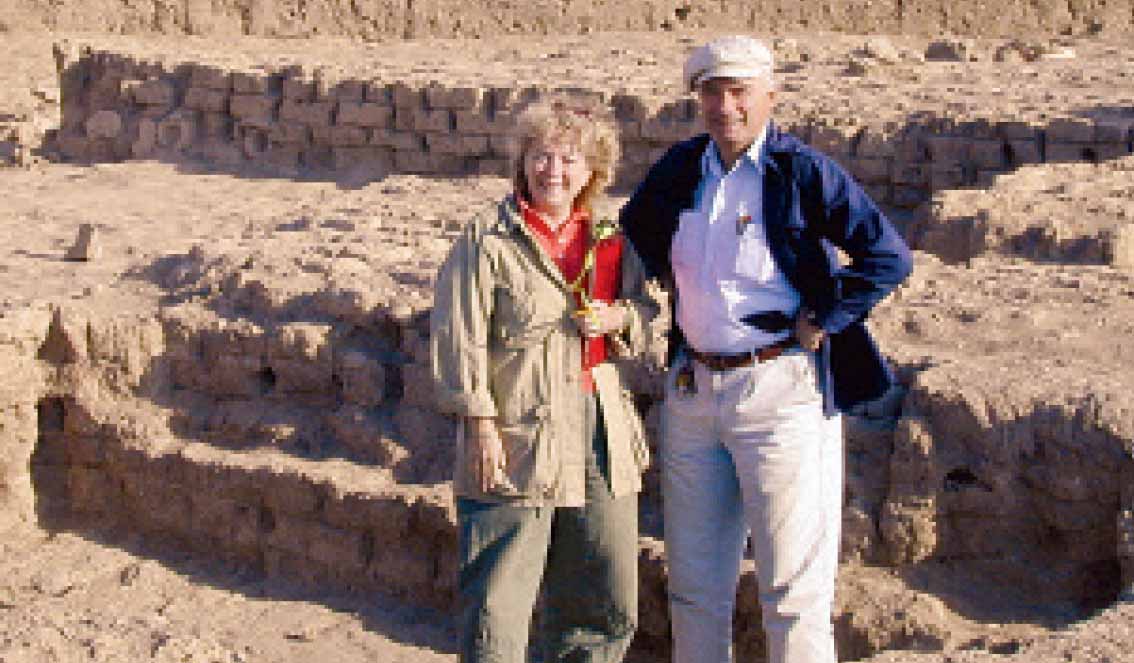
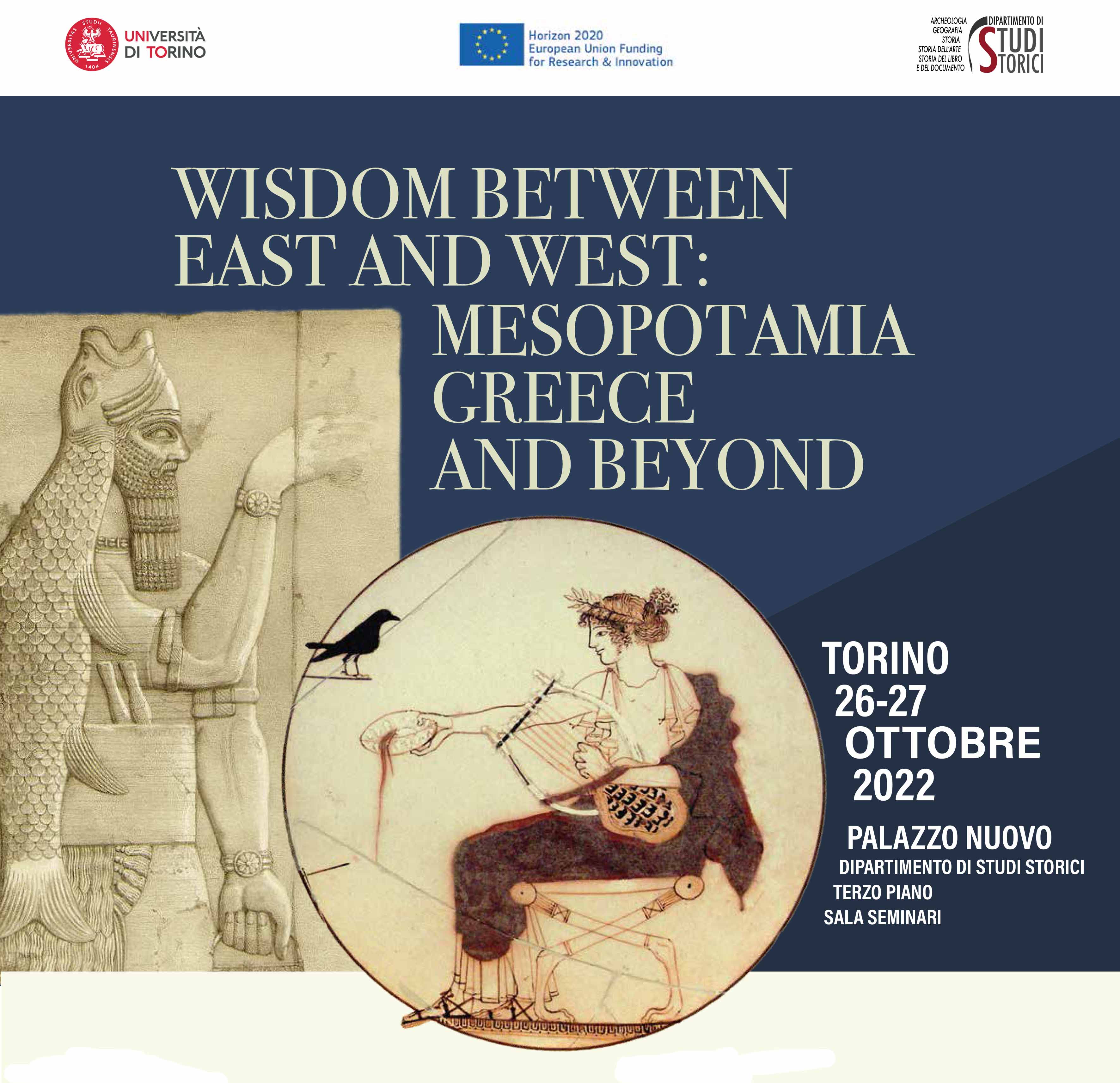
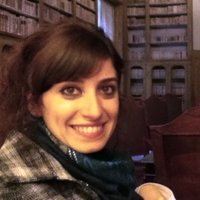
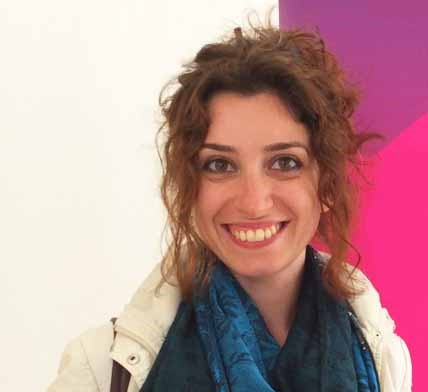
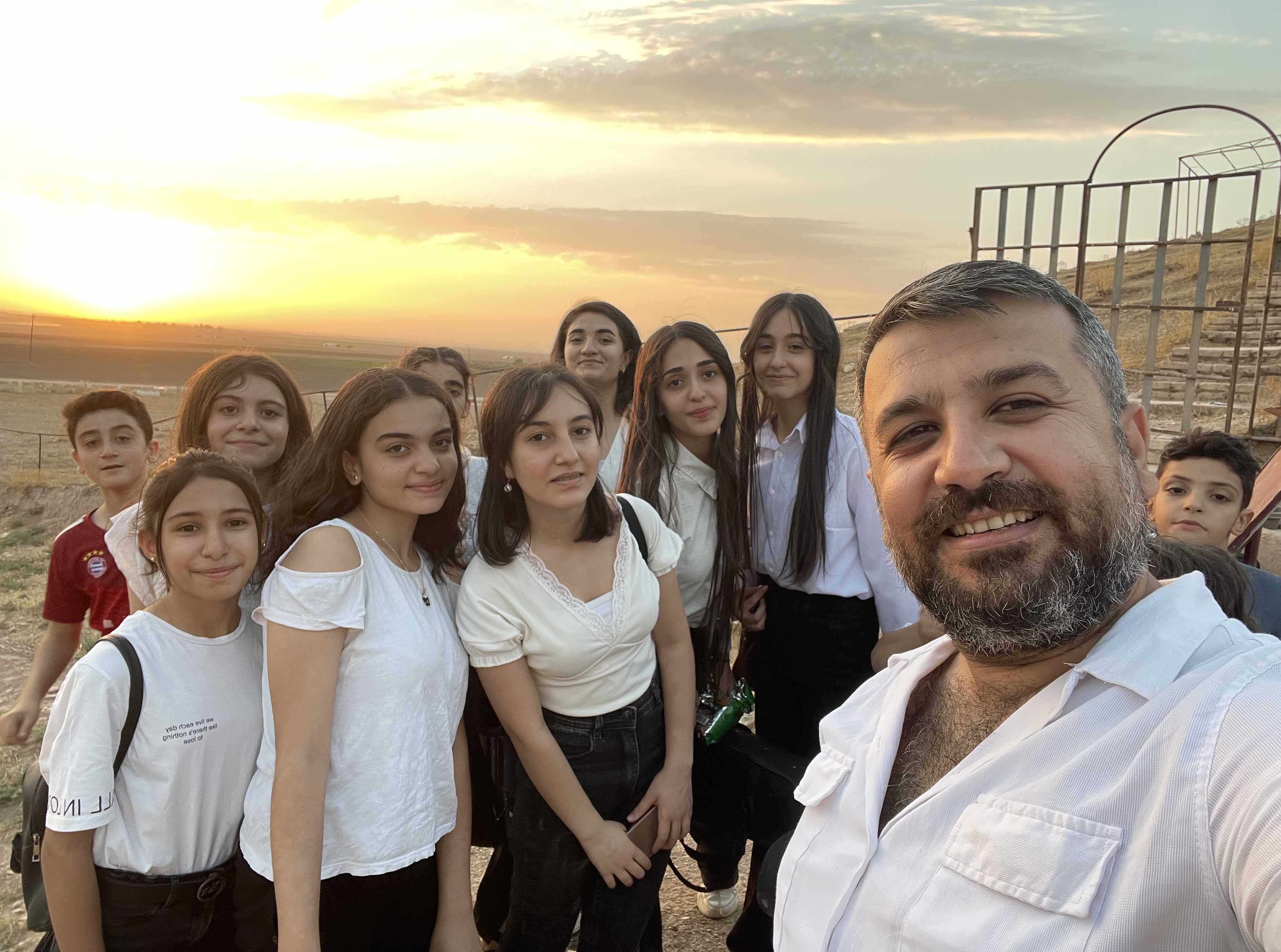
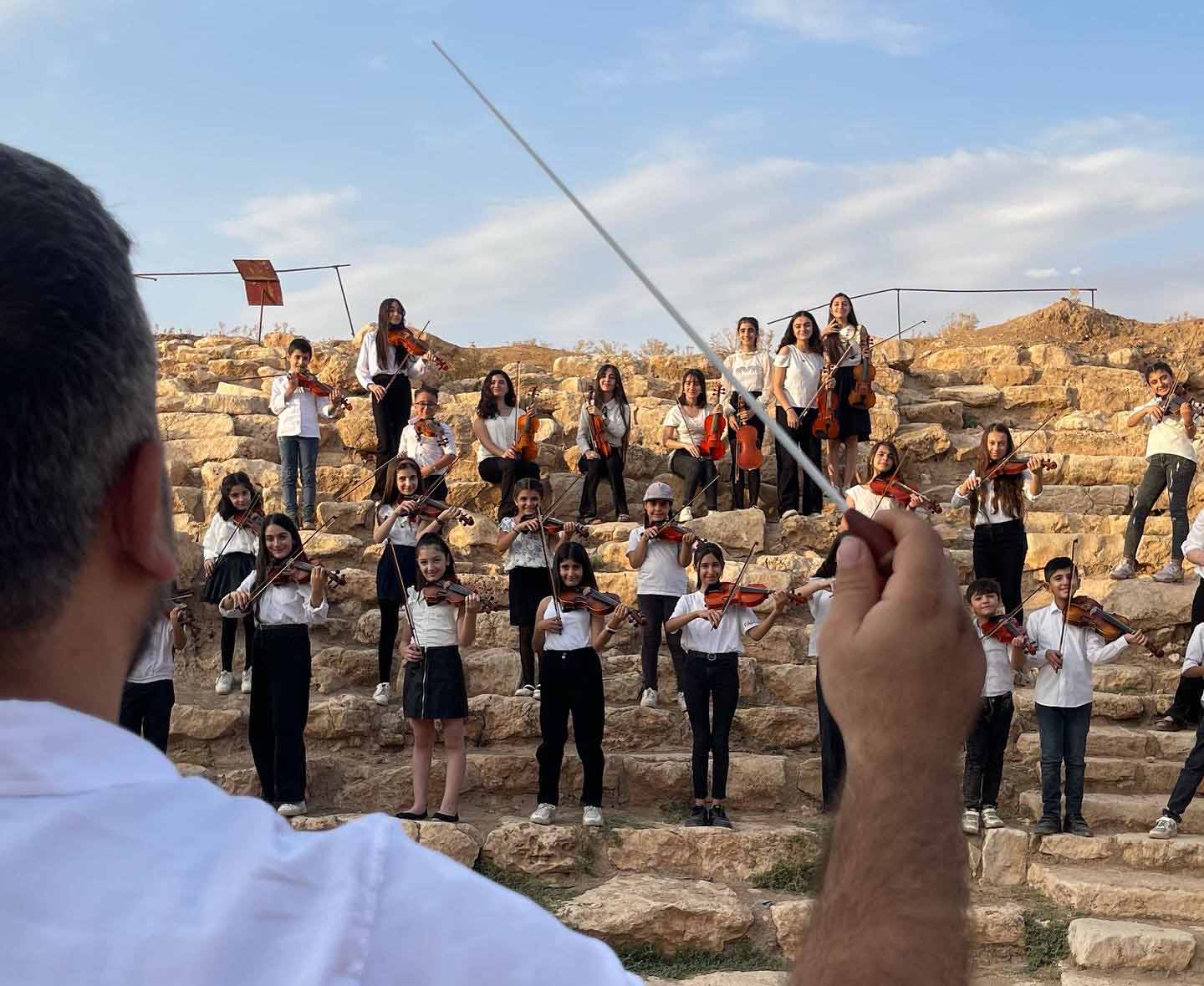

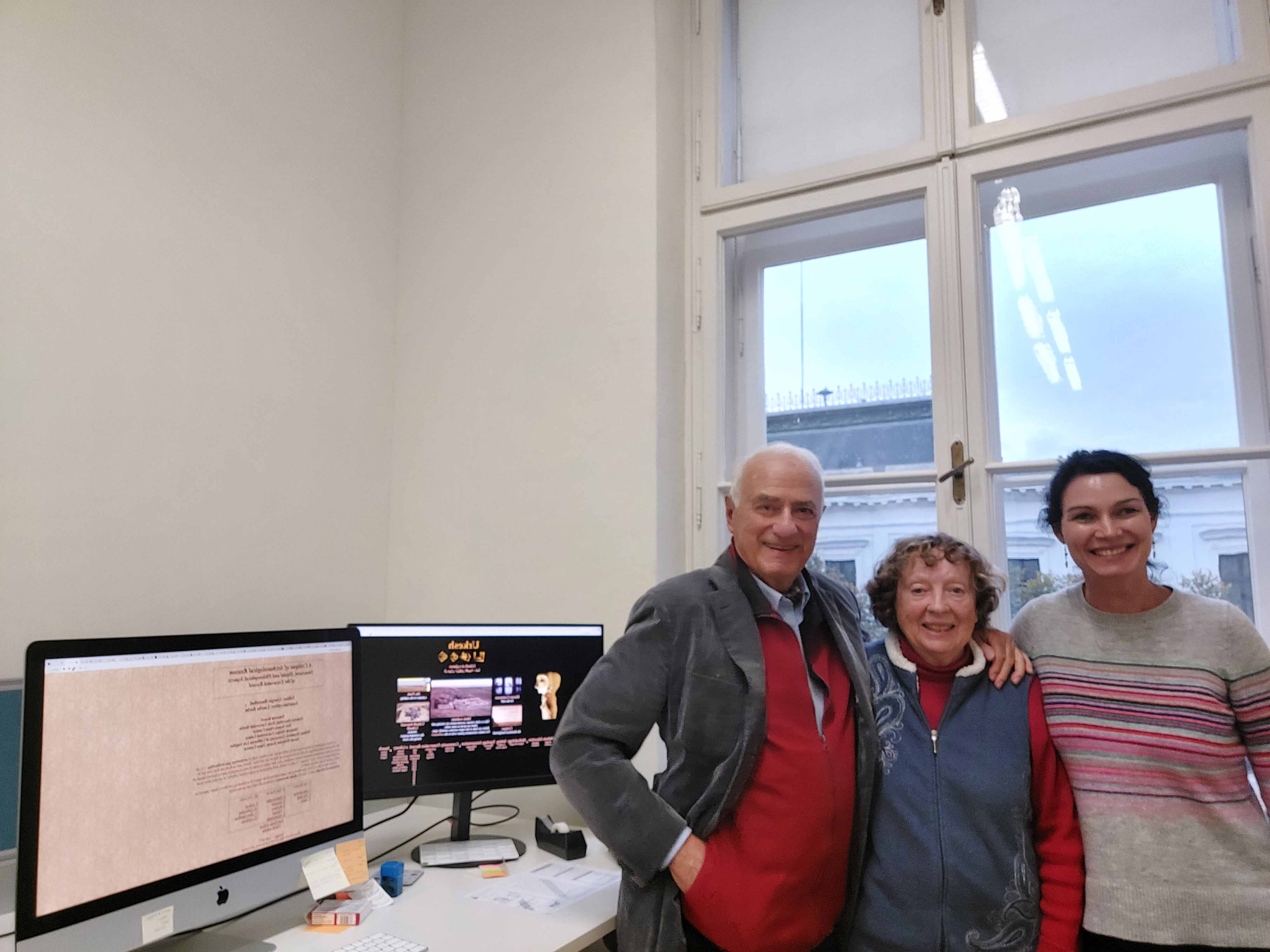
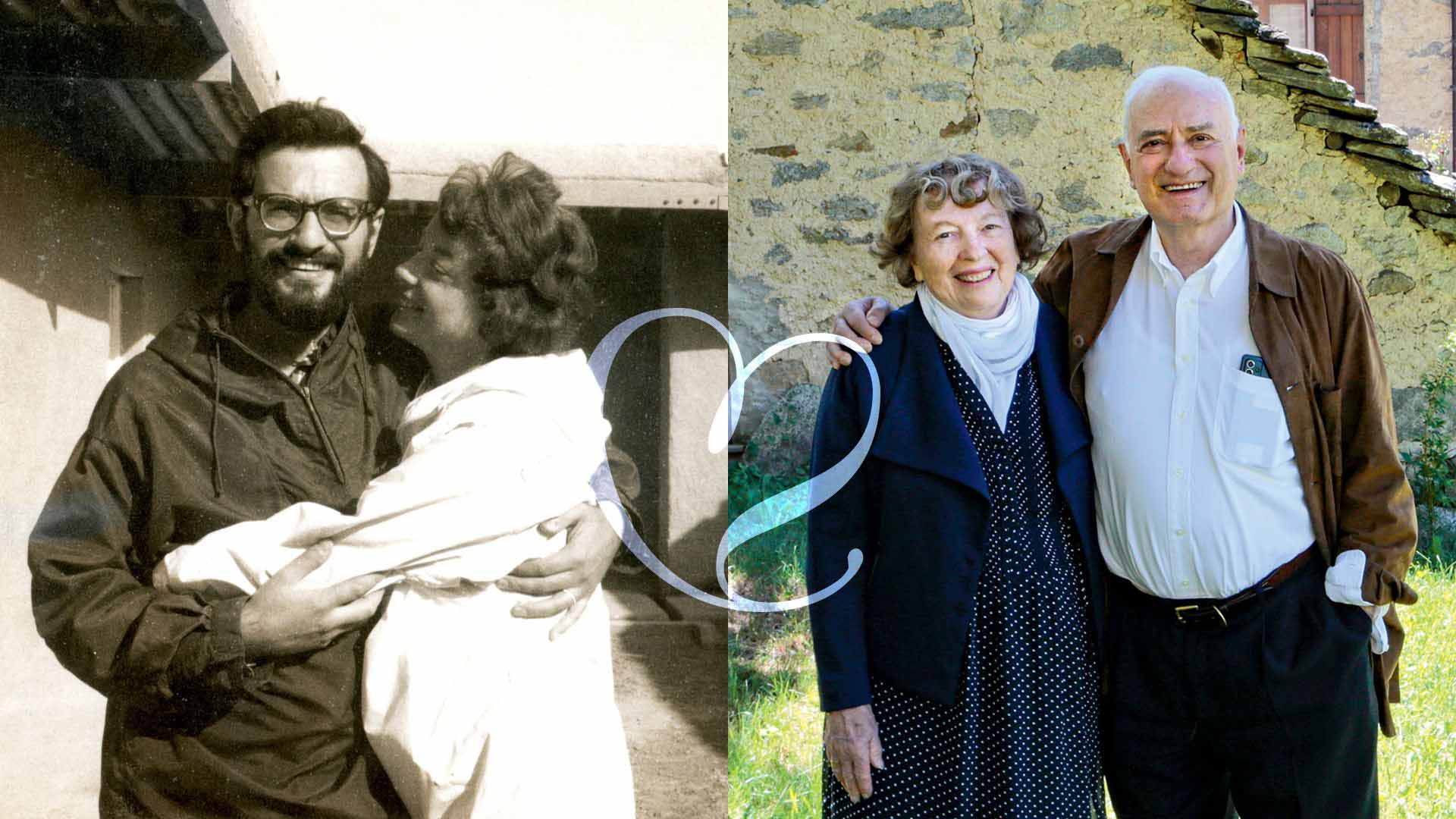
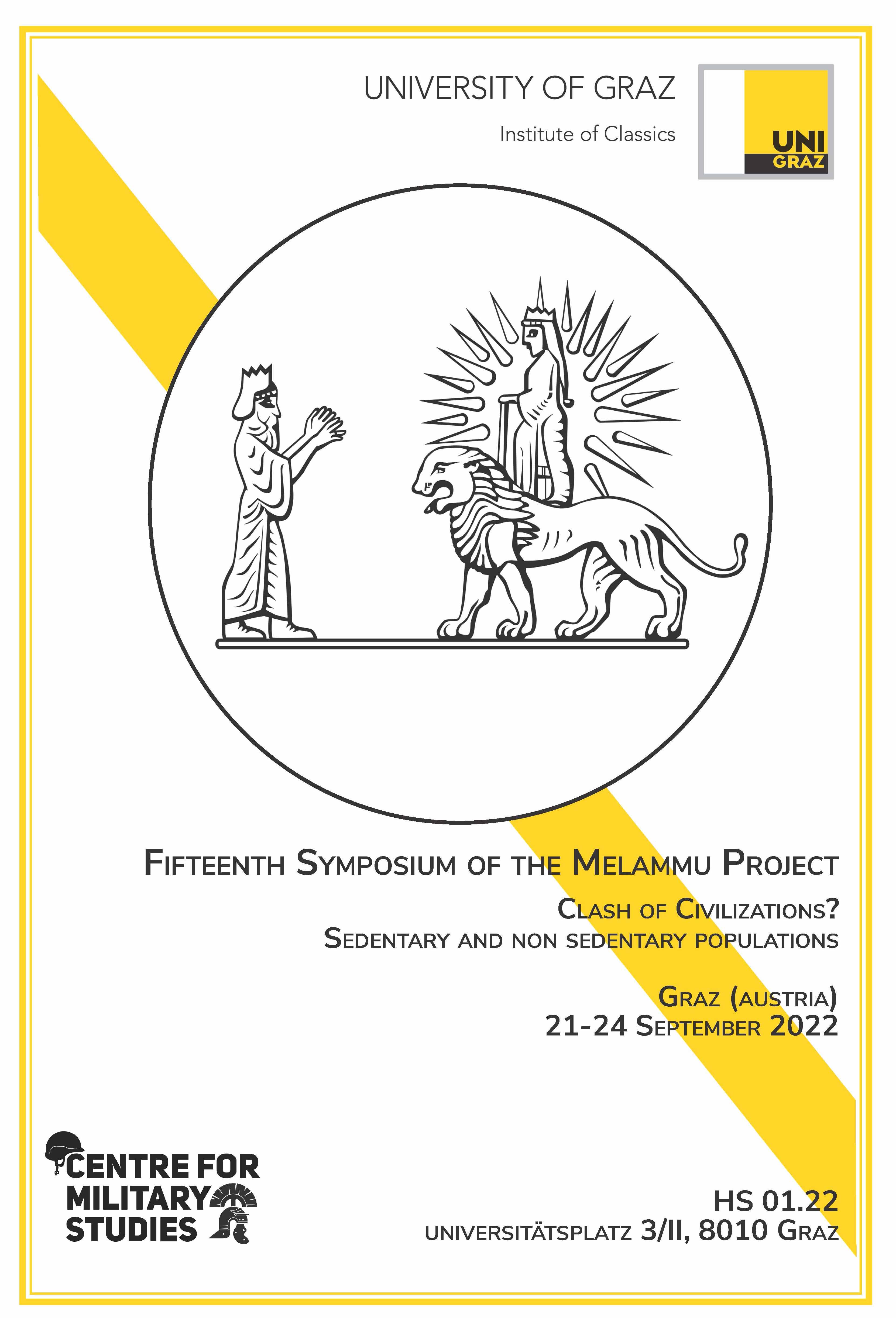

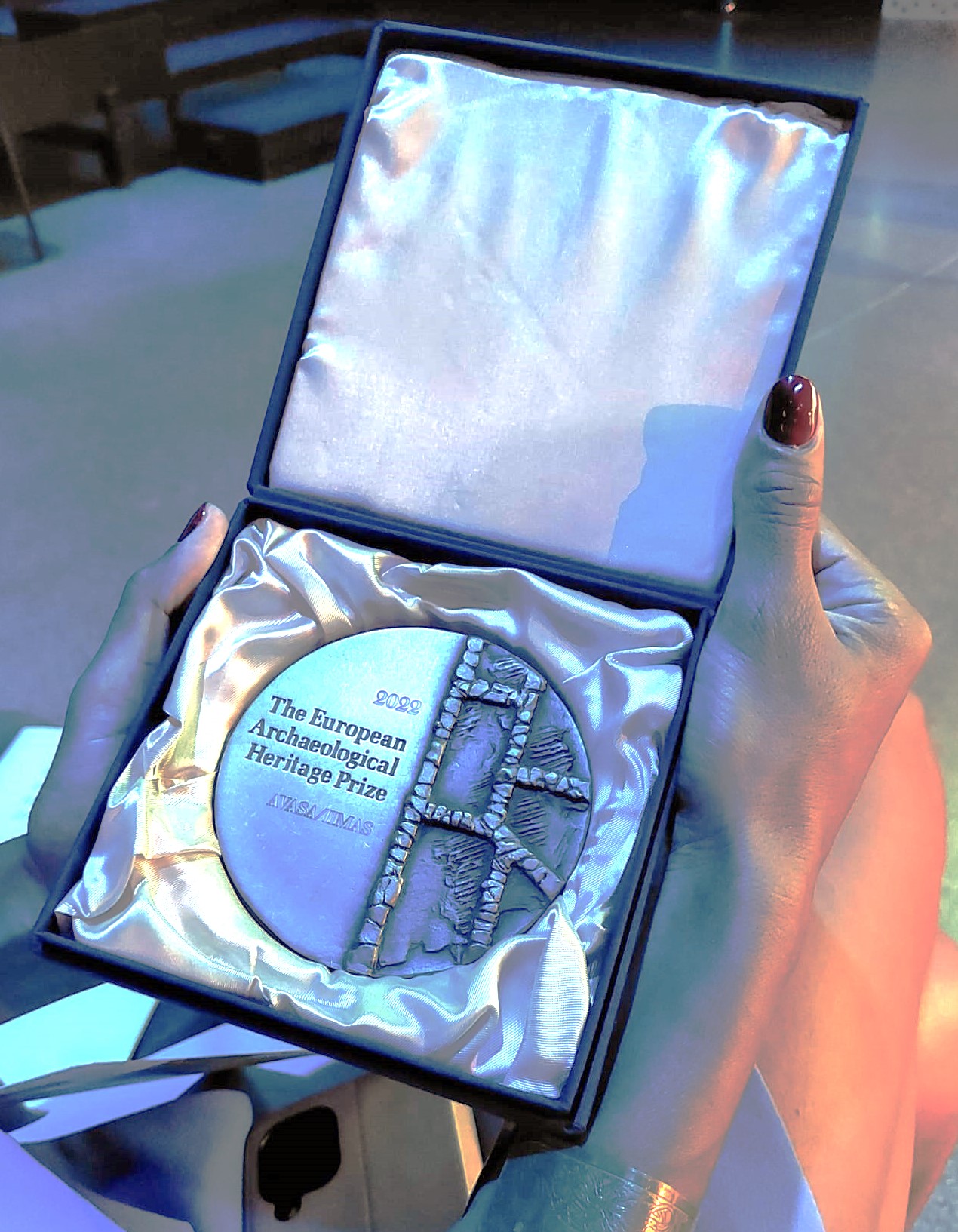
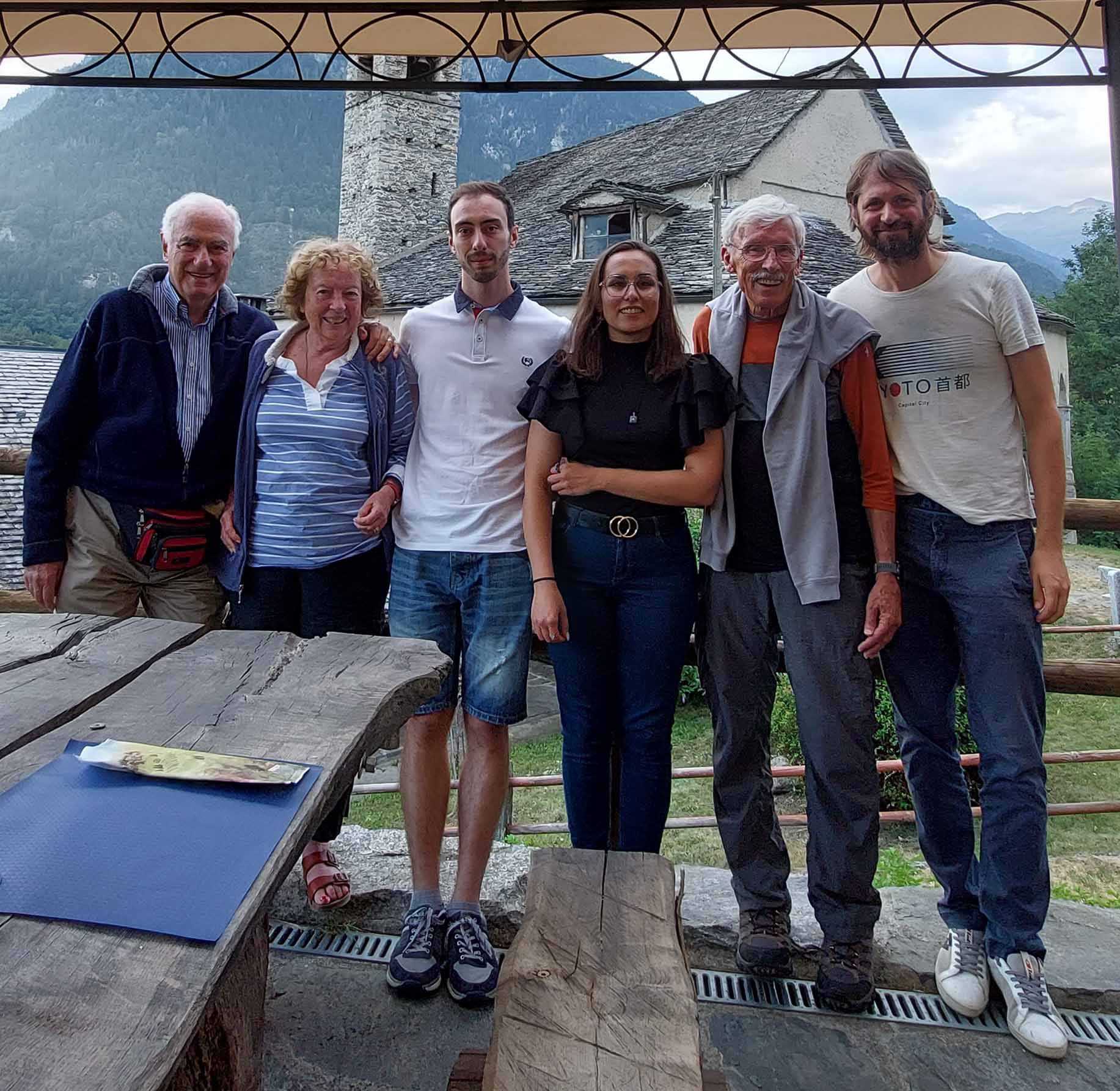
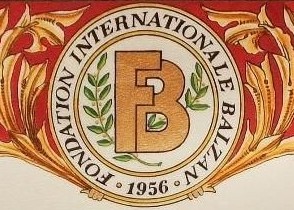
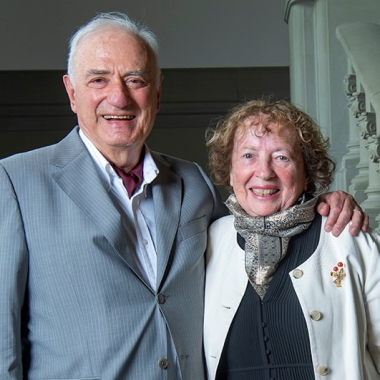
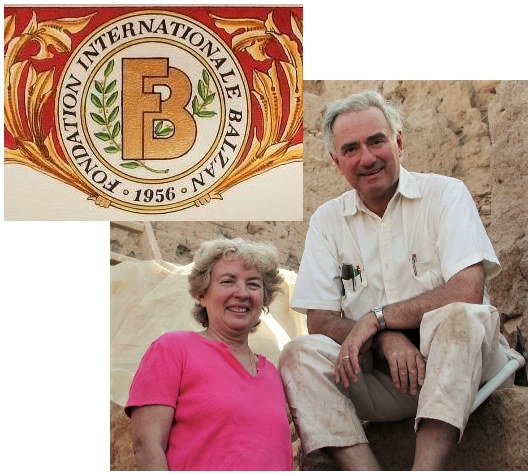
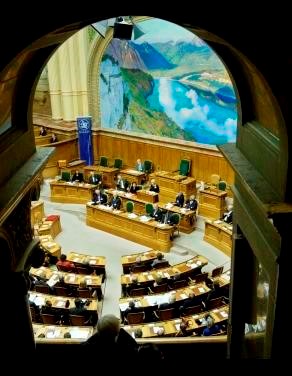
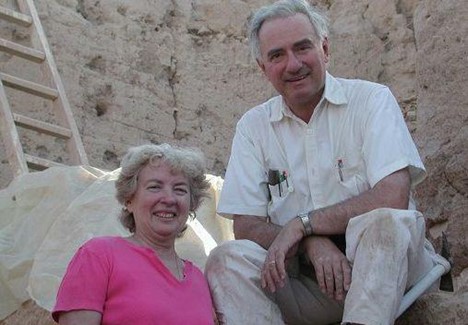
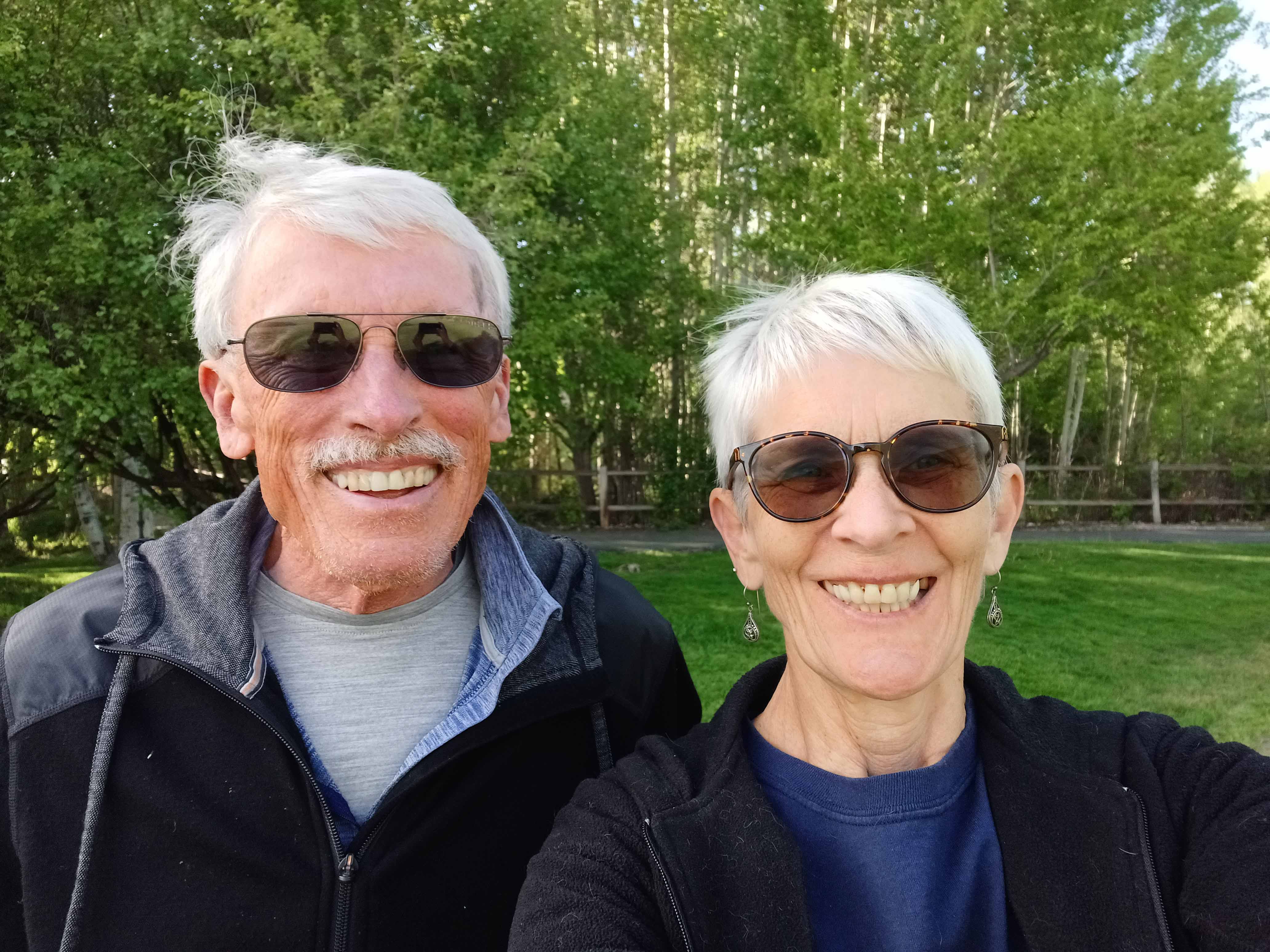
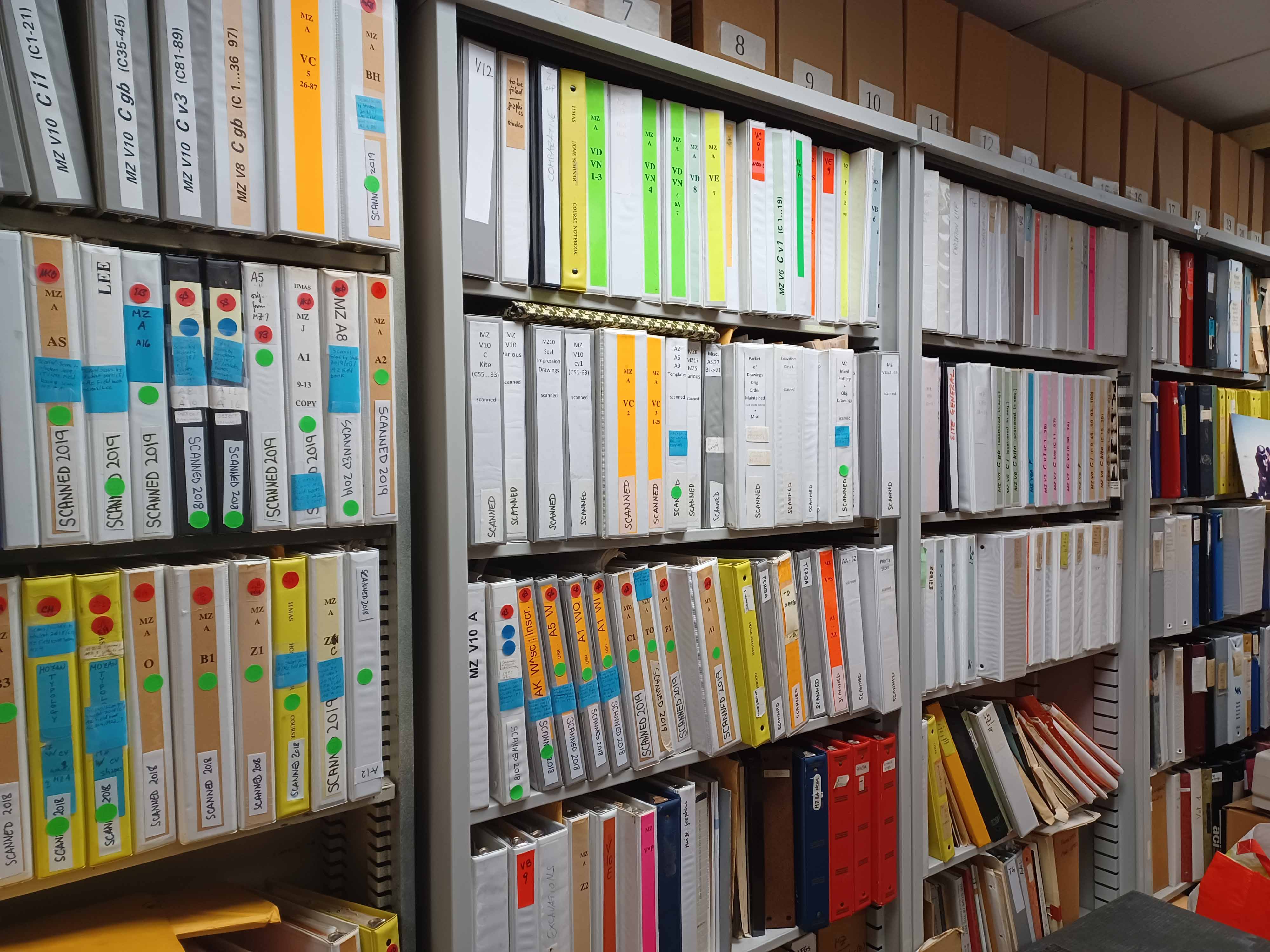
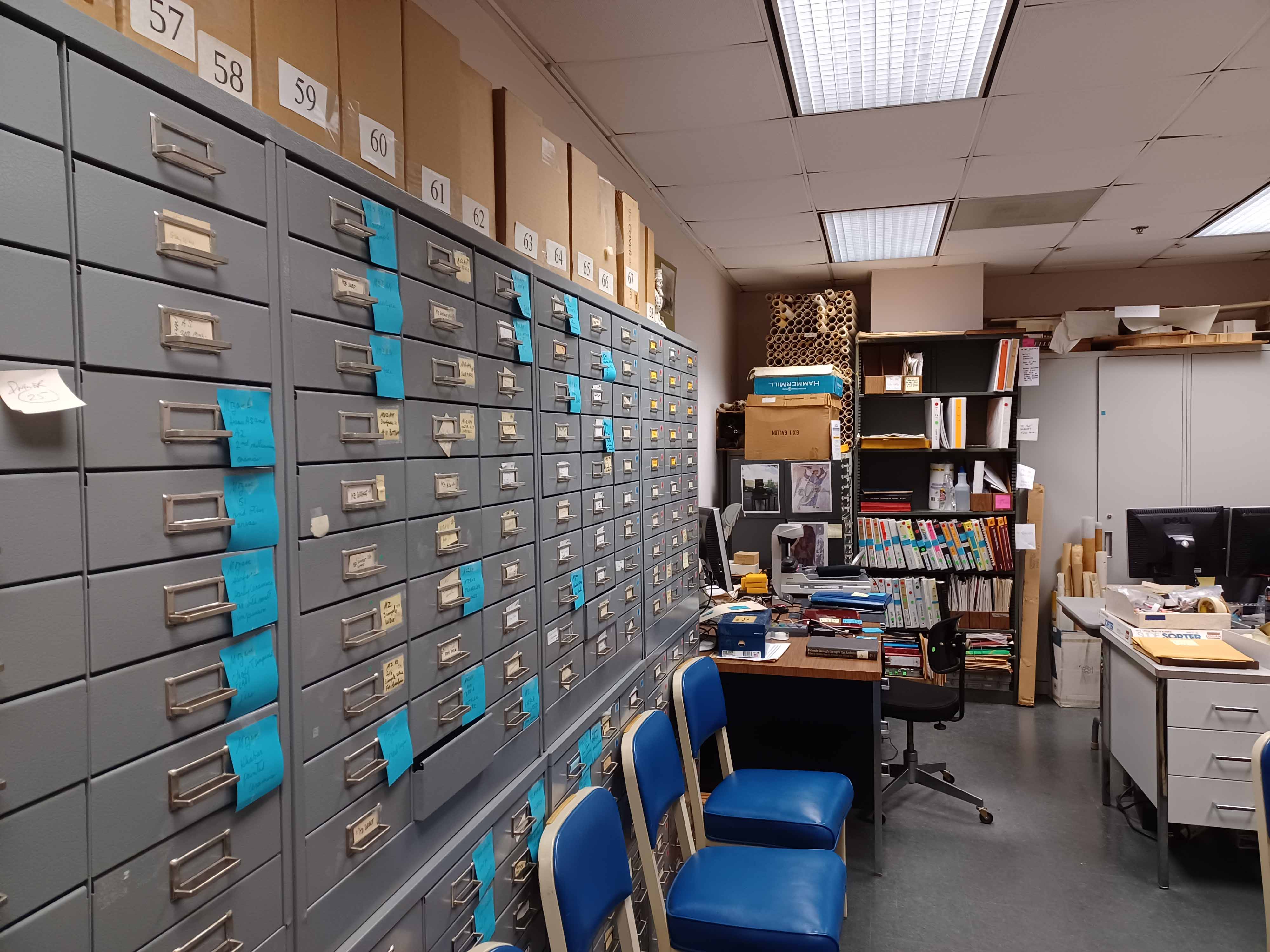
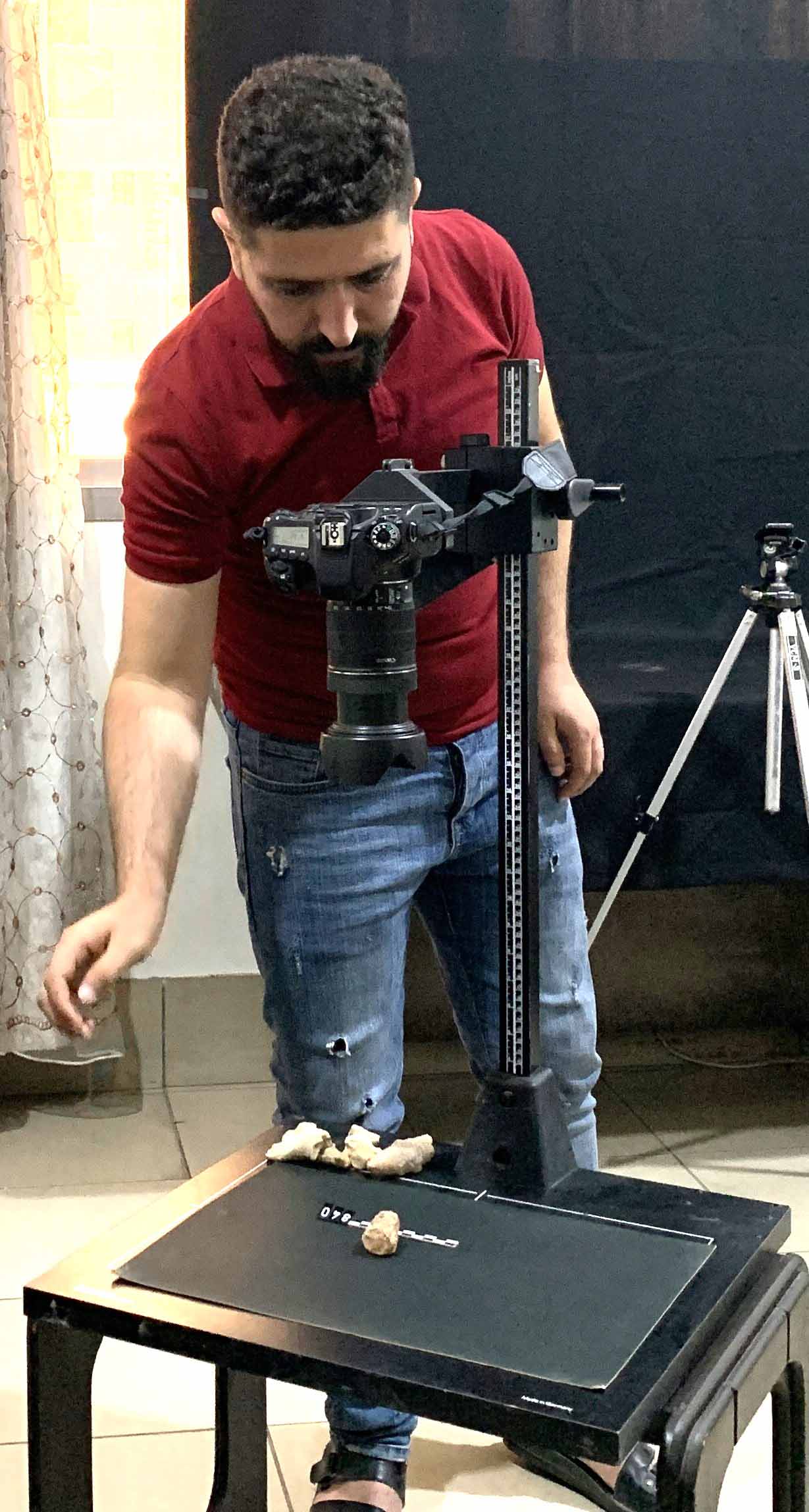
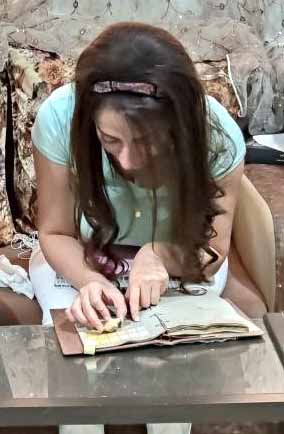
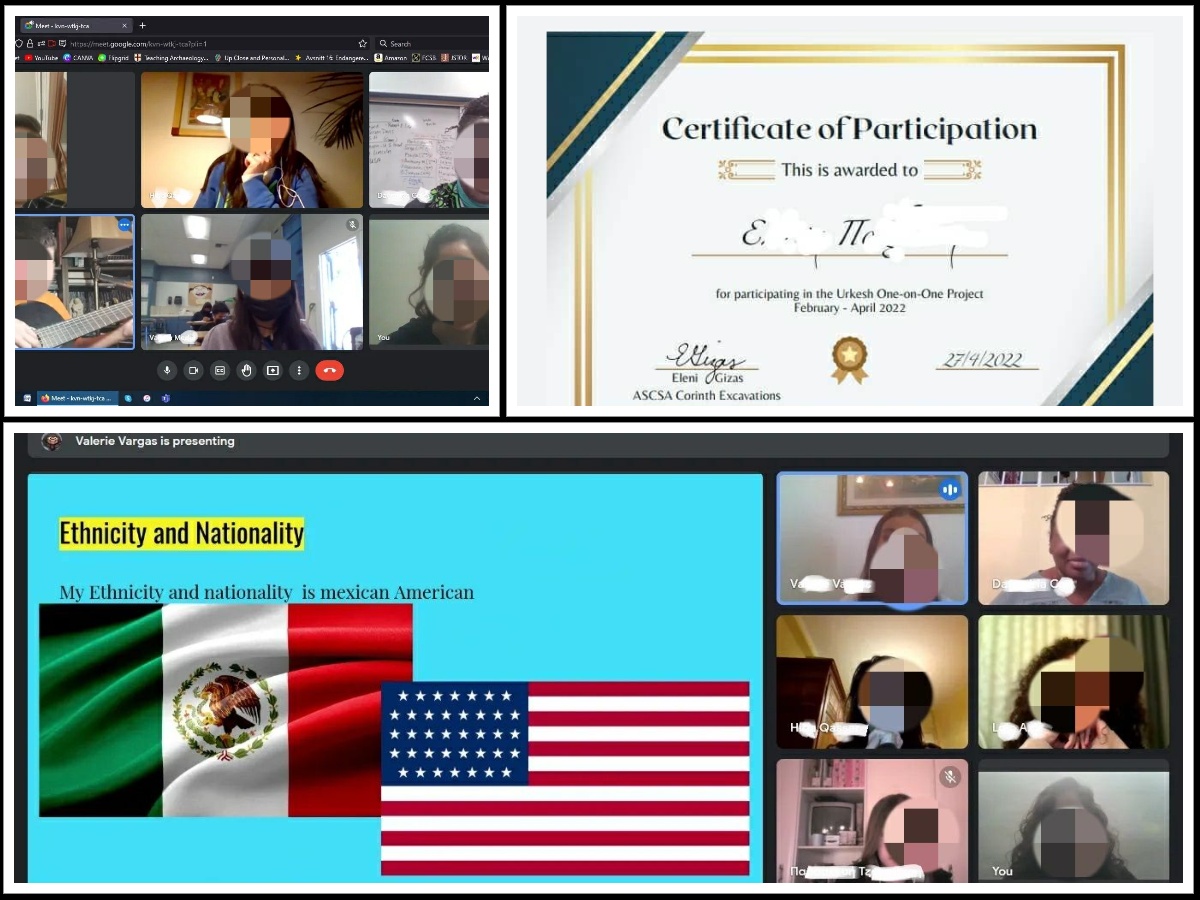
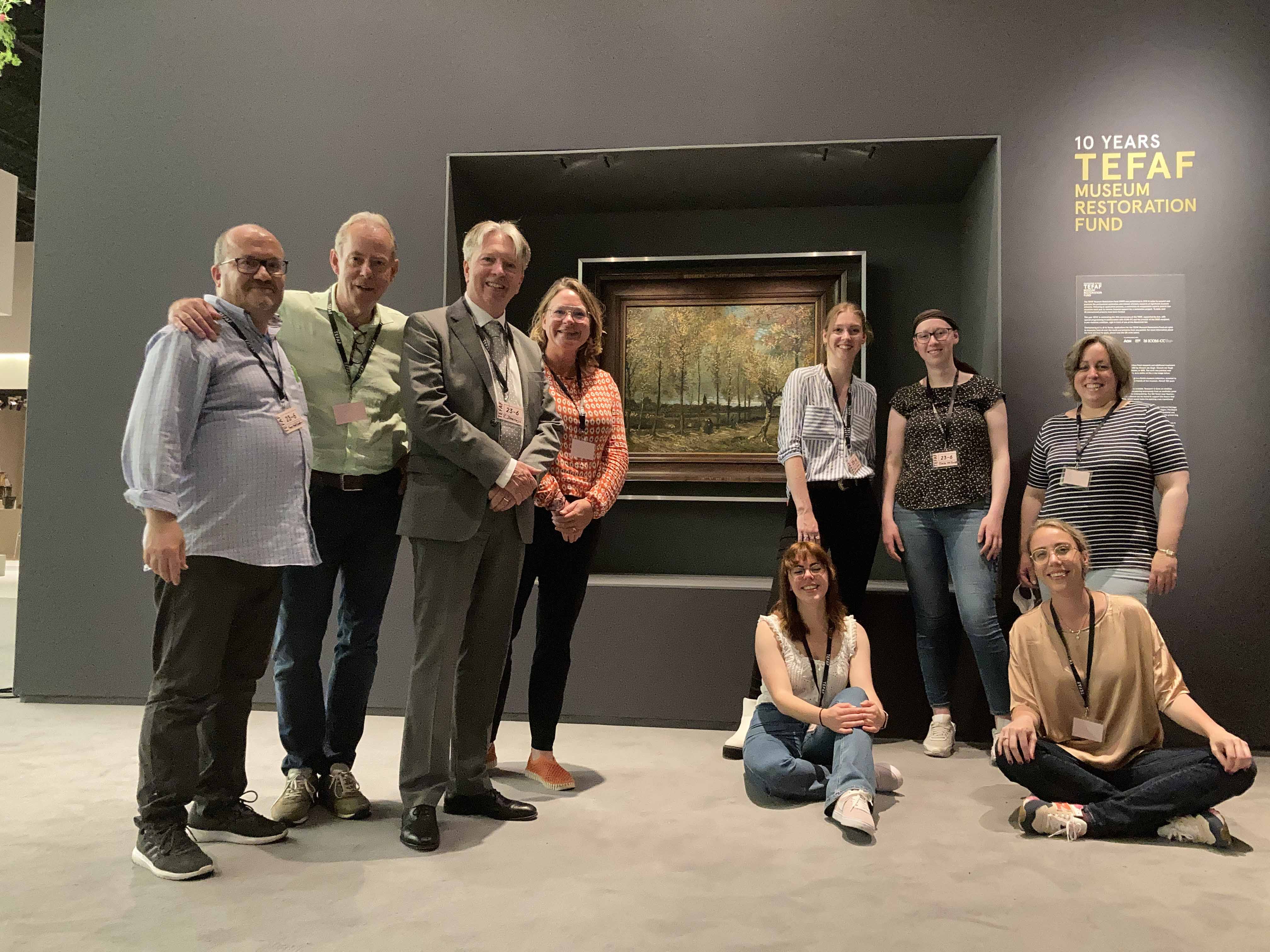
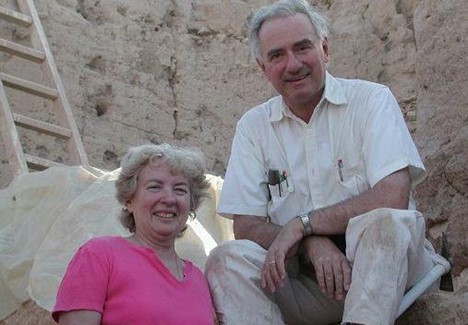
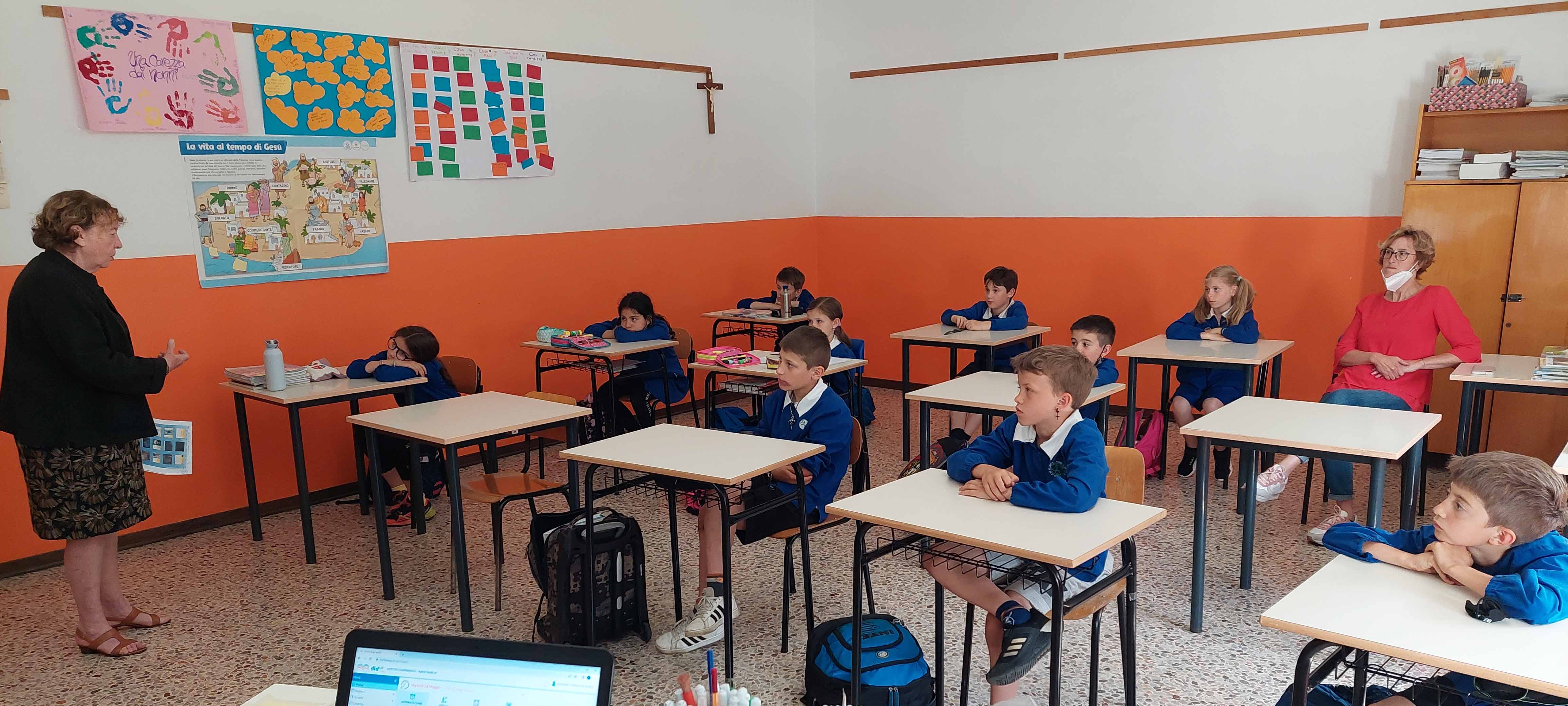
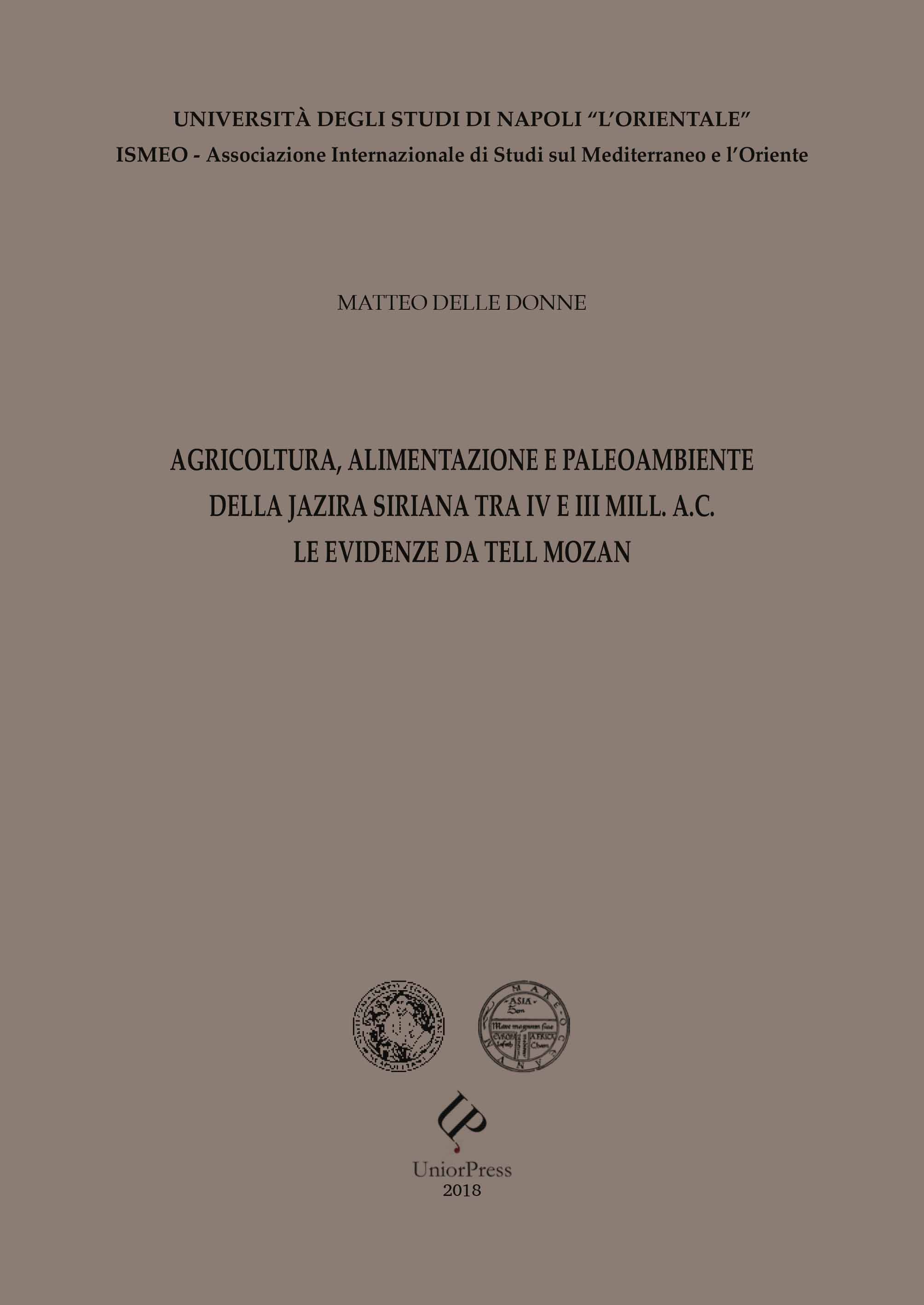
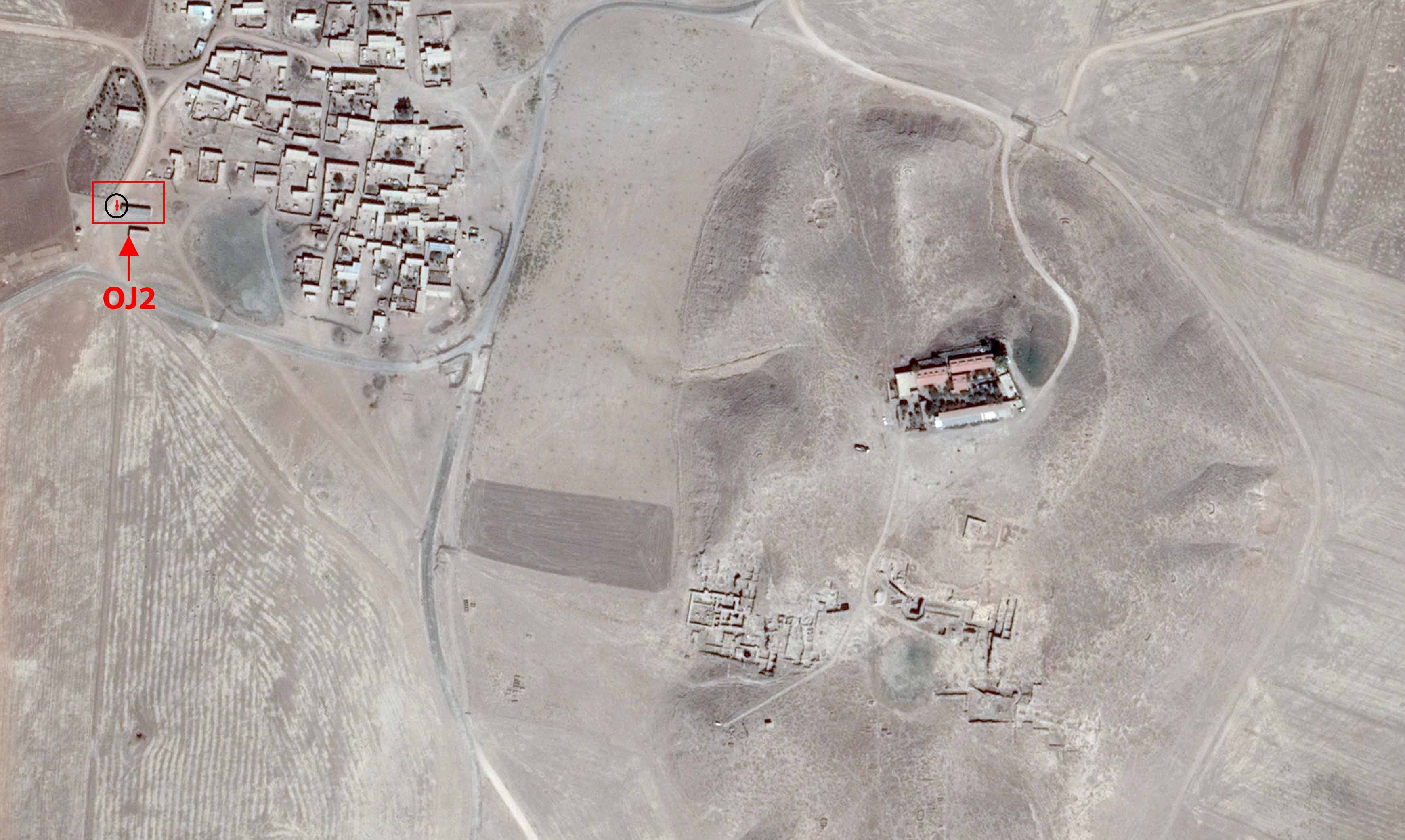
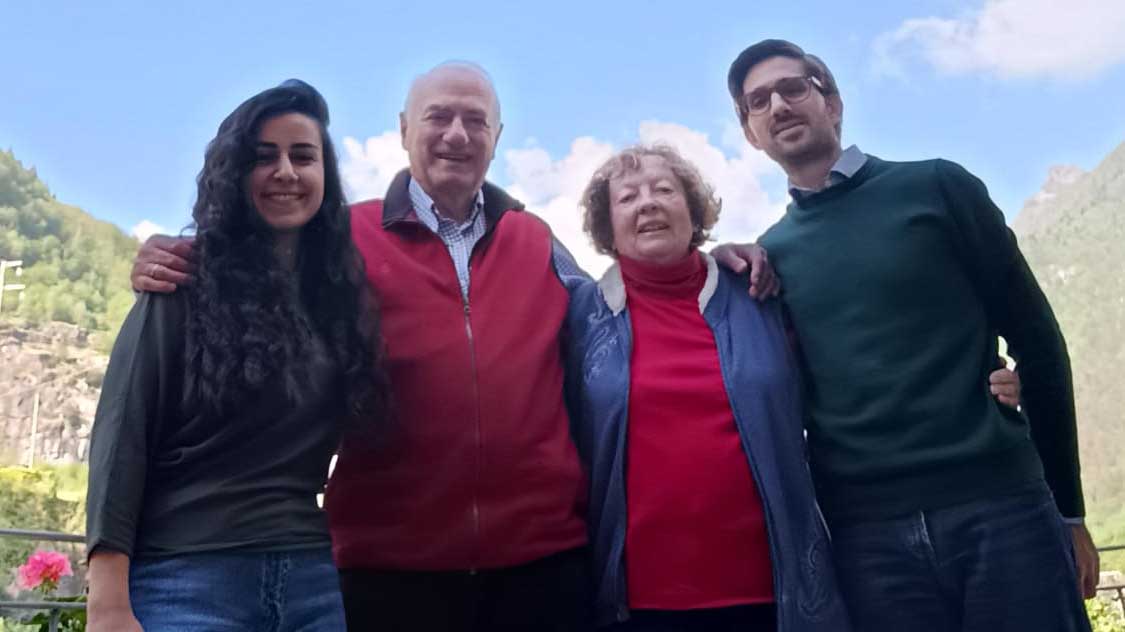
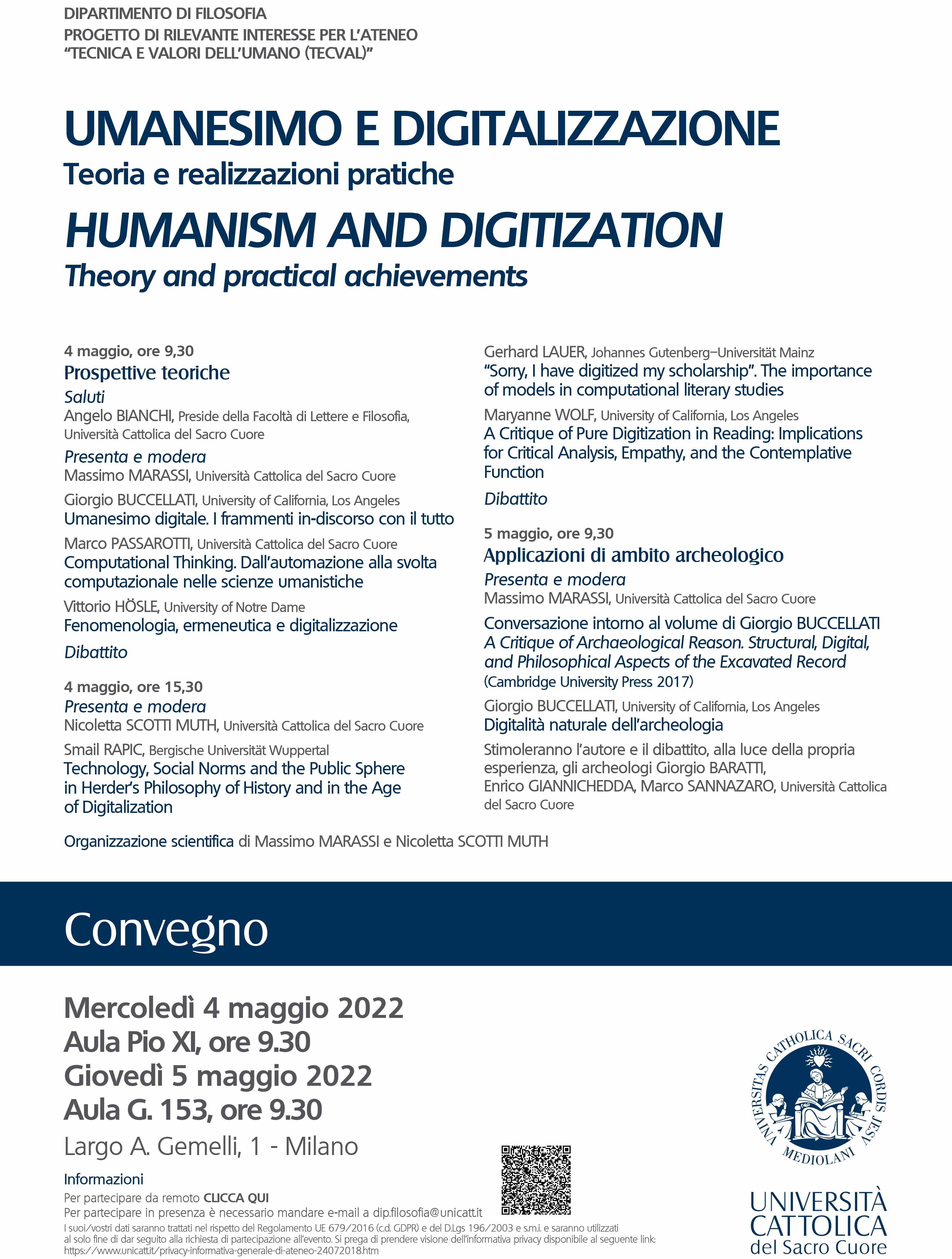
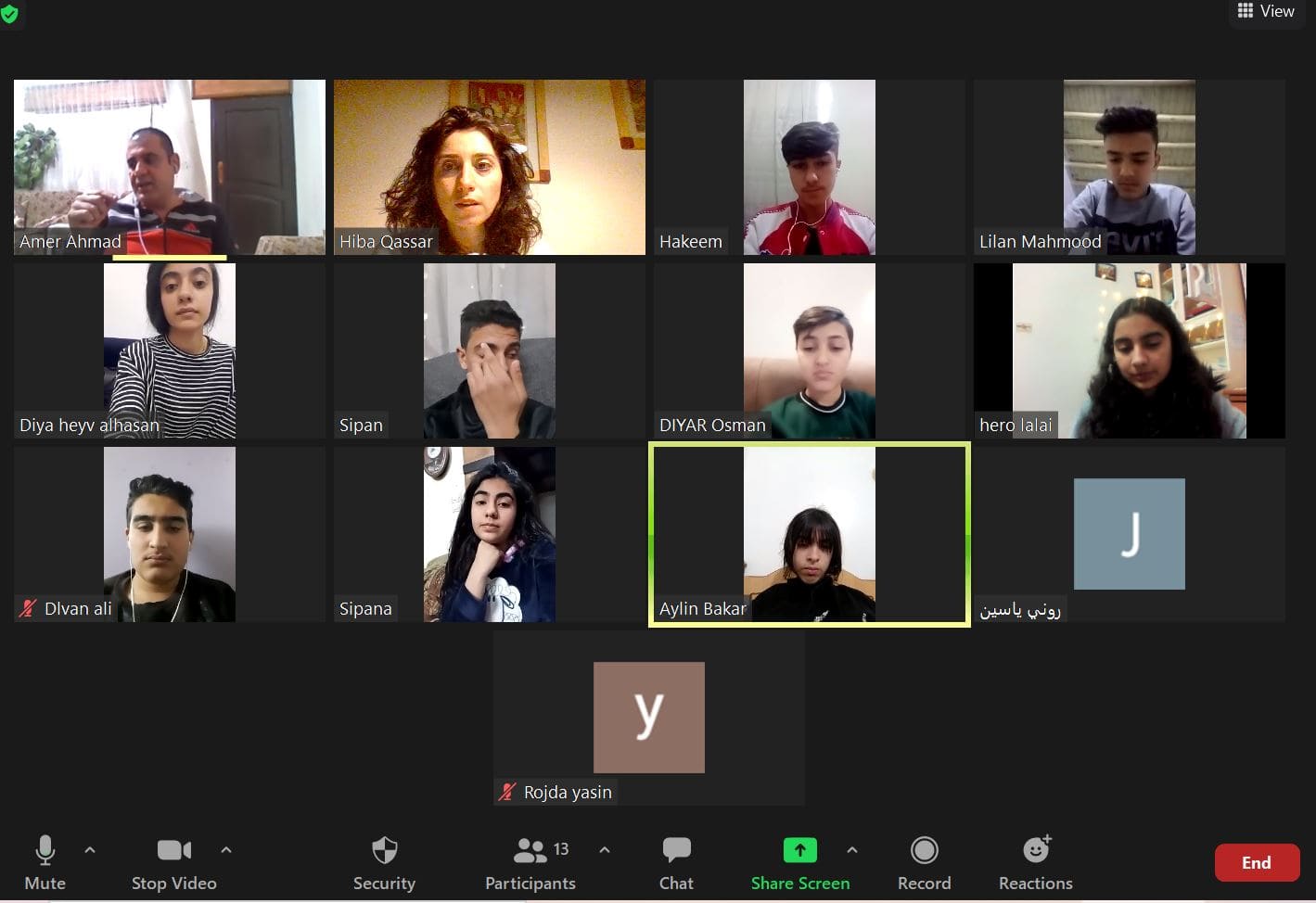
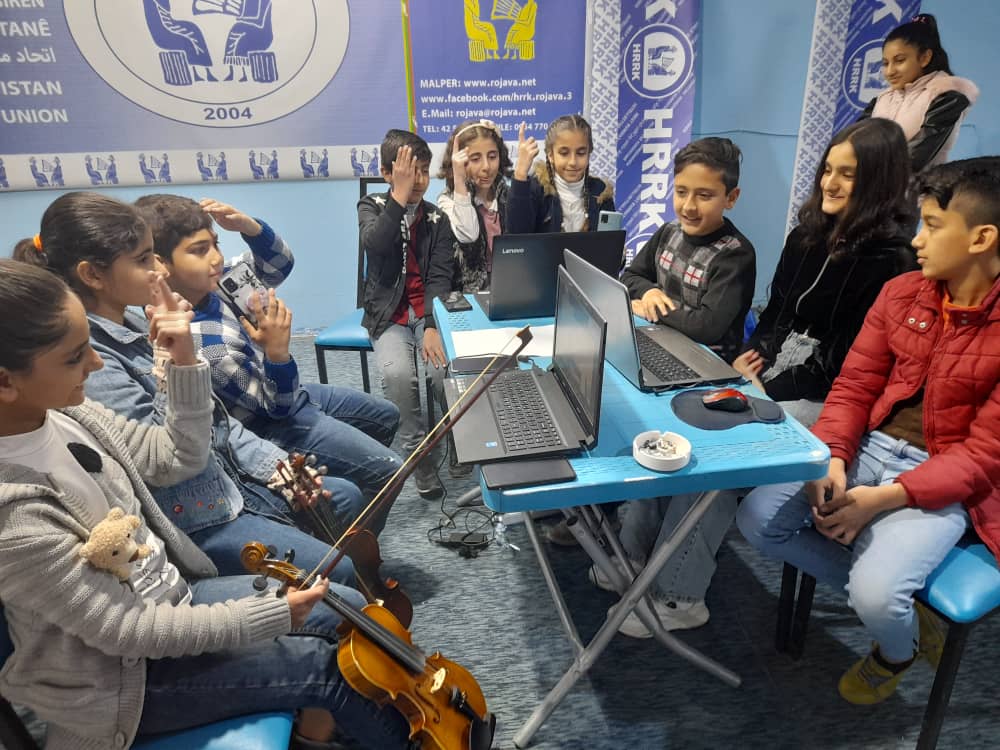
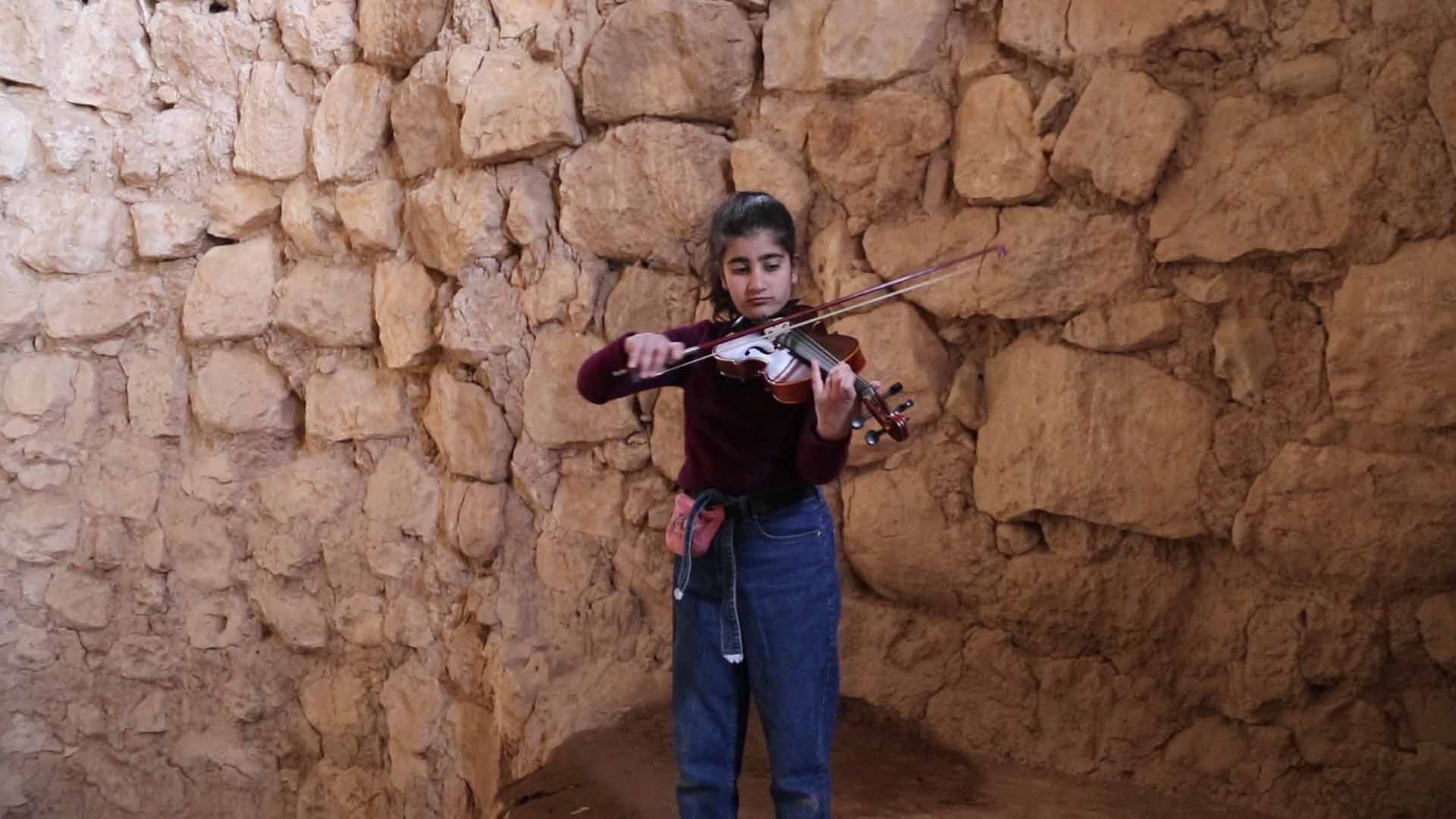
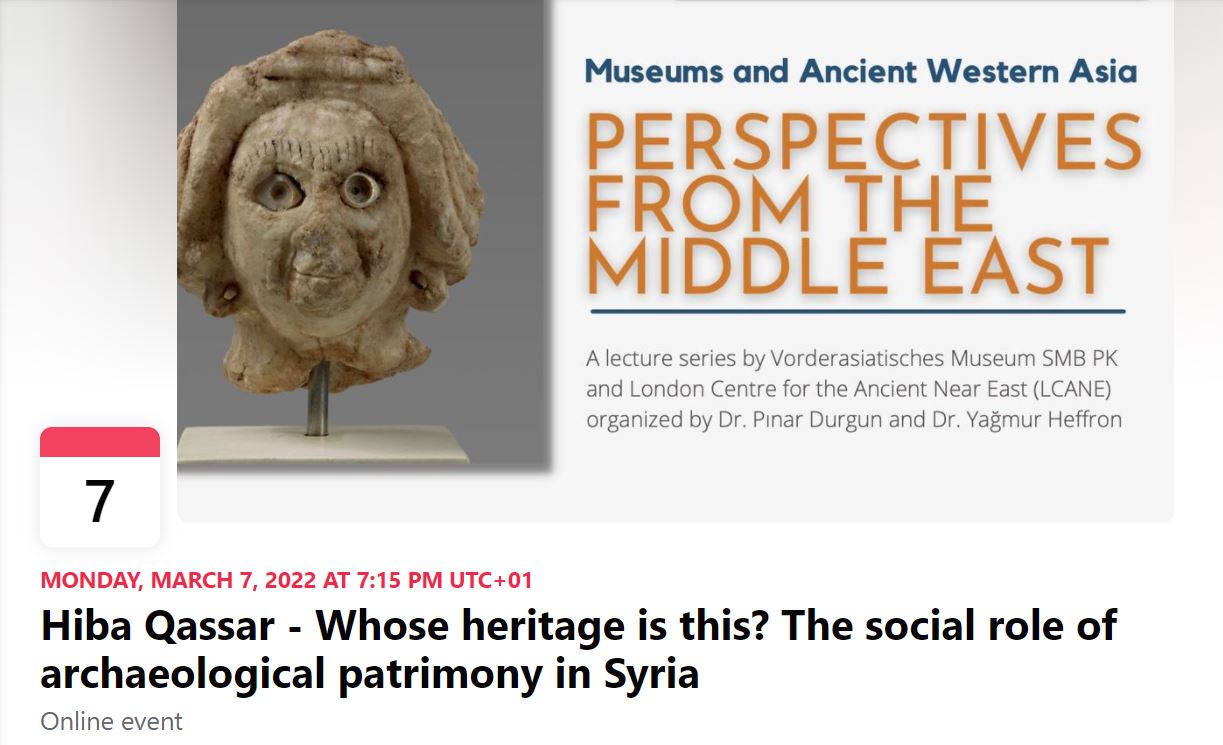
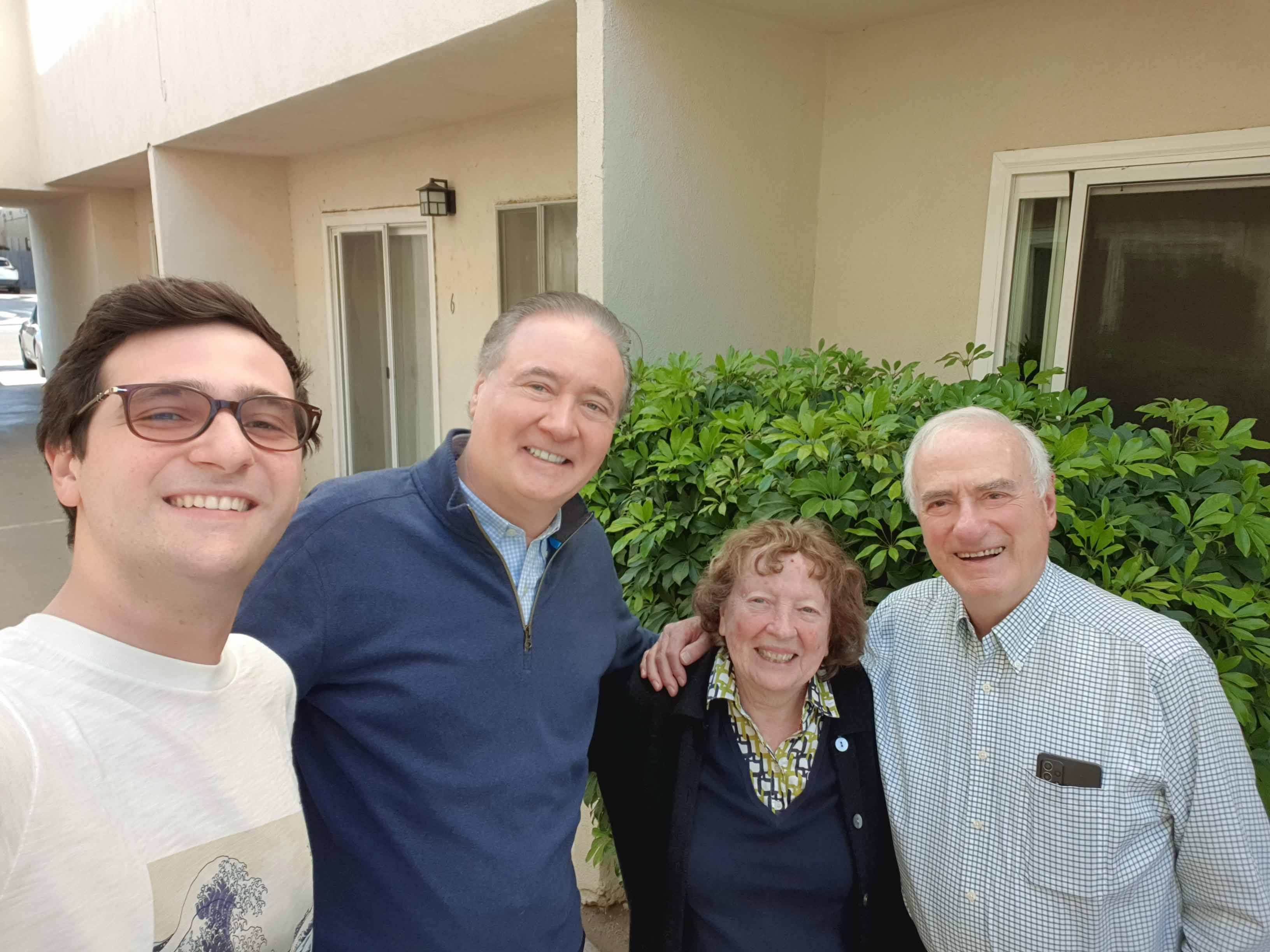
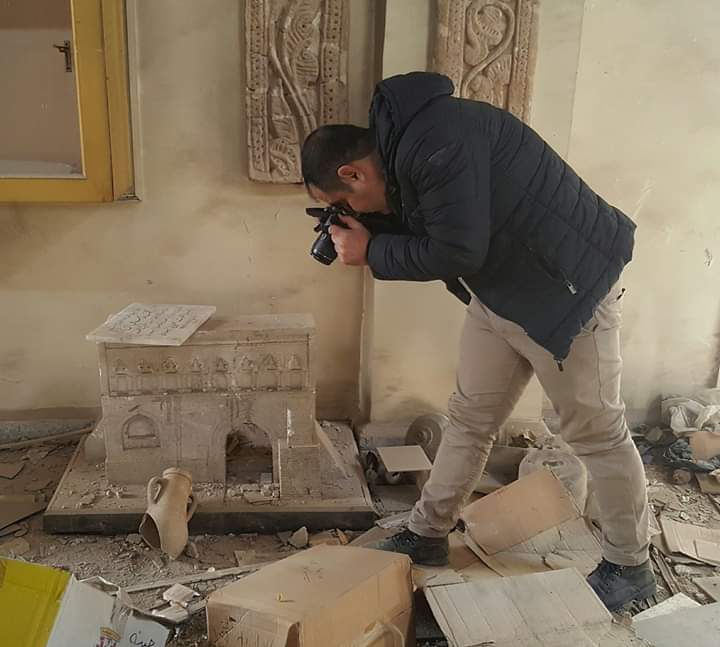
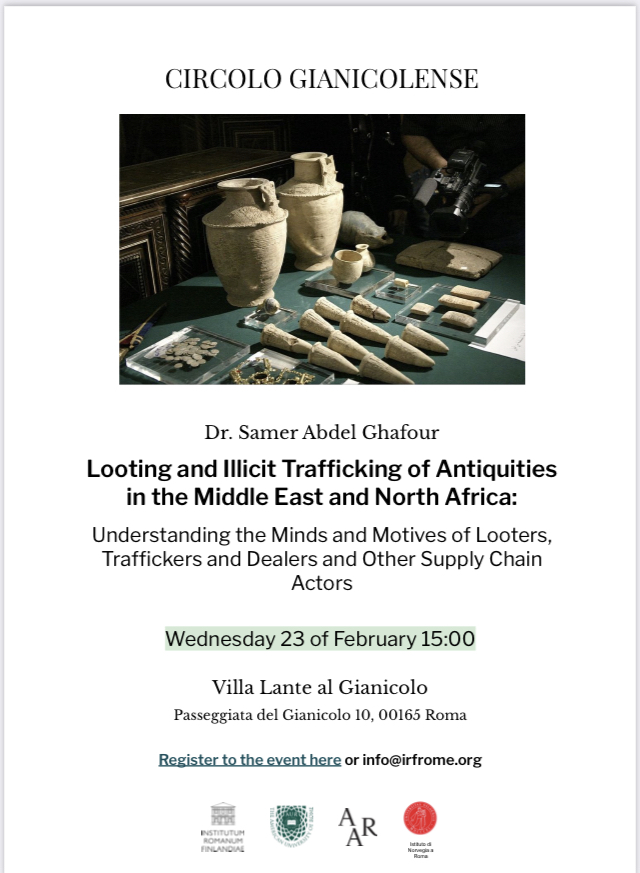
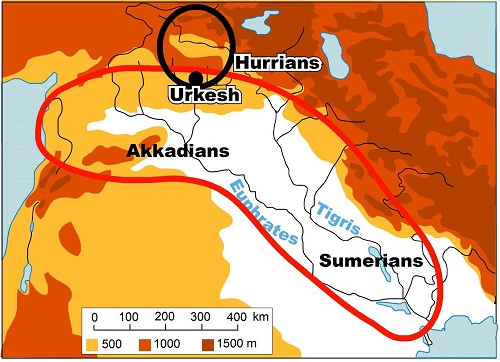
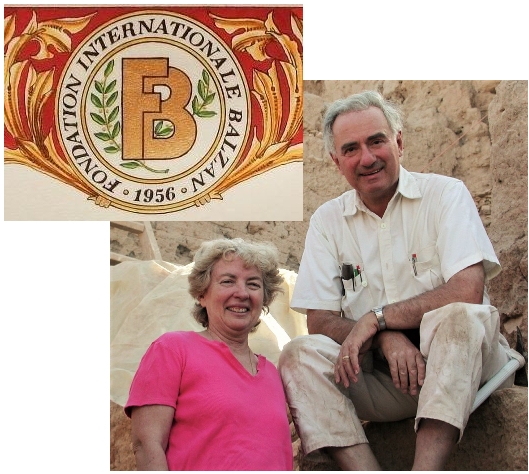
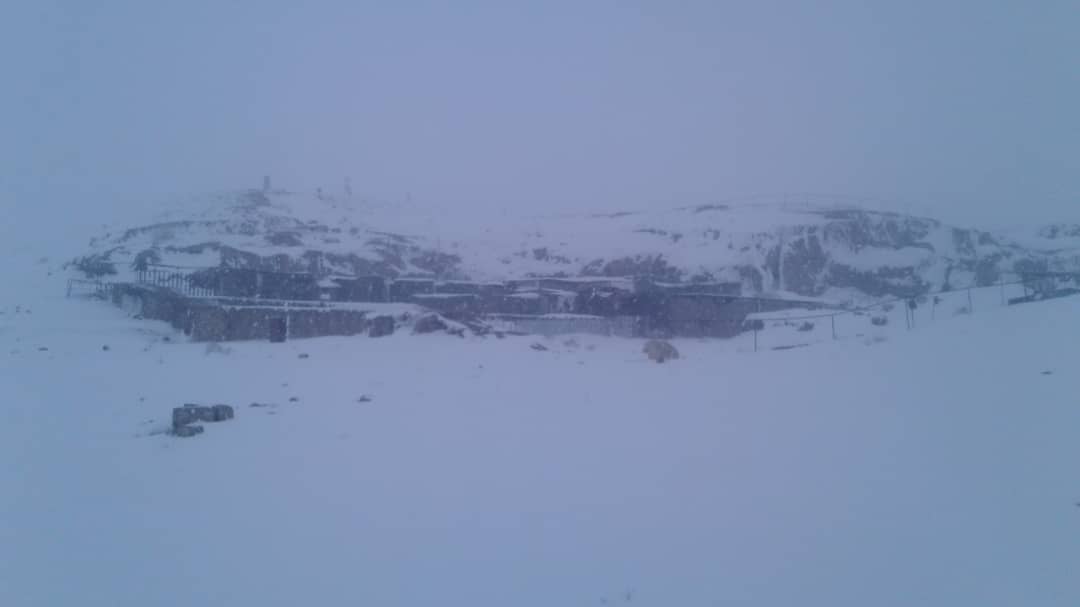
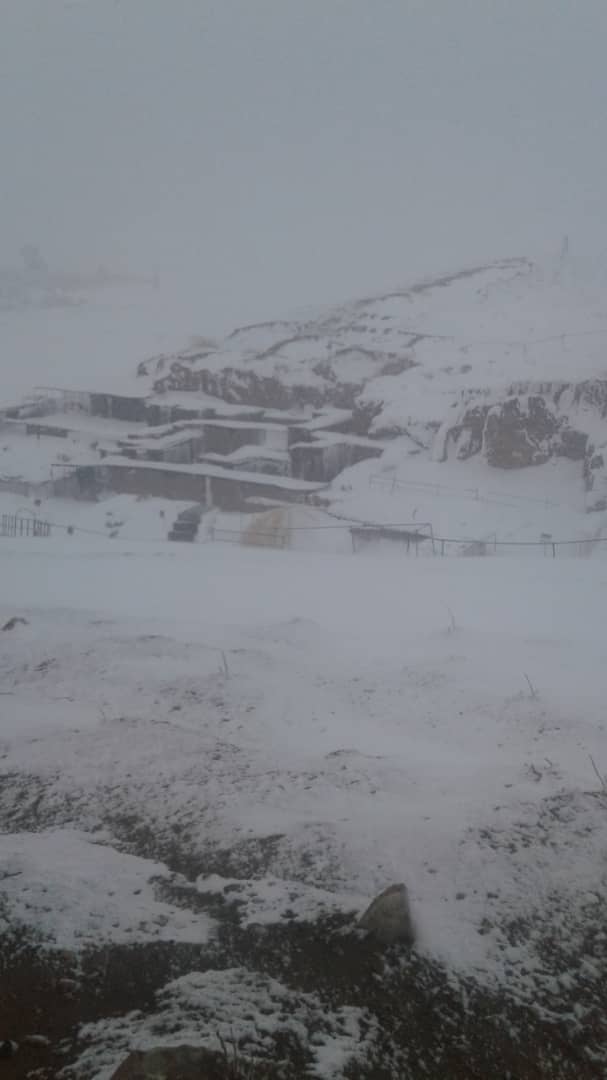
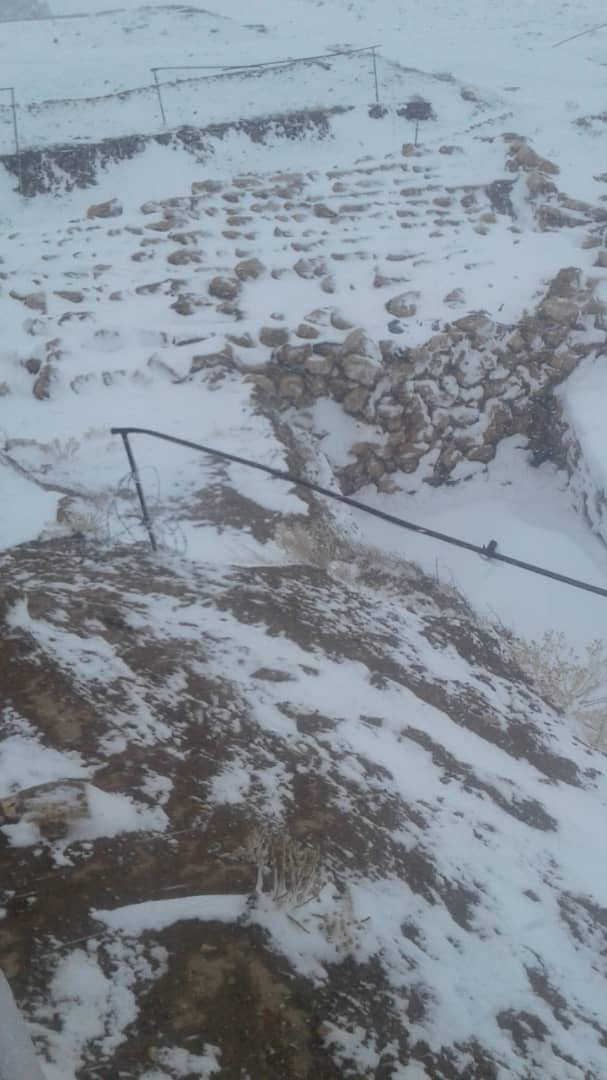















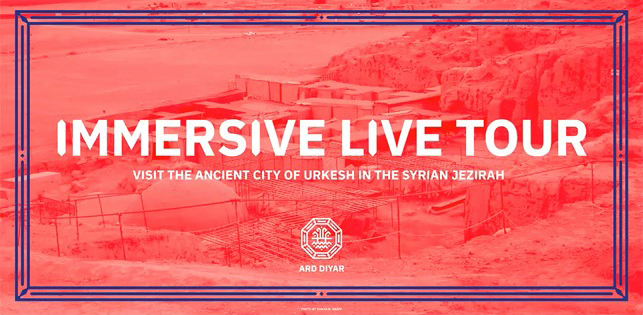
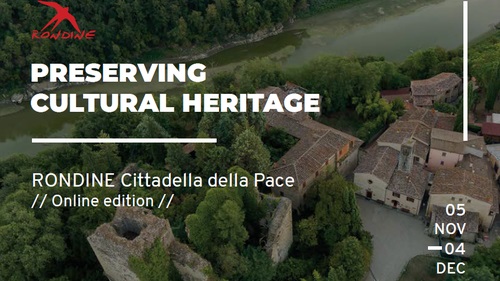


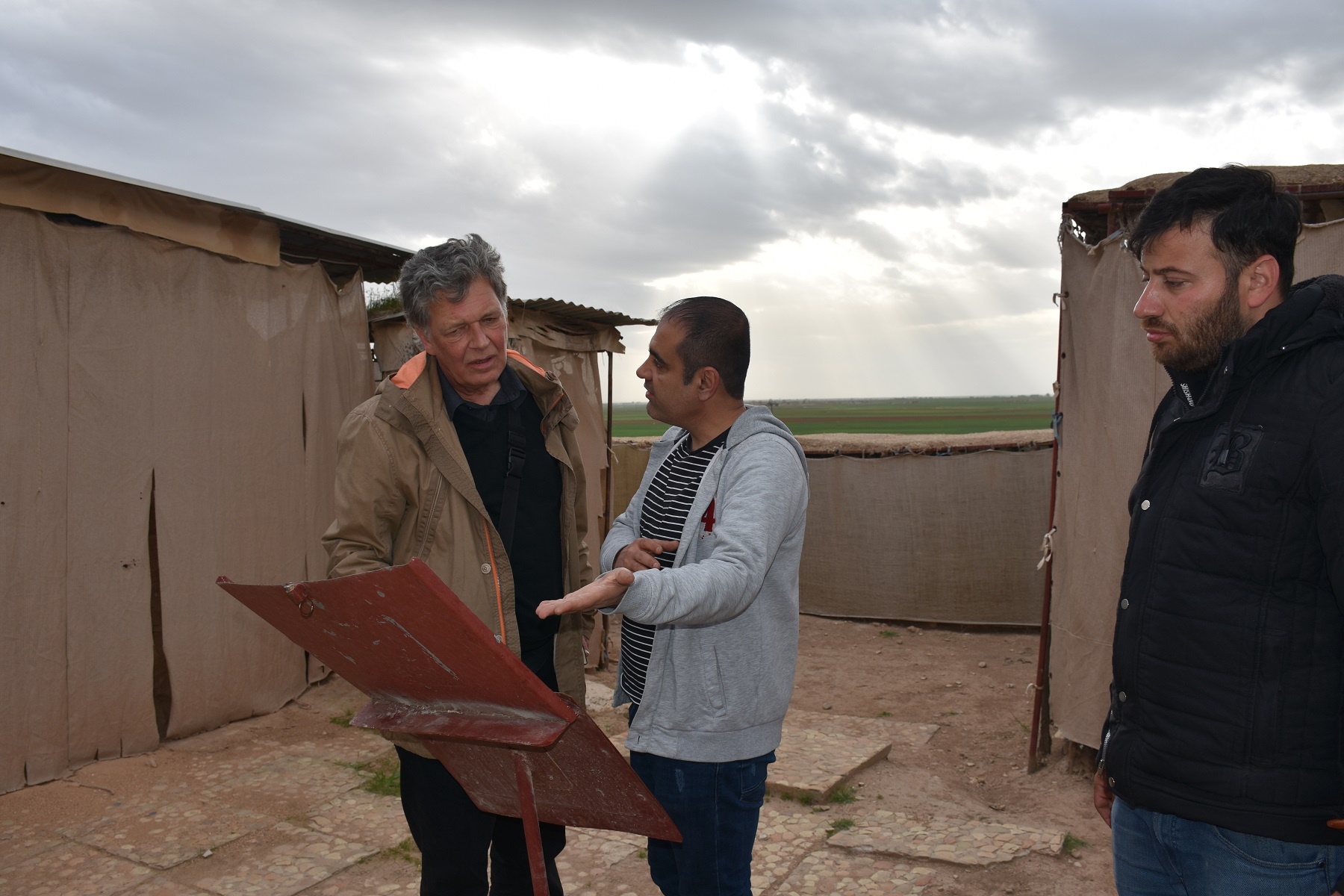
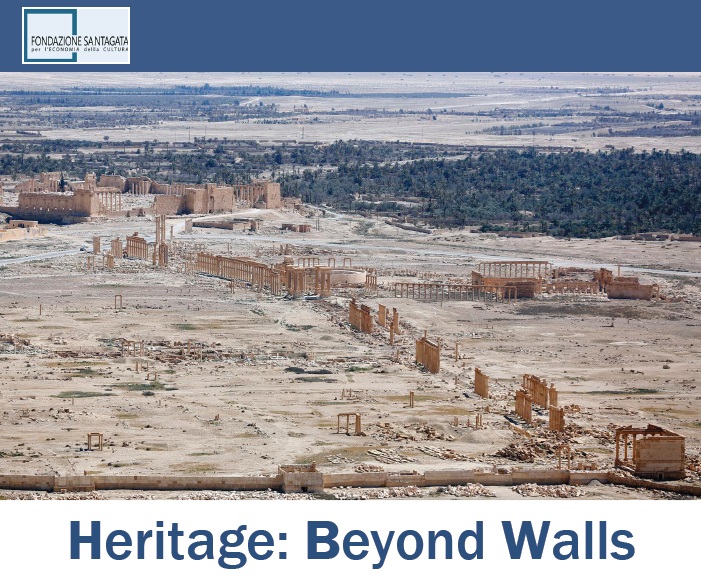
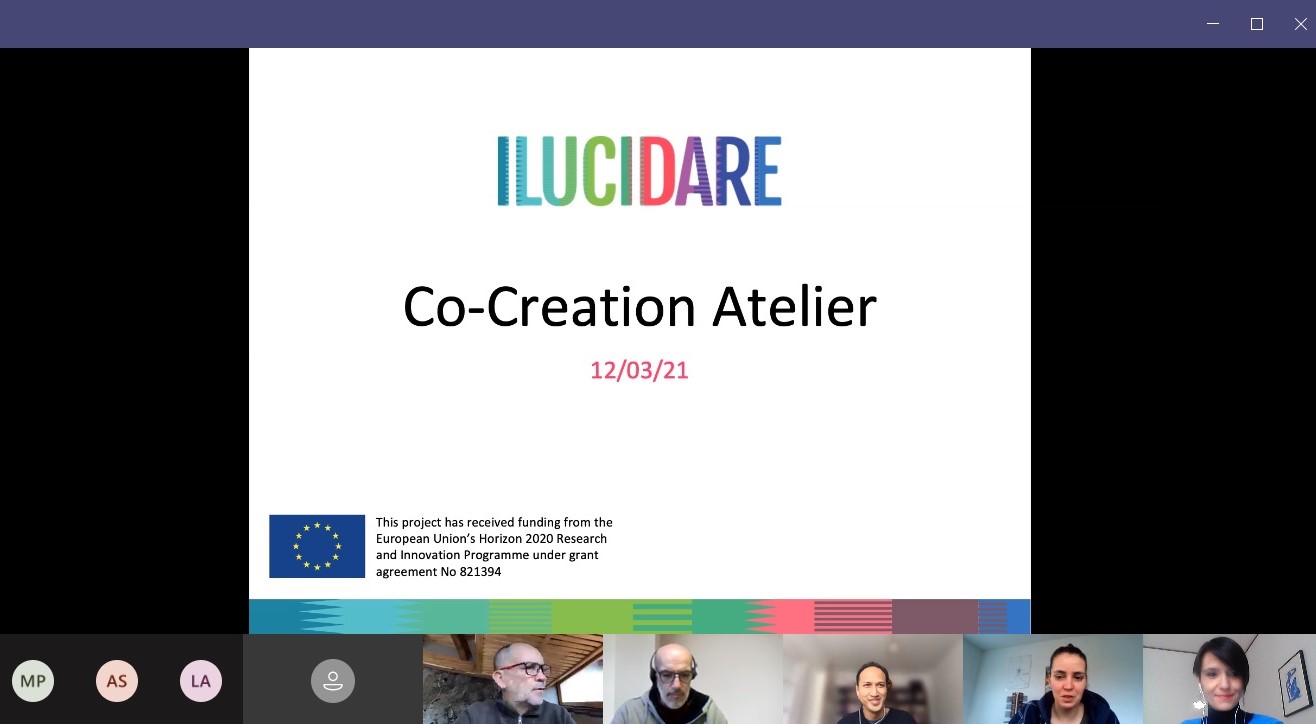
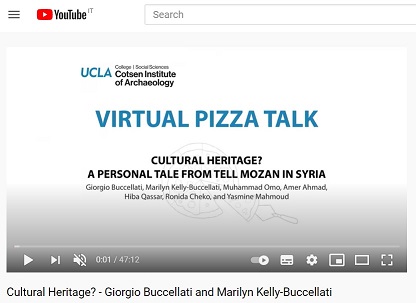
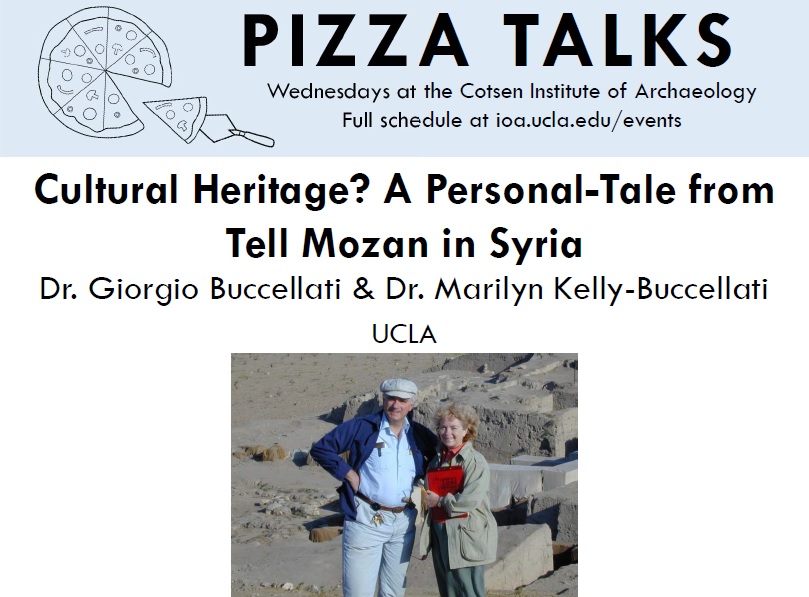
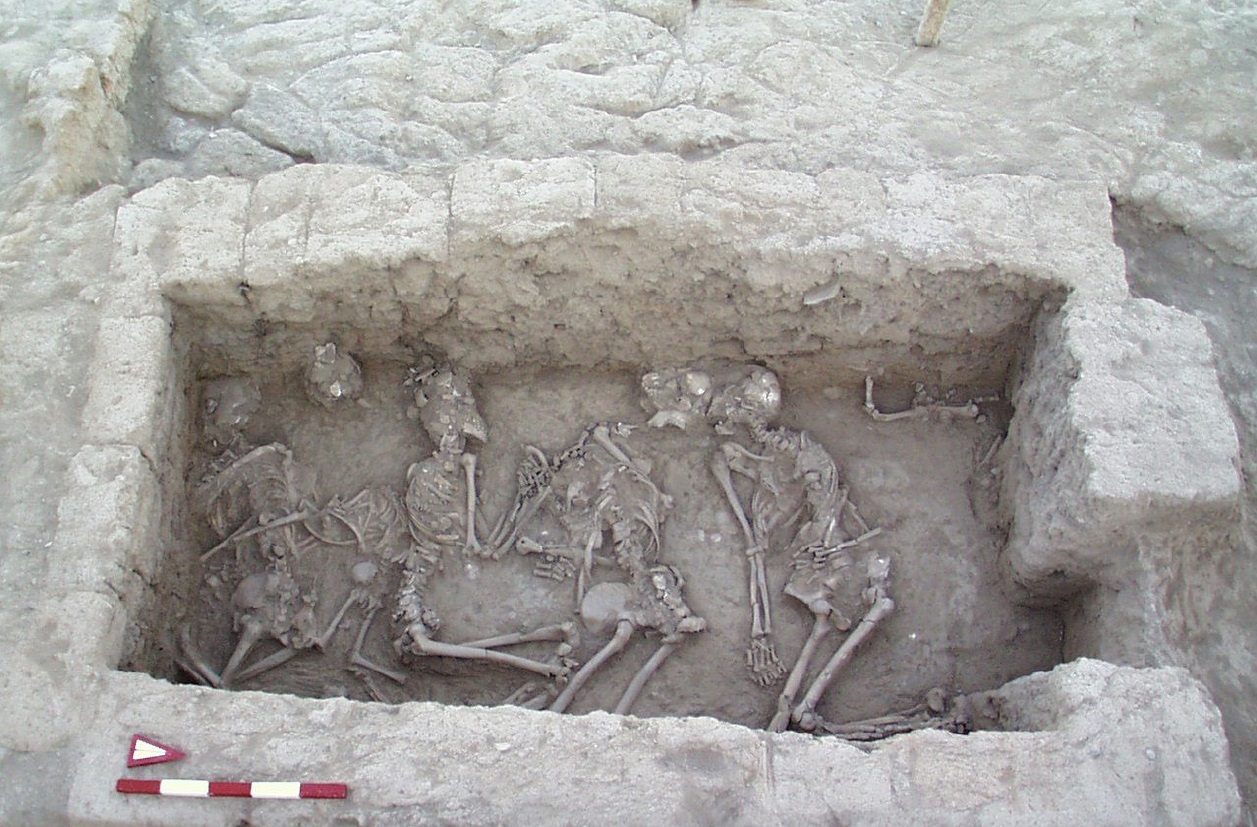
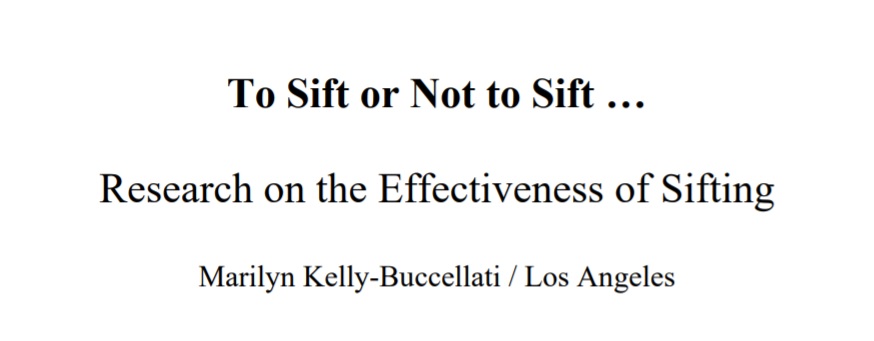
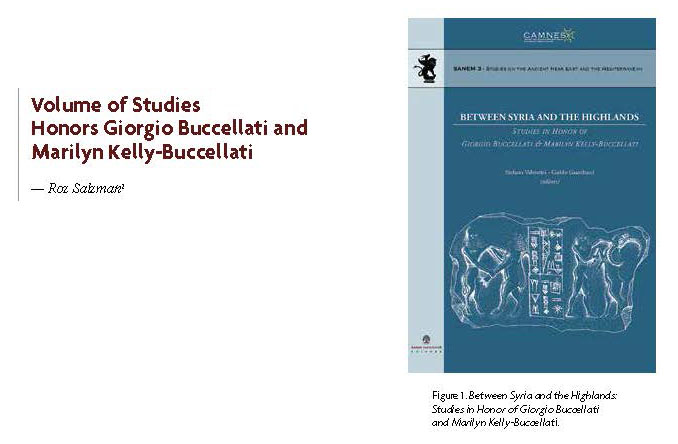

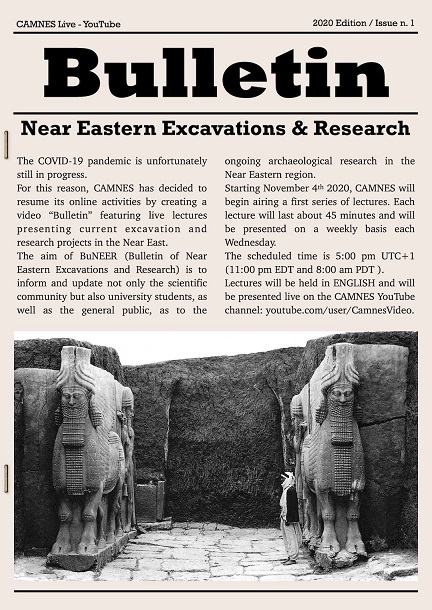
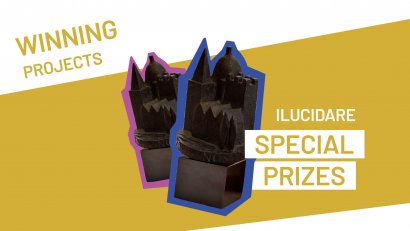
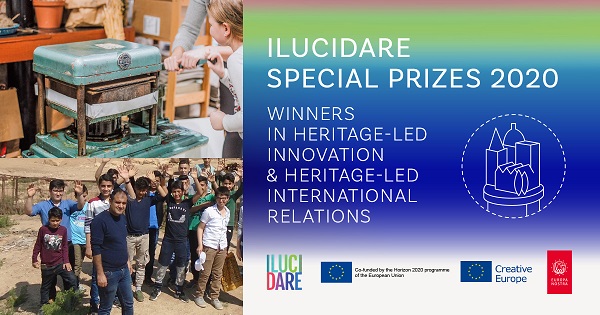
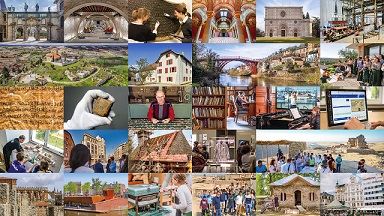
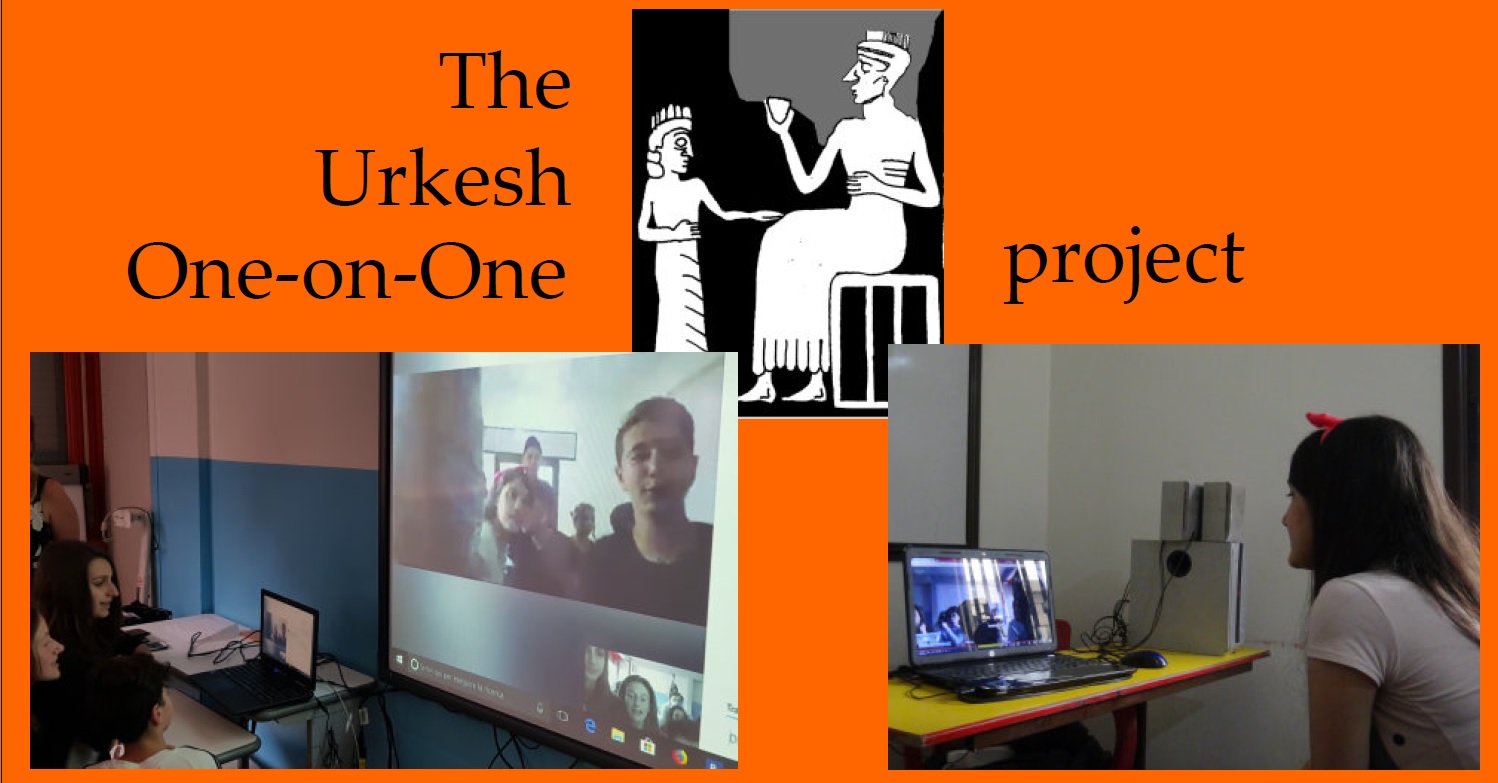


_tn.jpg)
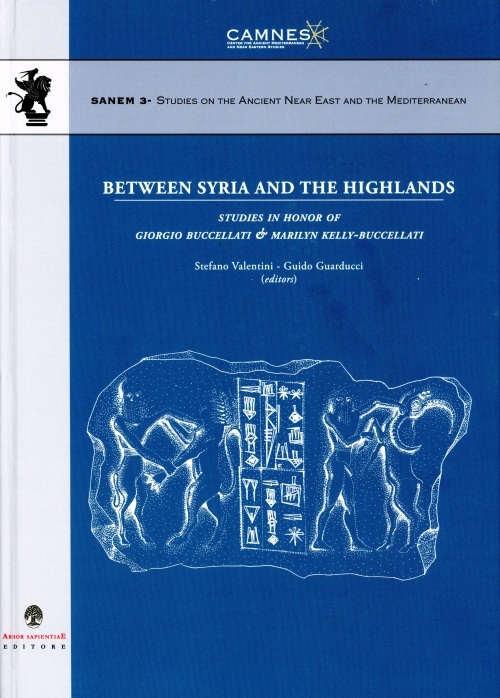
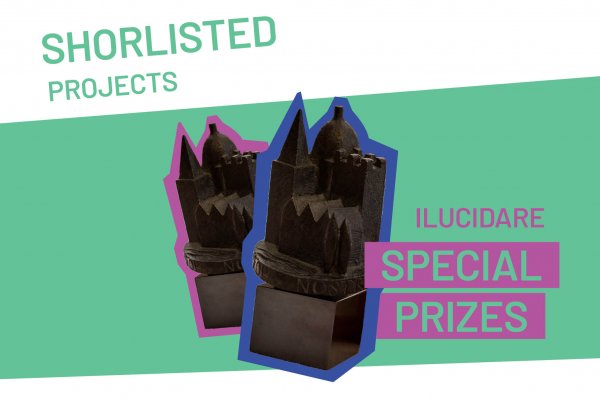
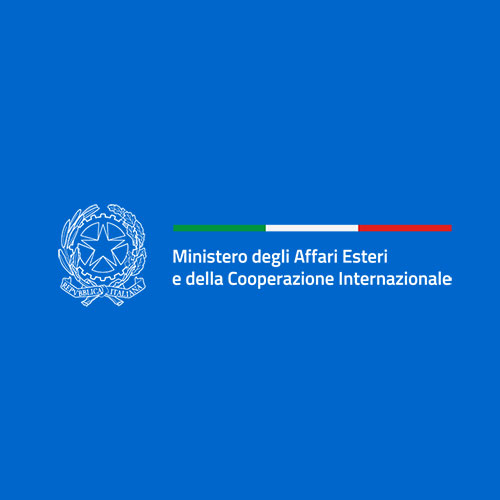
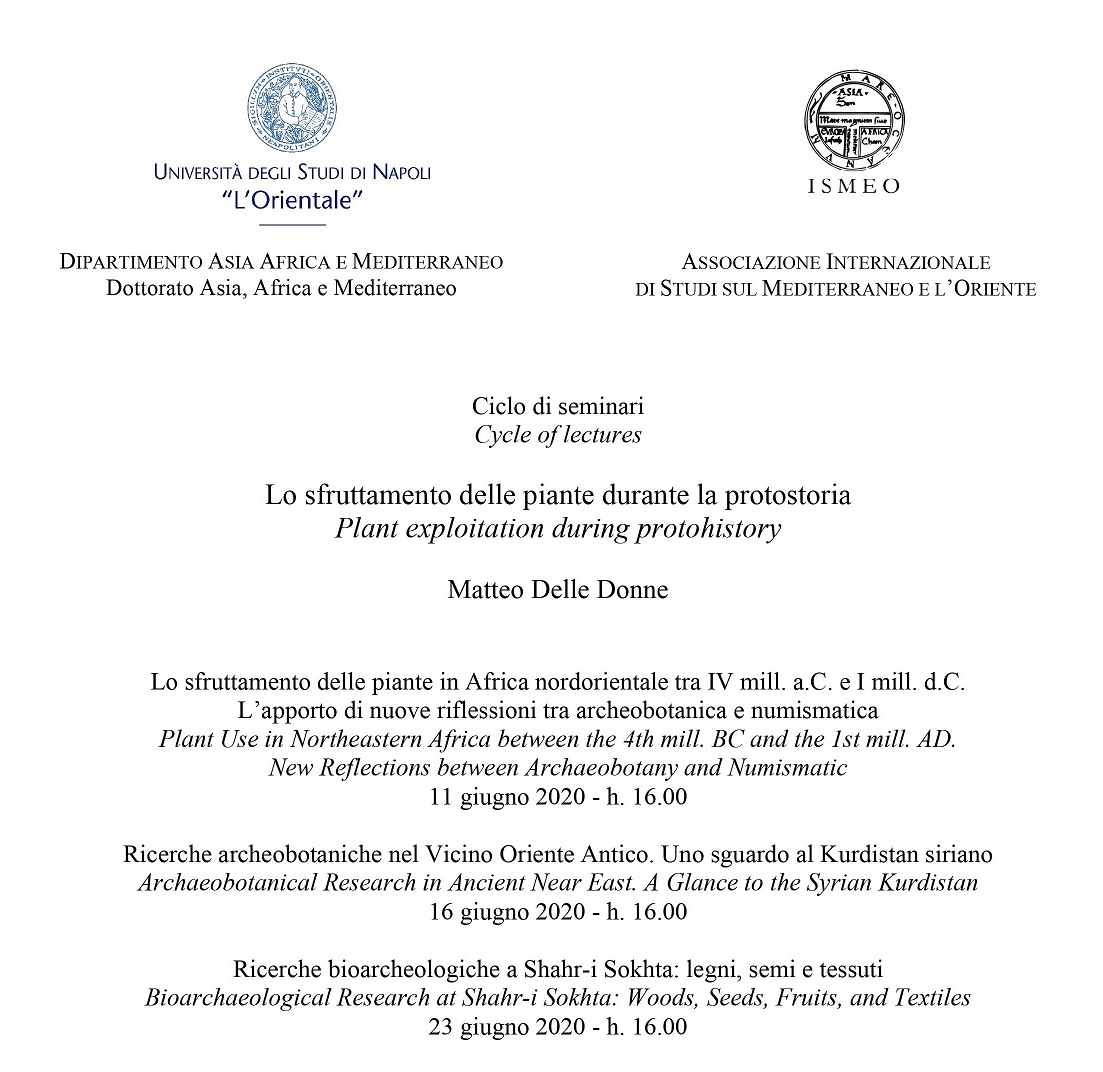
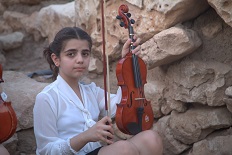
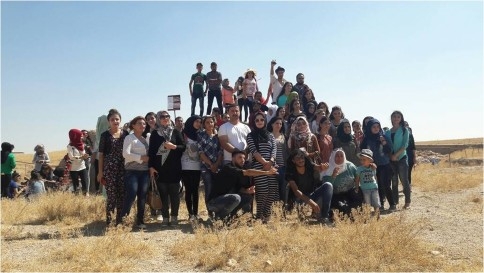
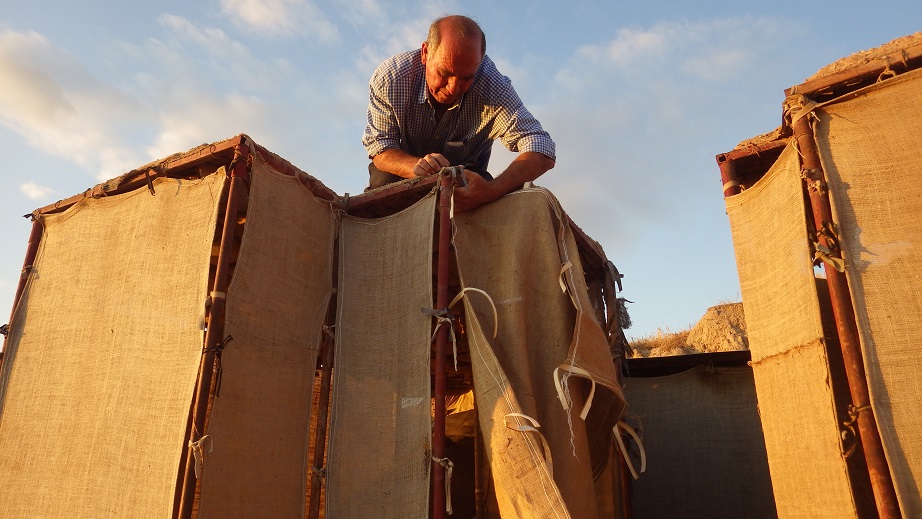
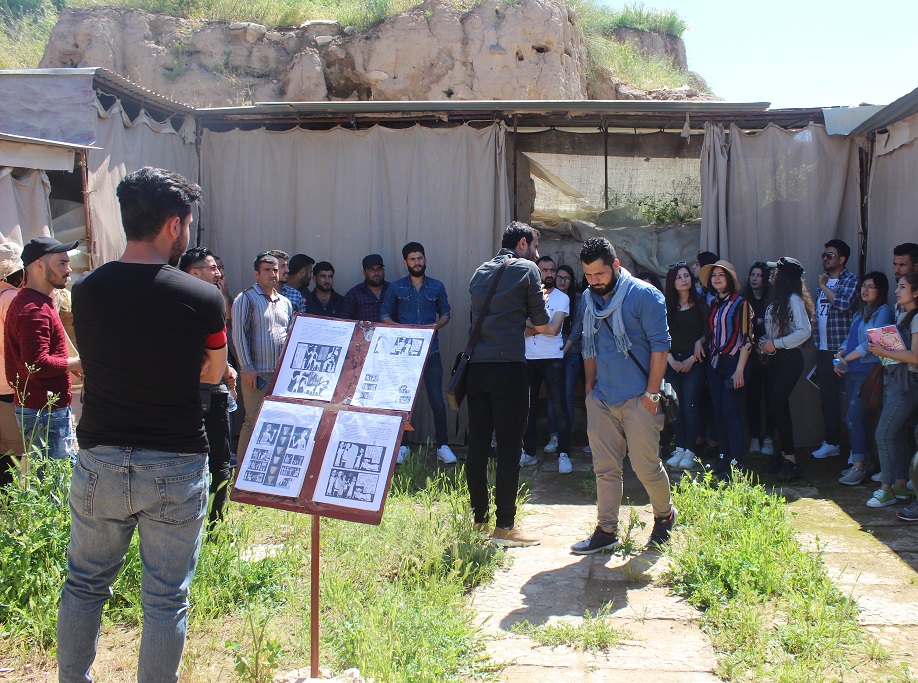
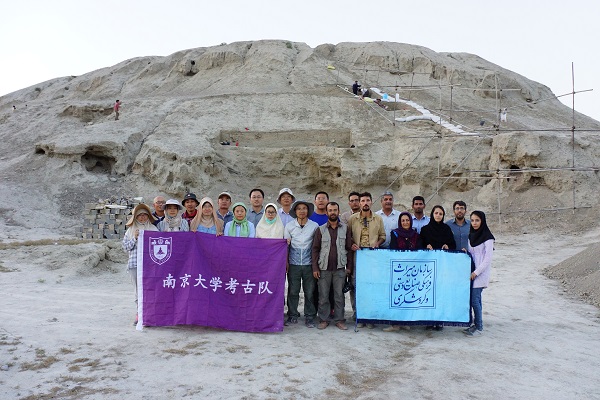
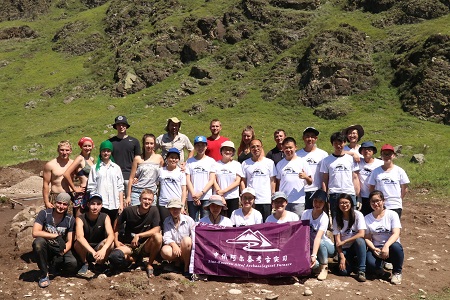
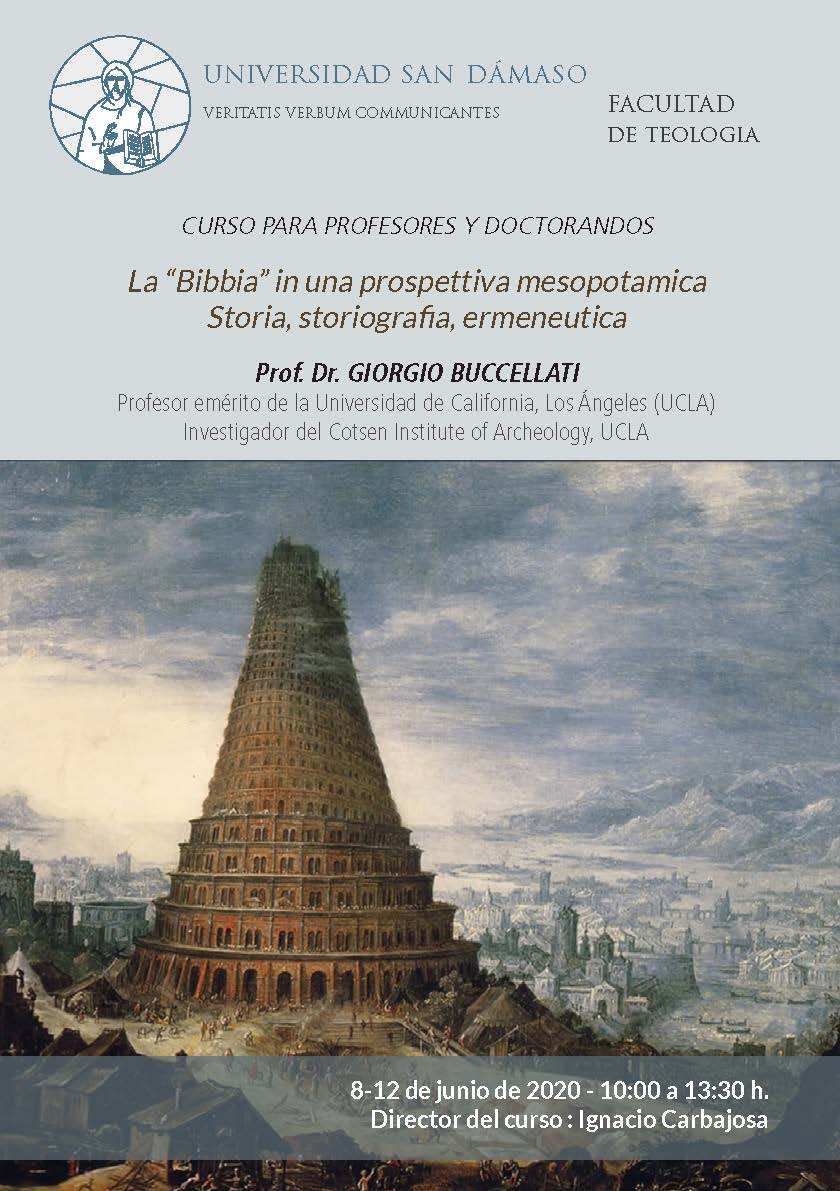
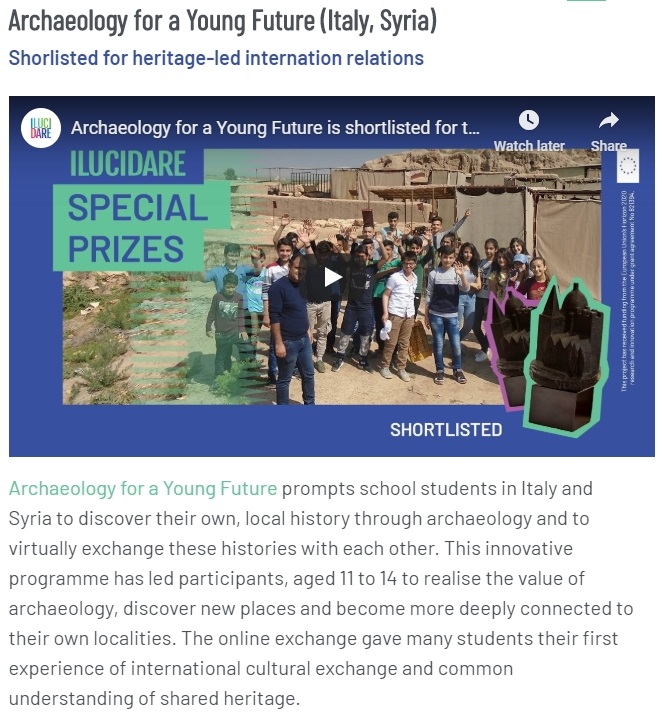
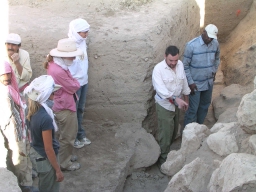
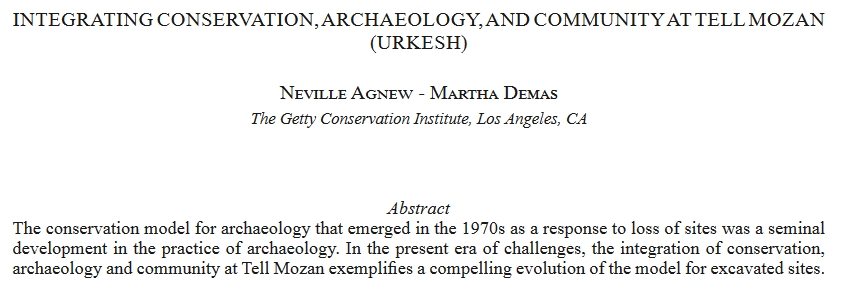
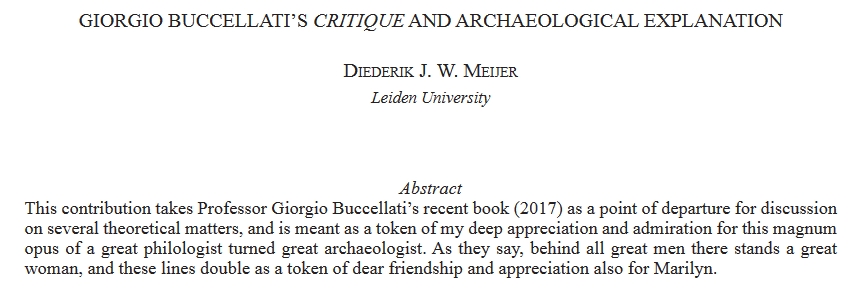
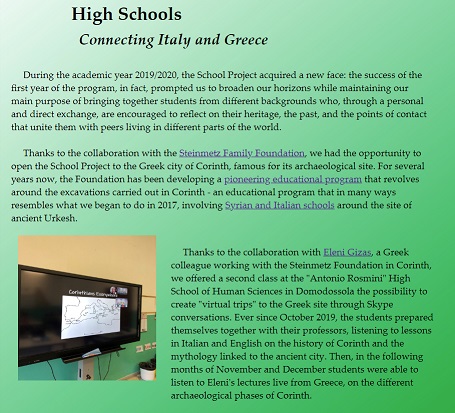
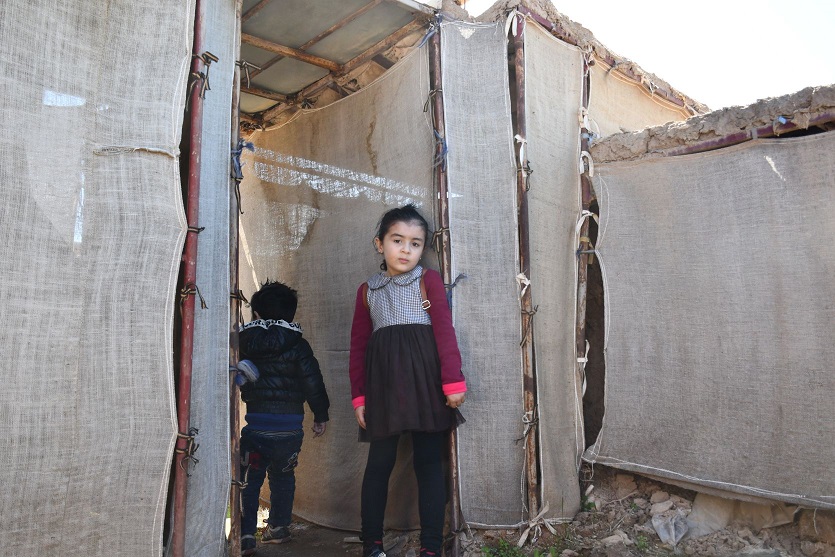
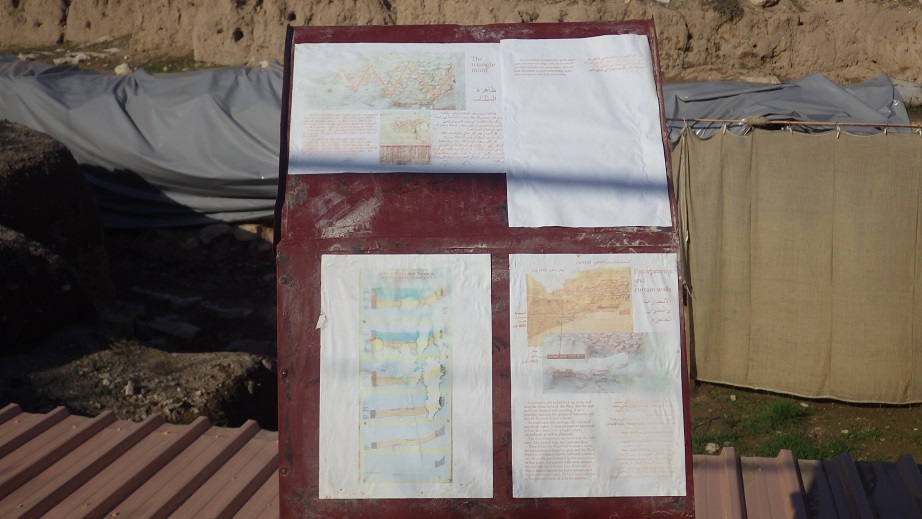
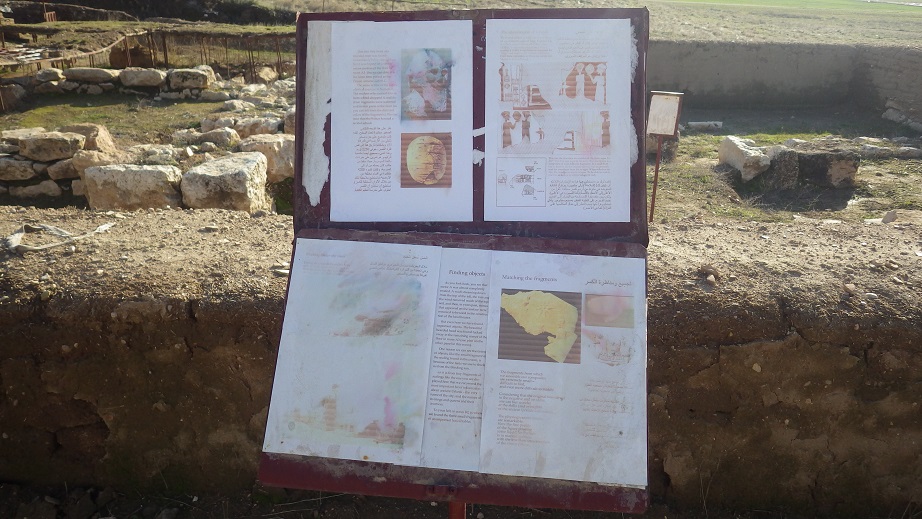
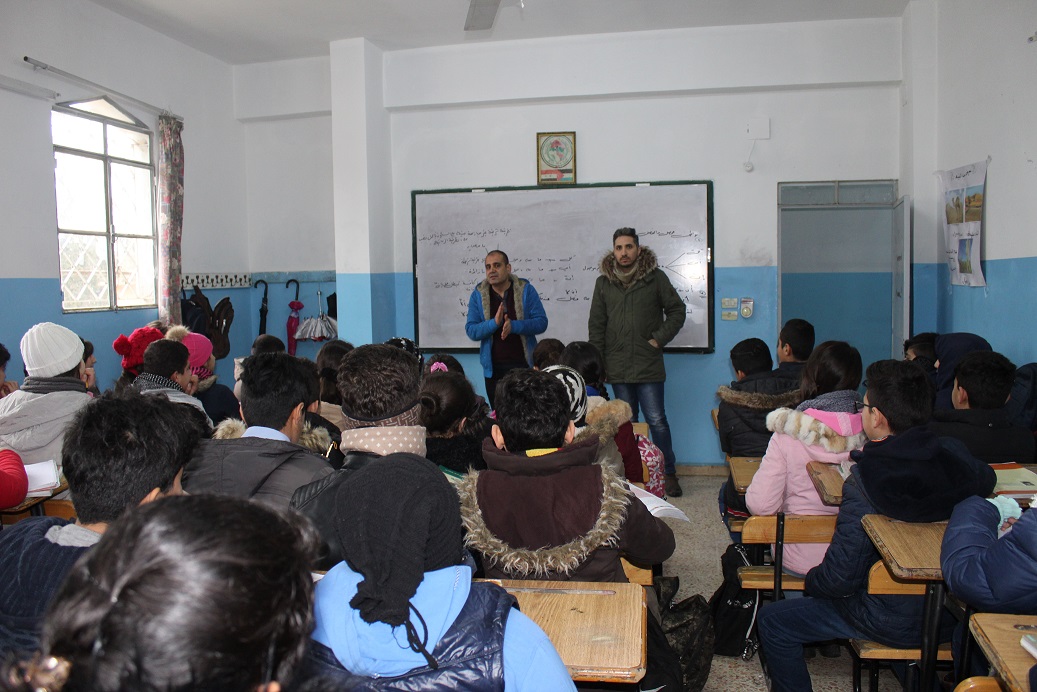
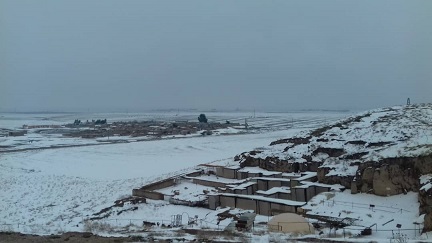
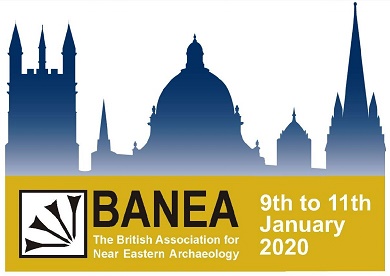
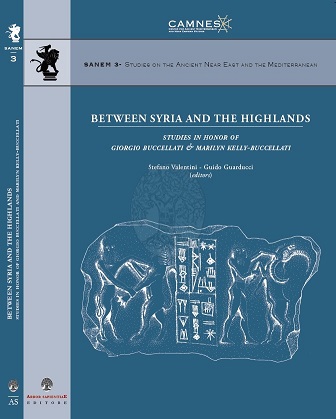
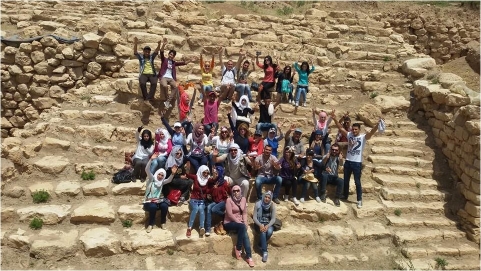
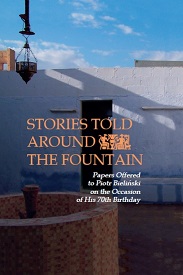
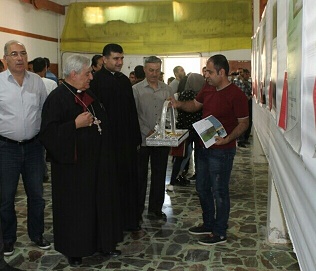
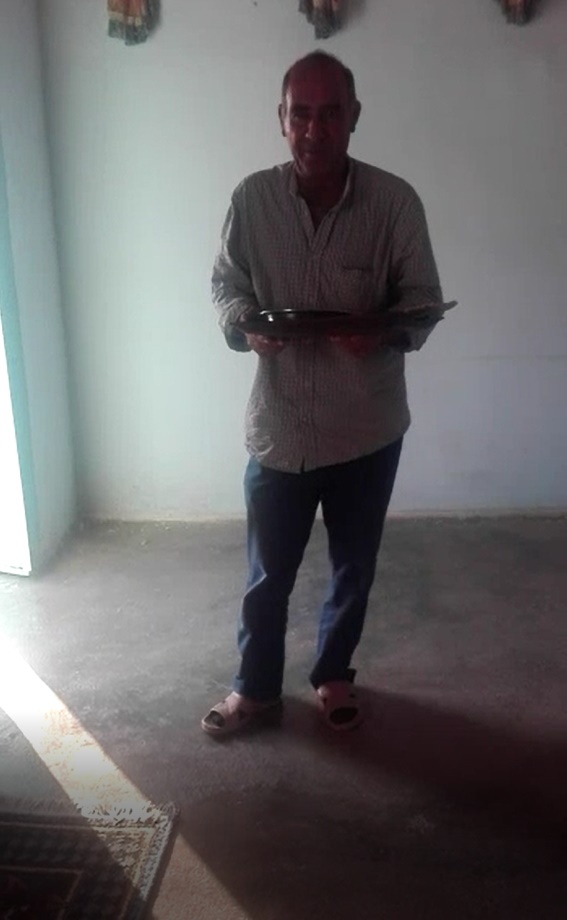
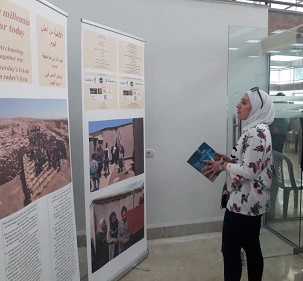
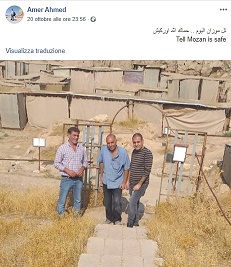
_tn.jpg)
_tn.jpg)
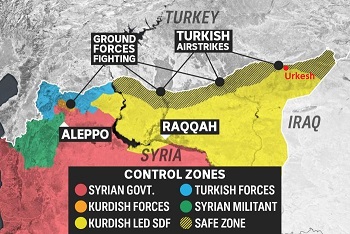
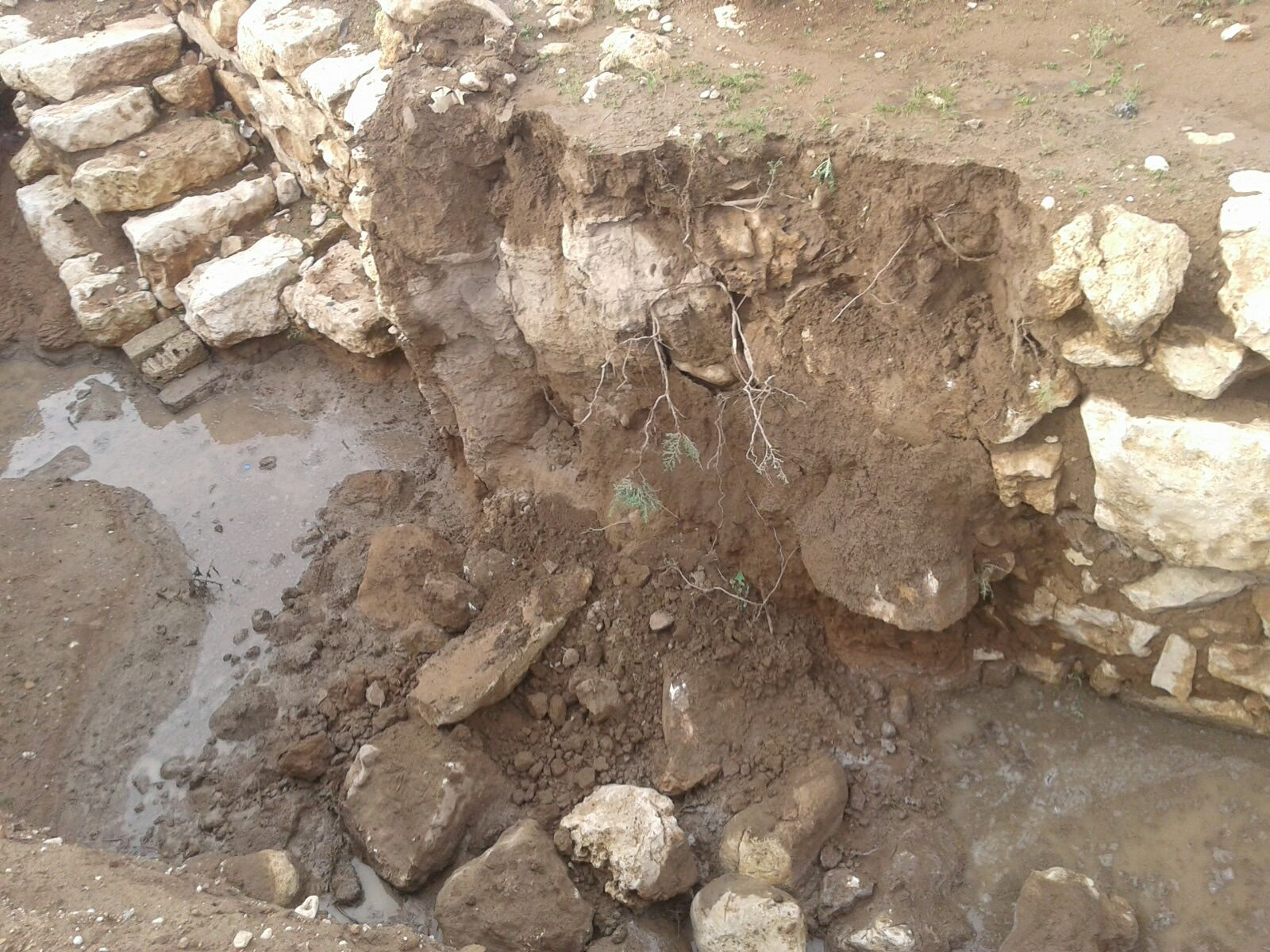
_tn.jpg)

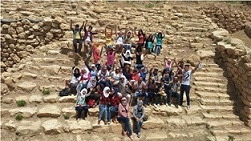
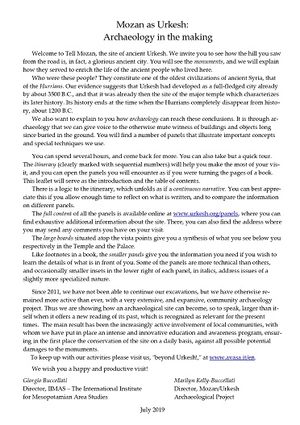
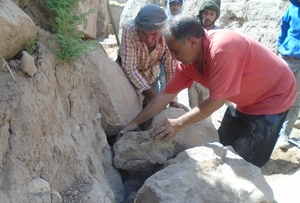
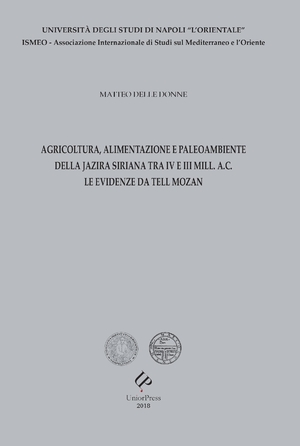
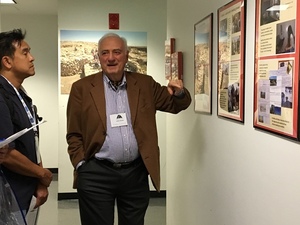
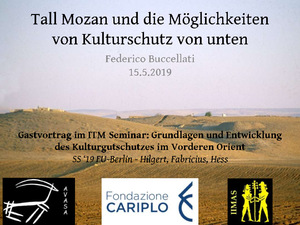
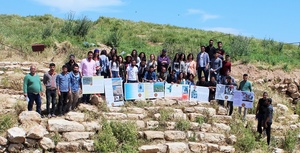
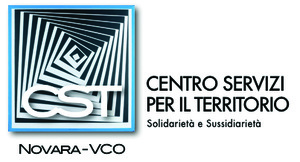
.jpg)
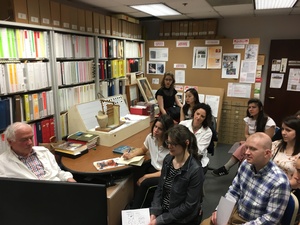
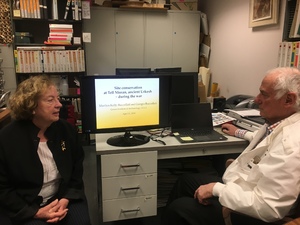
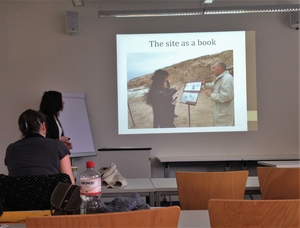
.jpg)
.jpg)
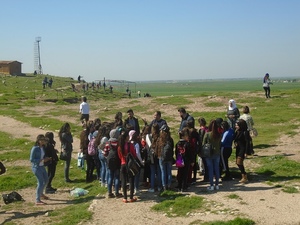
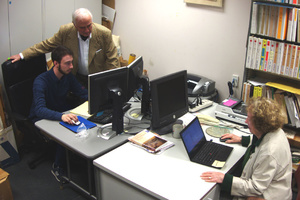
.jpg)
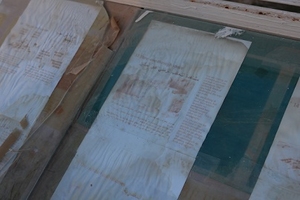
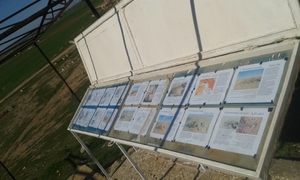
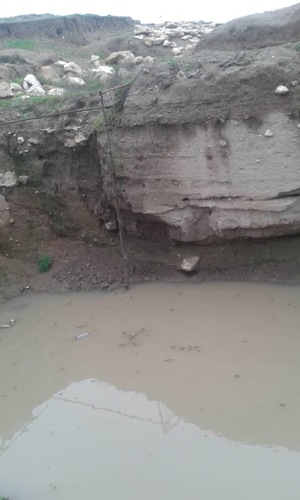
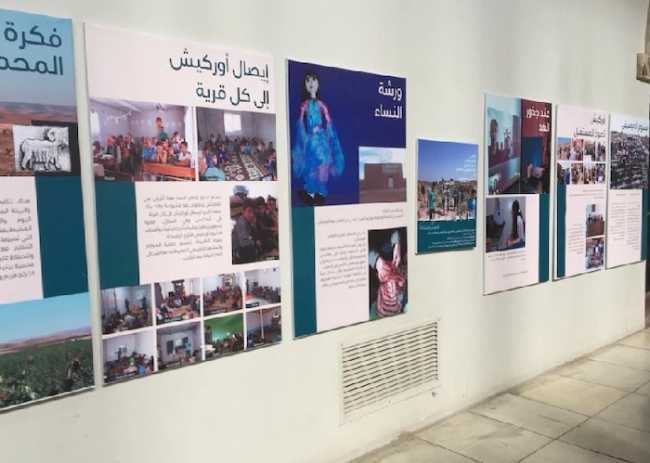
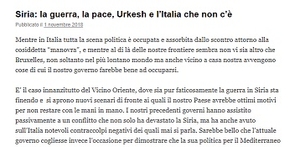
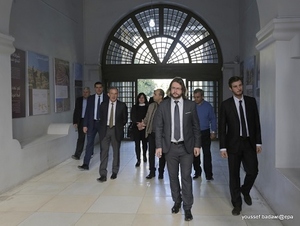
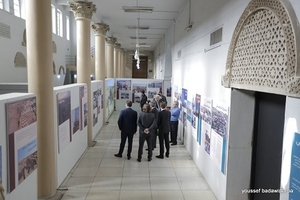
.jpg)
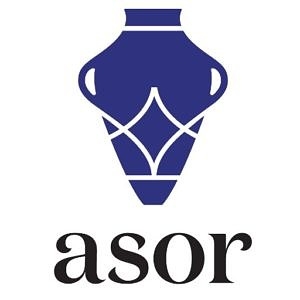
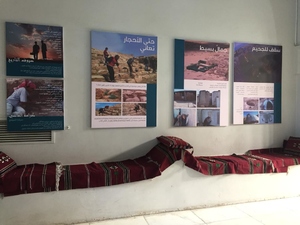
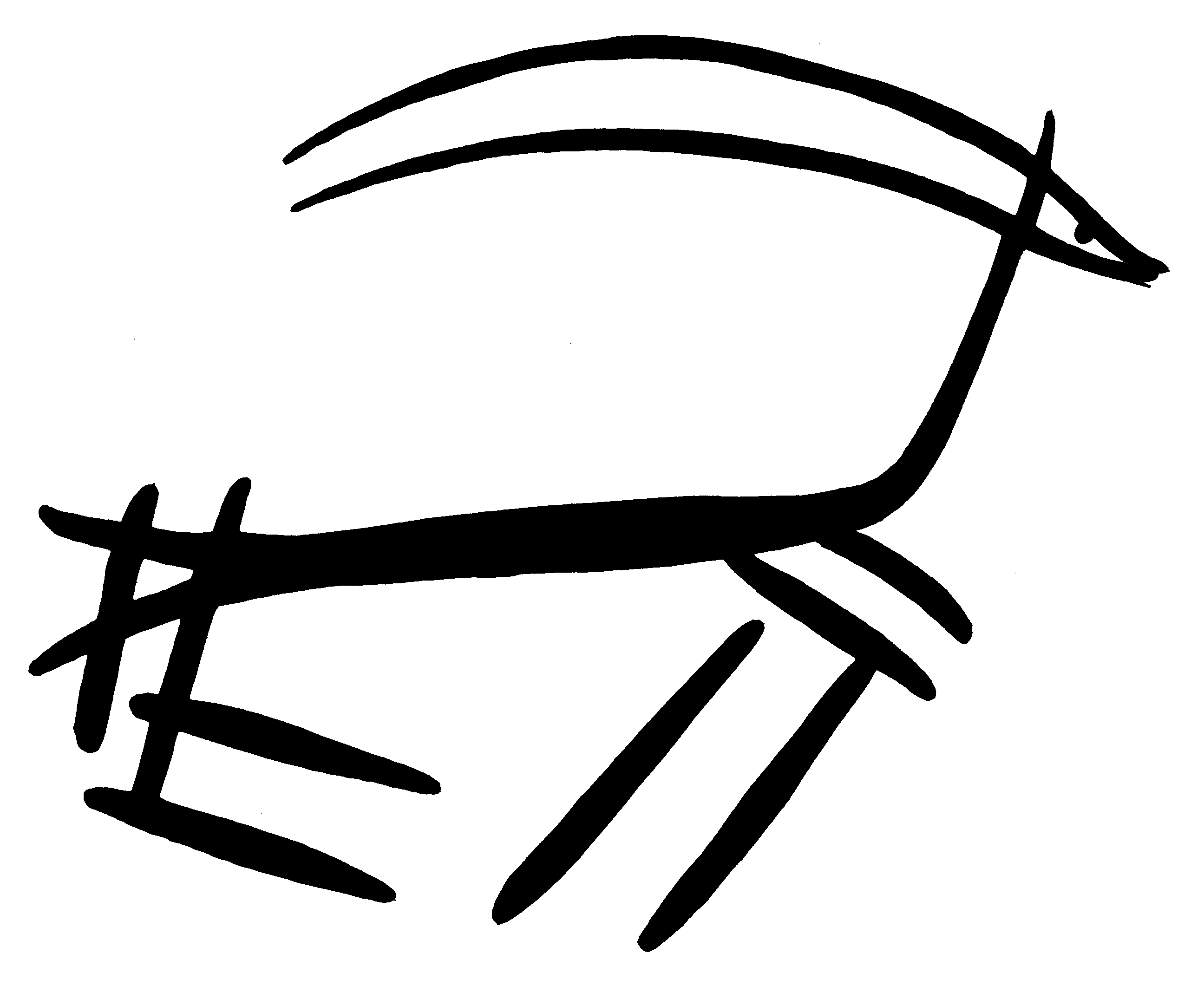

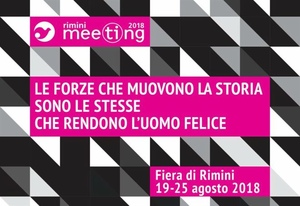
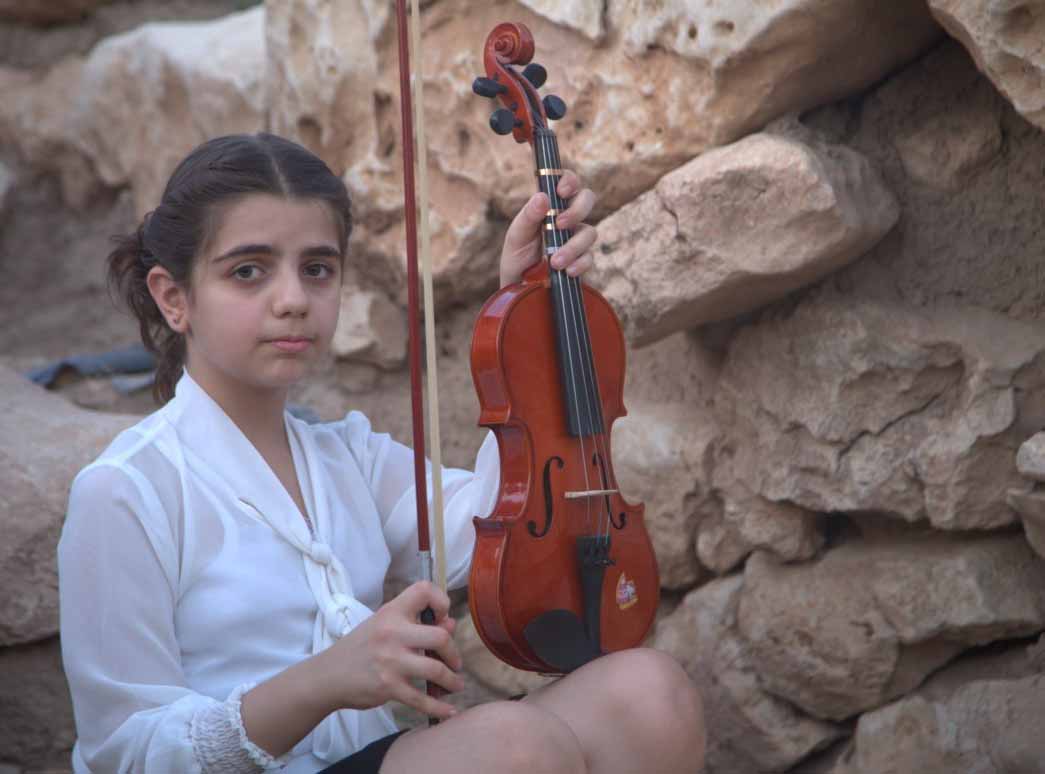
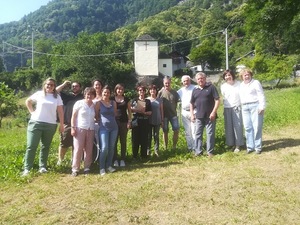
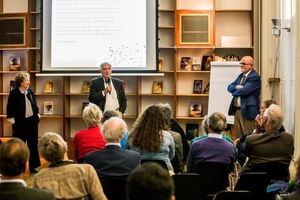
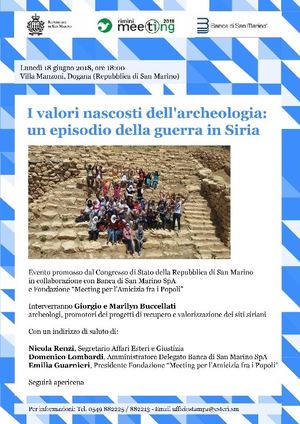
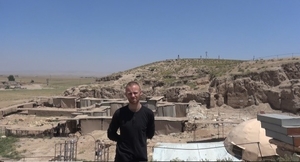
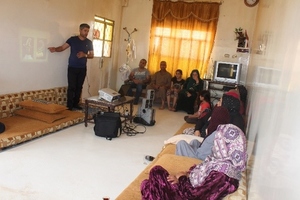
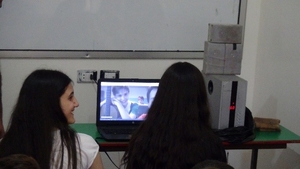
.jpg)
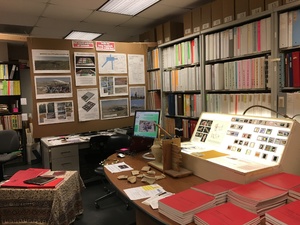
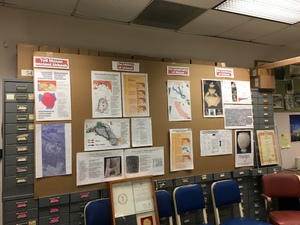
 CROPPED.jpg)
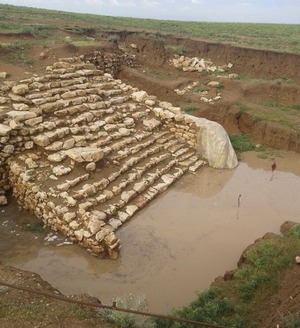
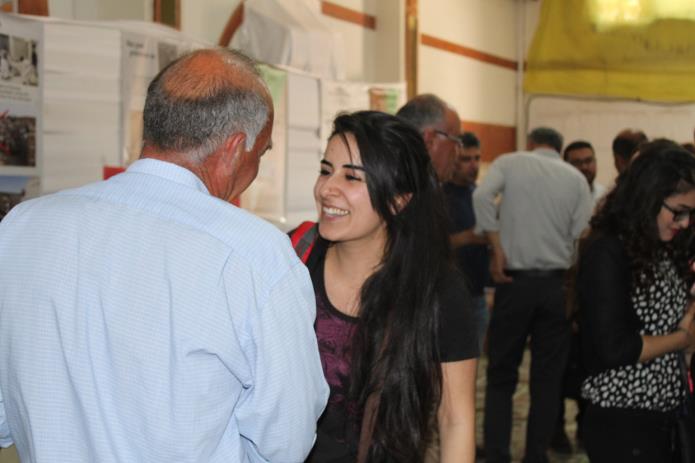
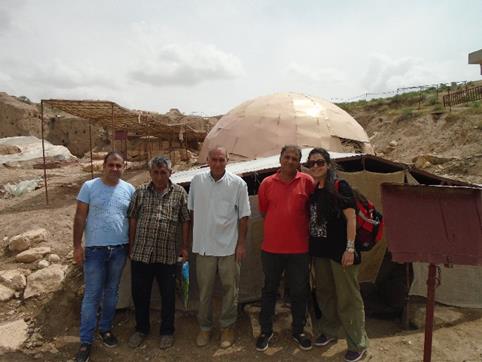
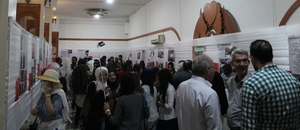
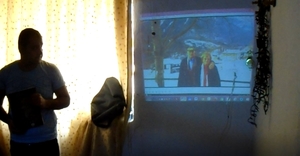
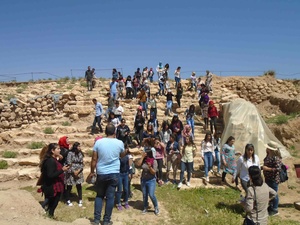
 @10.jpg)
 @20.jpg)
 @10.jpg)
 @10.jpg)
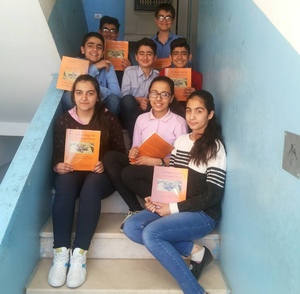
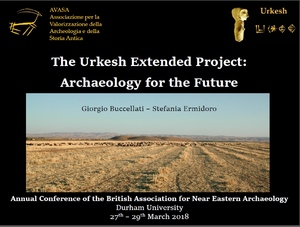
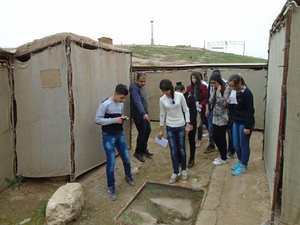
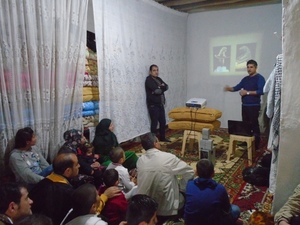
 @25.jpg)
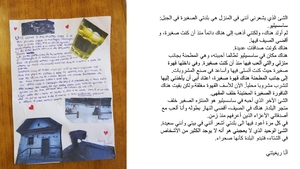
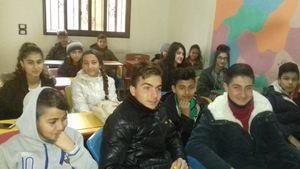
.jpg)
